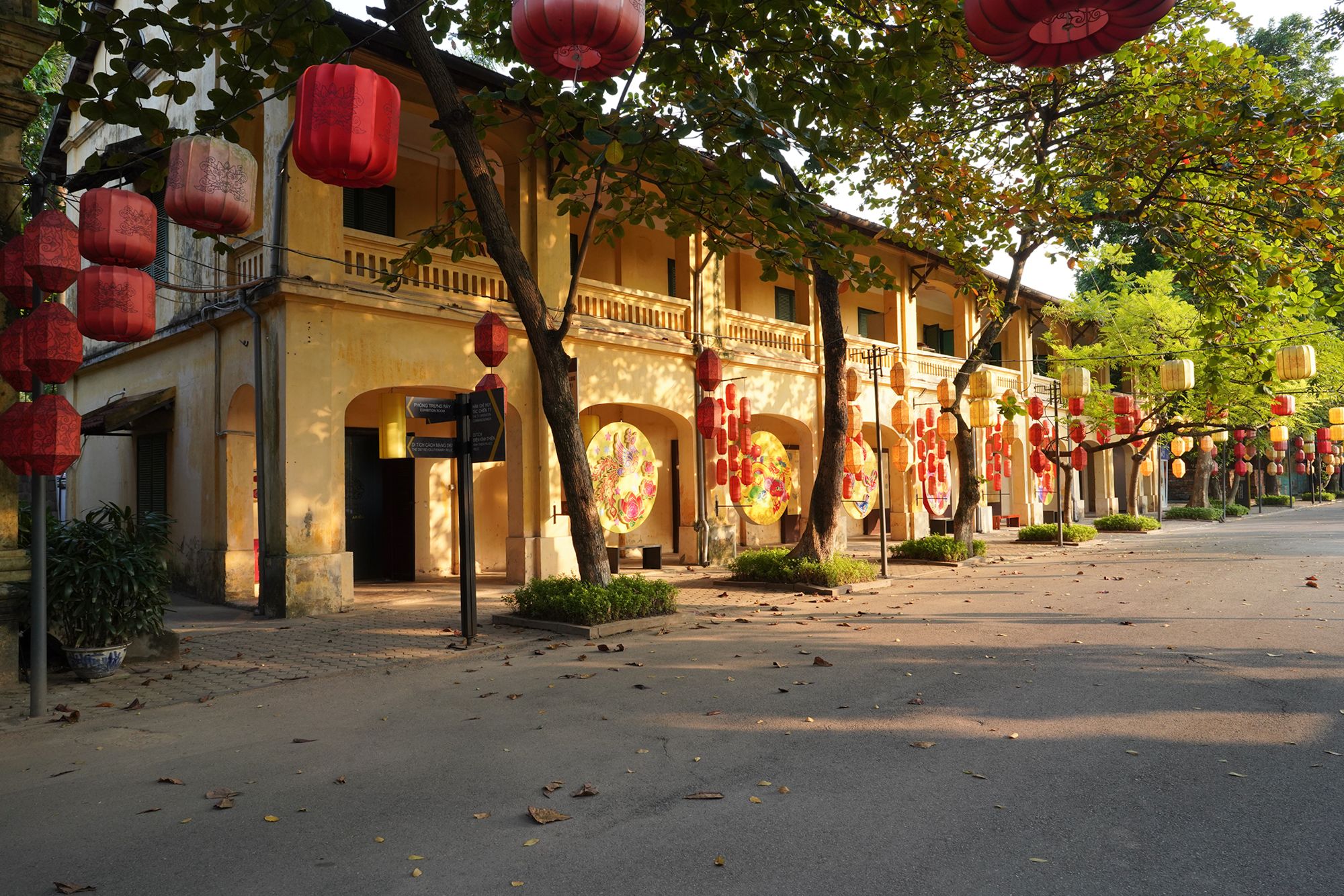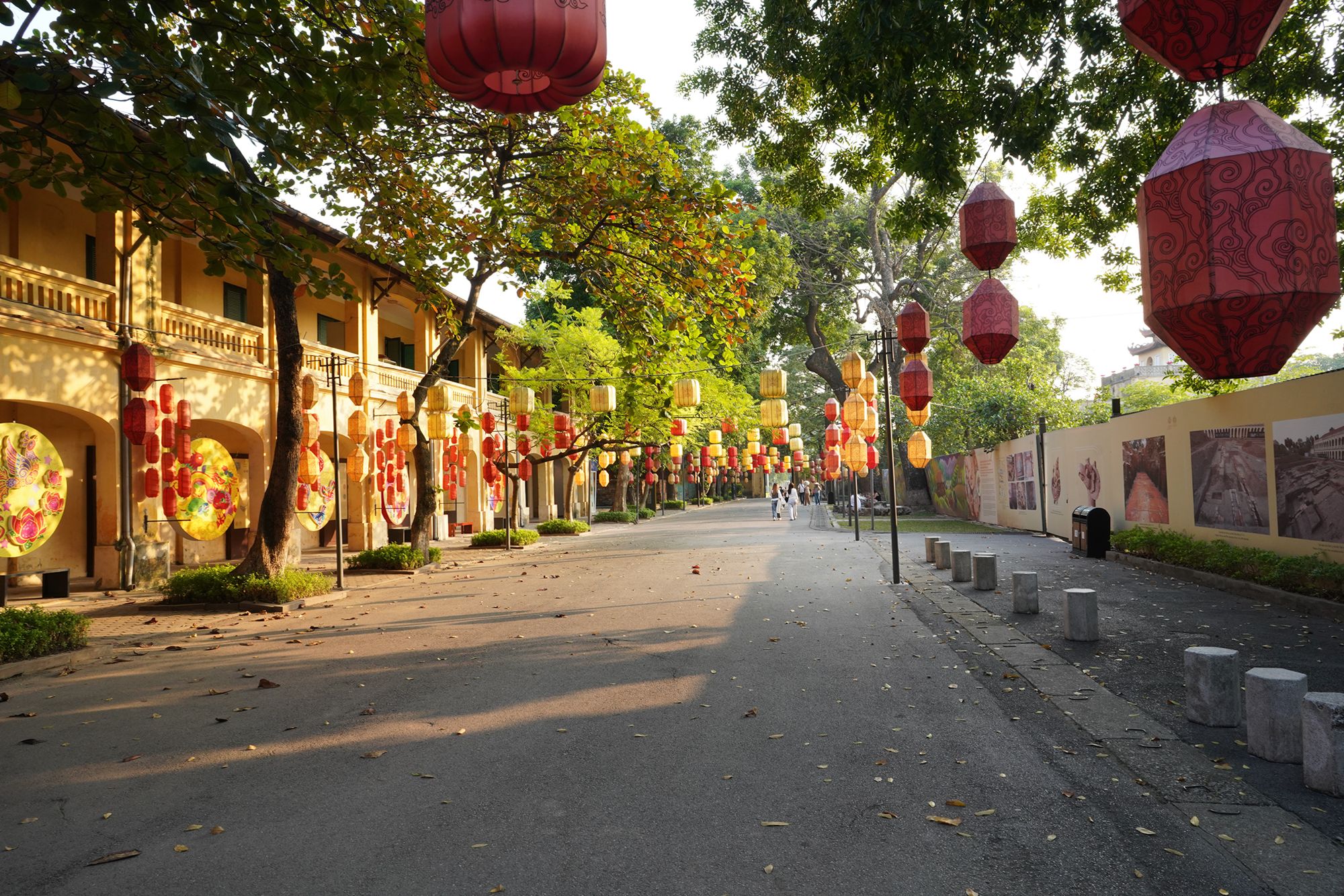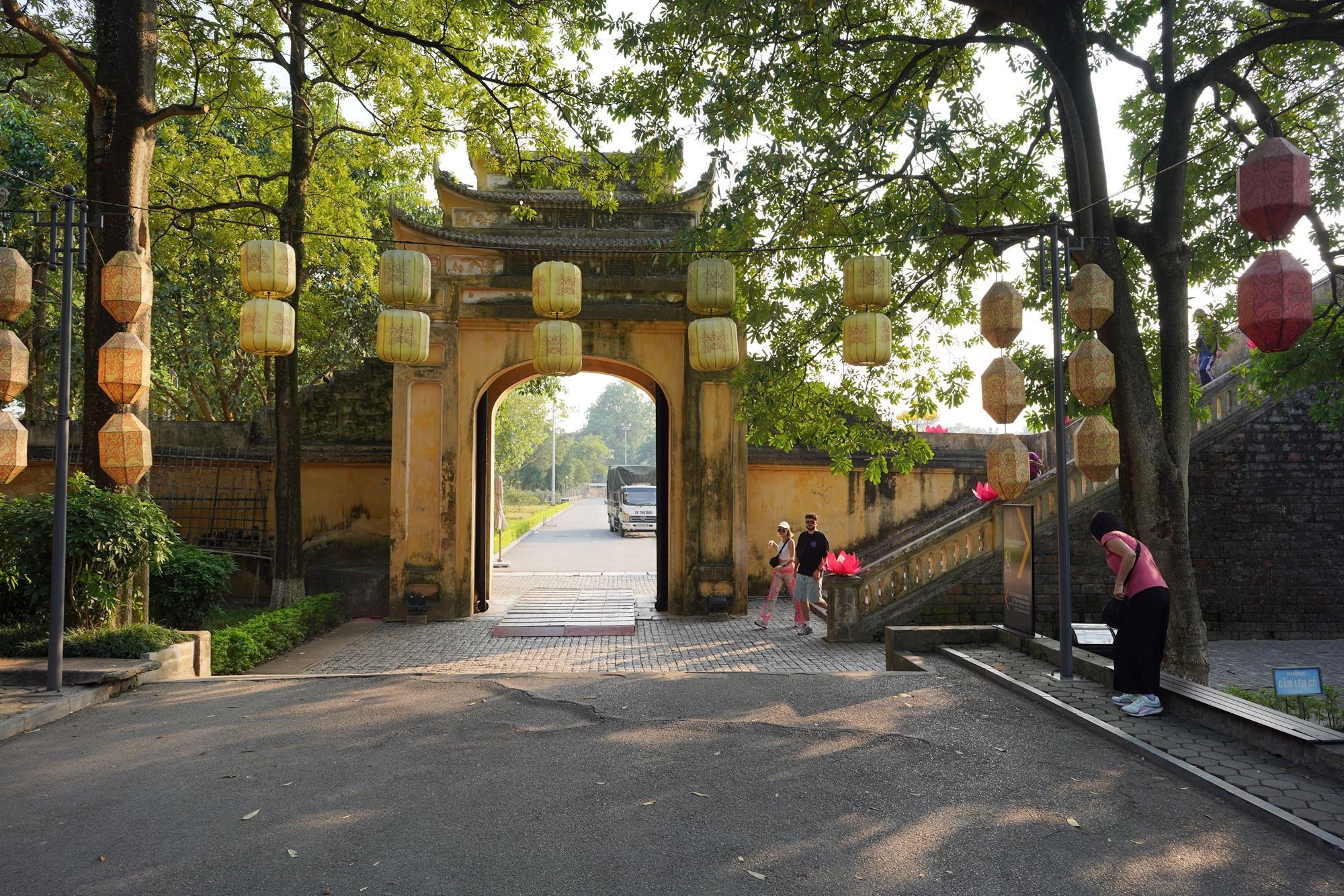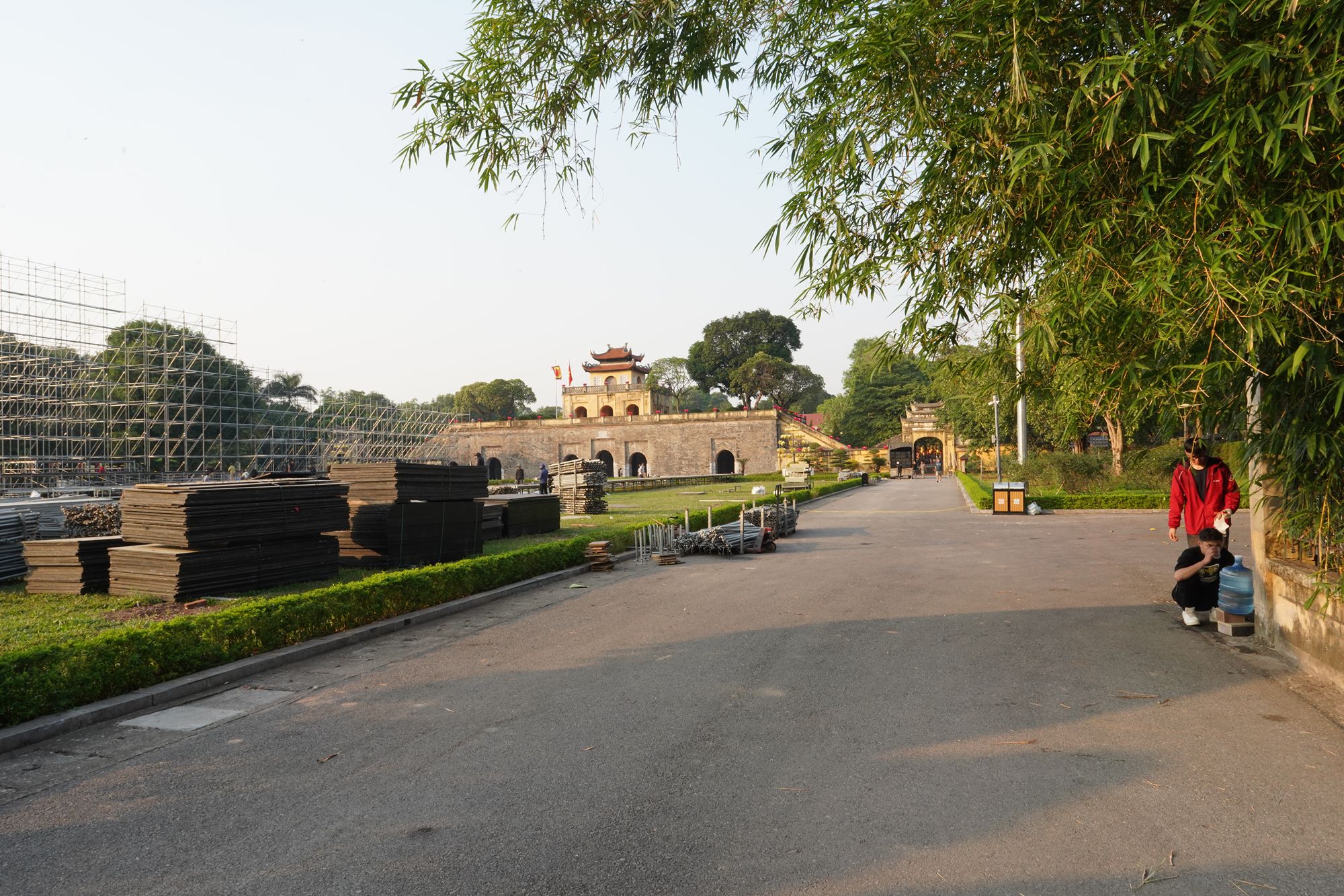Ho Chi Minh’s Mausoleum and Imperial Citadel of Thang Long, Hanoi, Vietnam
Ho Chi Minh’s Mausoleum honors Vietnam’s revolutionary leader, while the Imperial Citadel of Thang Long showcases Hanoi’s ancient history and heritage. 1014
Dien Huu Temple: 2RPM+79G, P. Chùa Một Cột, Đội Cấn, Ba Đình, Hà Nội, Vietnam
One Pillar Pagoda: P. Chùa Một Cột, Đội Cấn, Ba Đình, Hà Nội 100000, Vietnam
Ho Chi Minh’s Mausoleum: 1 Hùng Vương, Điện Biên, Ba Đình, Hà Nội, Vietnam
Imperial Citadel of Thang Long: 19c Hoàng Diệu, Điện Biên, Ba Đình, Hà Nội 100000, Vietnam
Date Picture Taken: November, 2024
The day’s visit began with Ho Chi Minh’s Mausoleum, with the distant building in the picture being the Ho Chi Minh Museum.
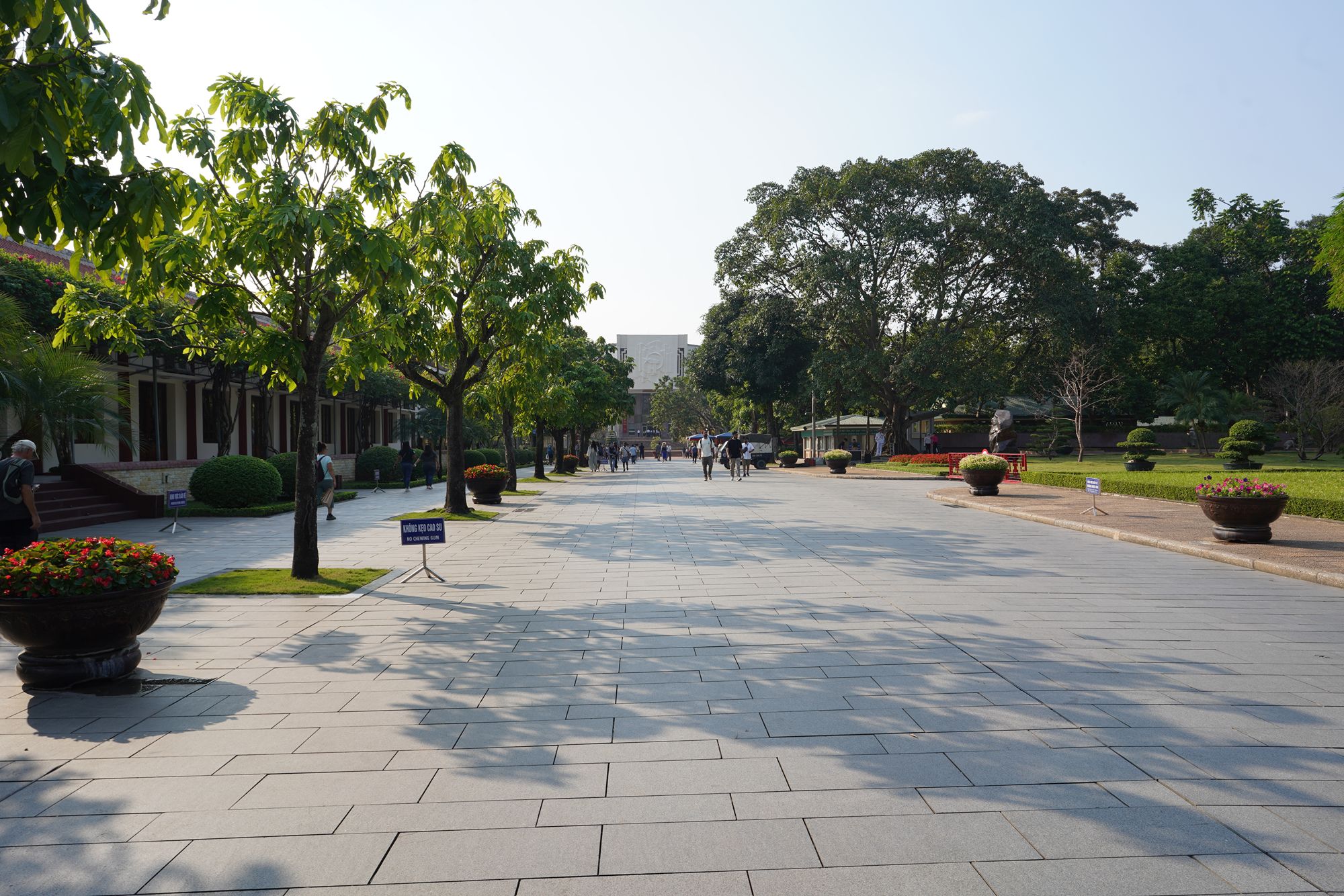
The view of Ho Chi Minh’s Mausoleum on the right side
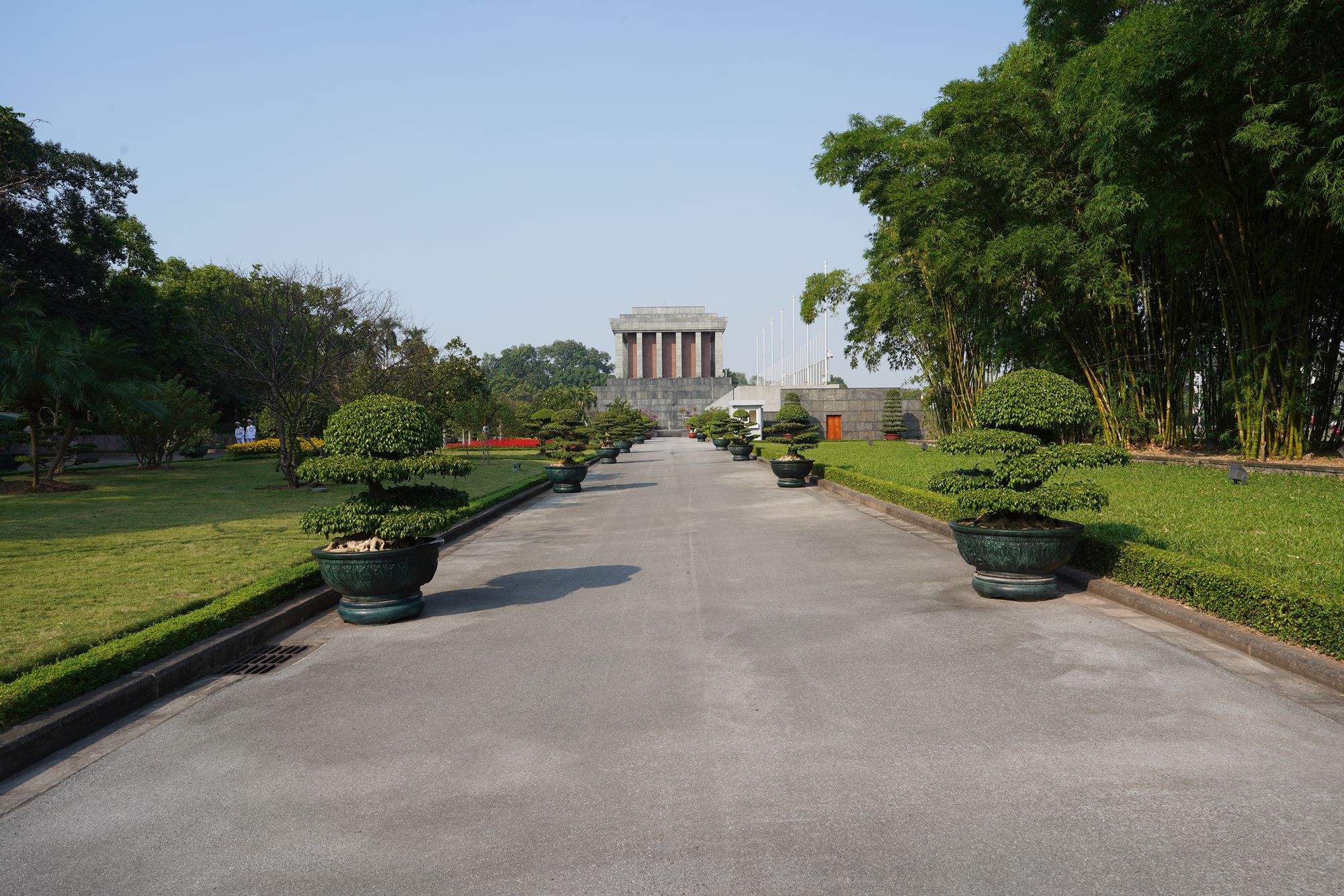
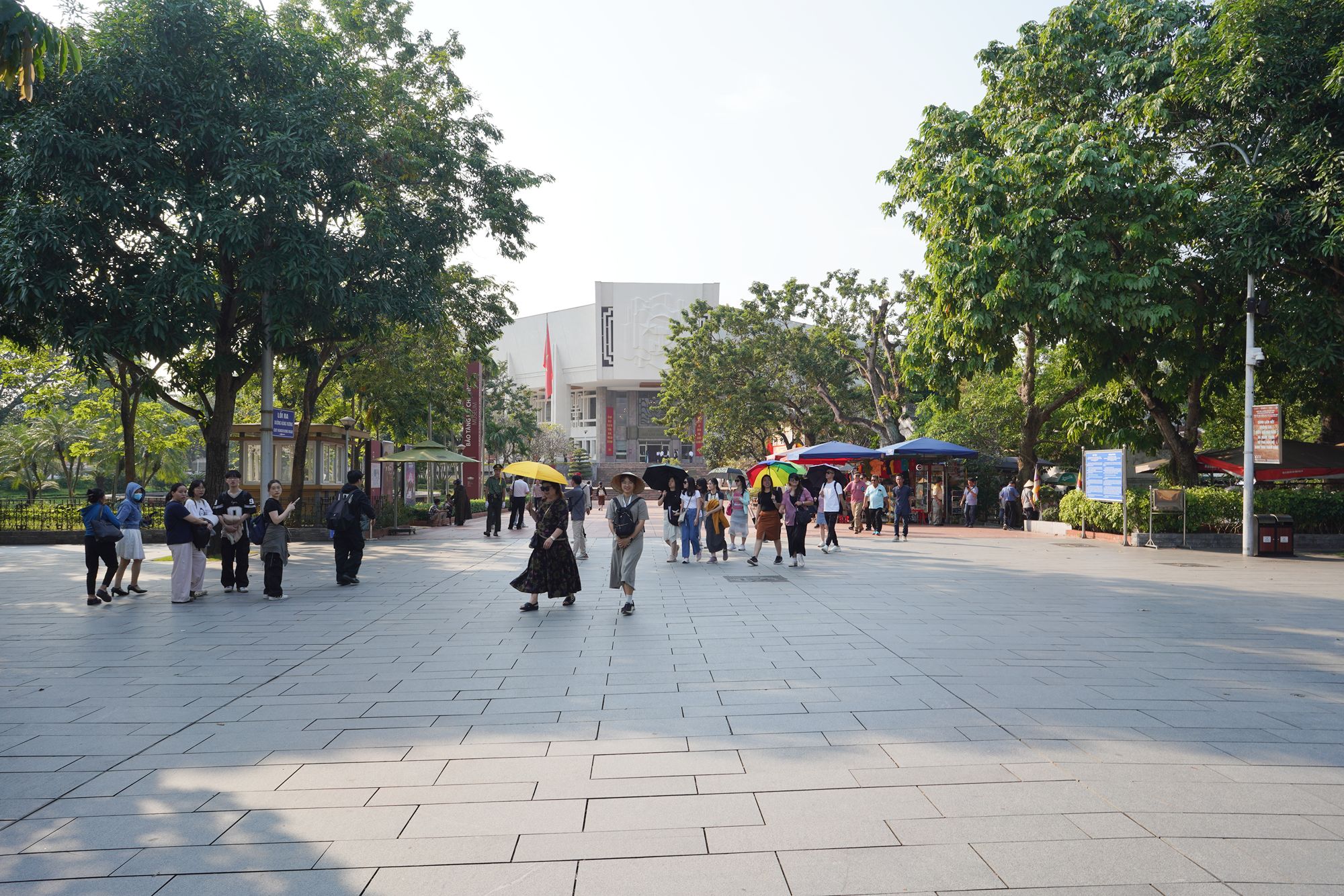
The Ho Chi Minh Museum was closed that day.
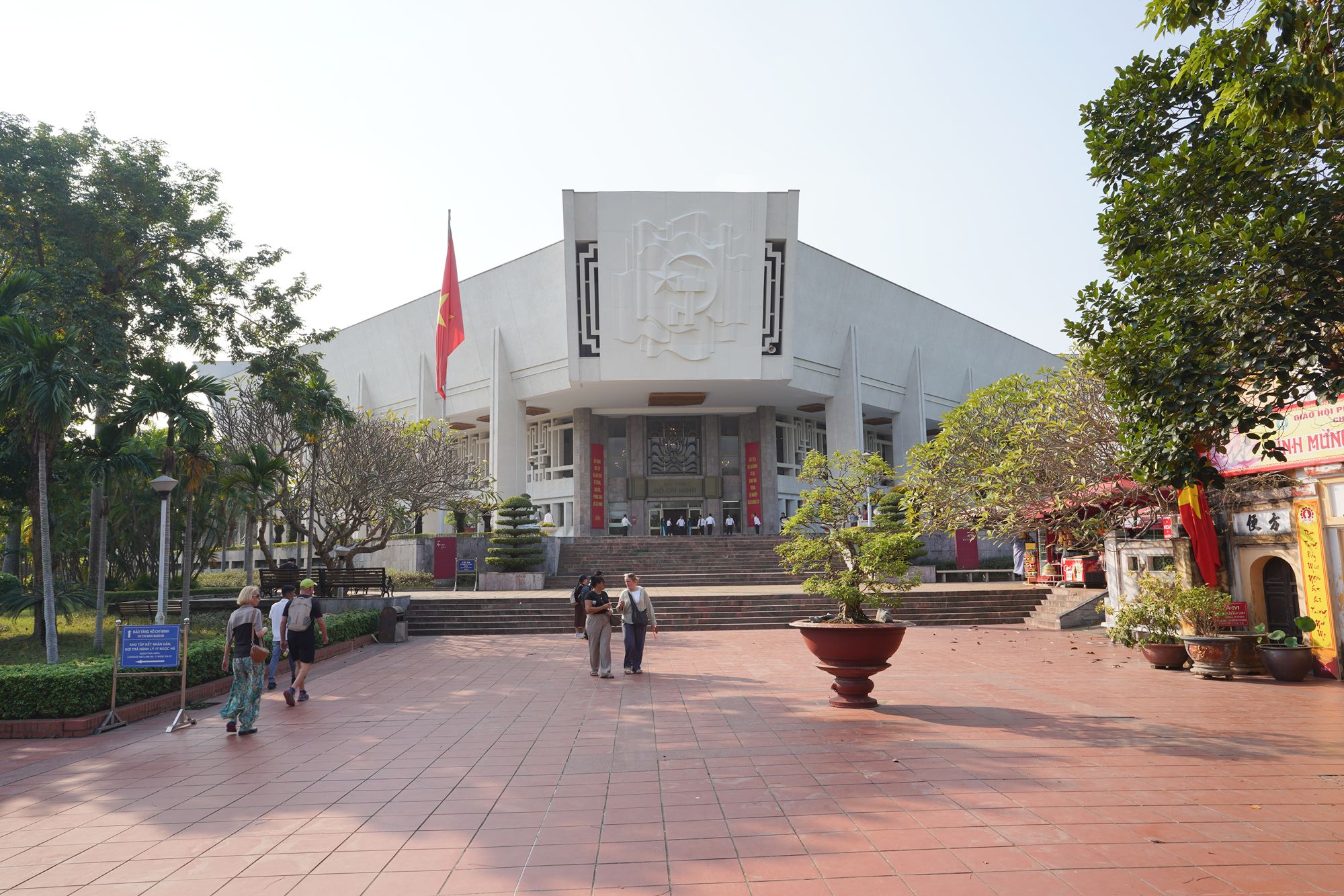
On the right side is the Dien Huu Temple

Dien Huu Temple, located near the One Pillar Pagoda in Hanoi, is an ancient Buddhist temple with deep historical and spiritual significance. Built in 1049 during the Ly Dynasty, it was originally part of the same complex as the One Pillar Pagoda.
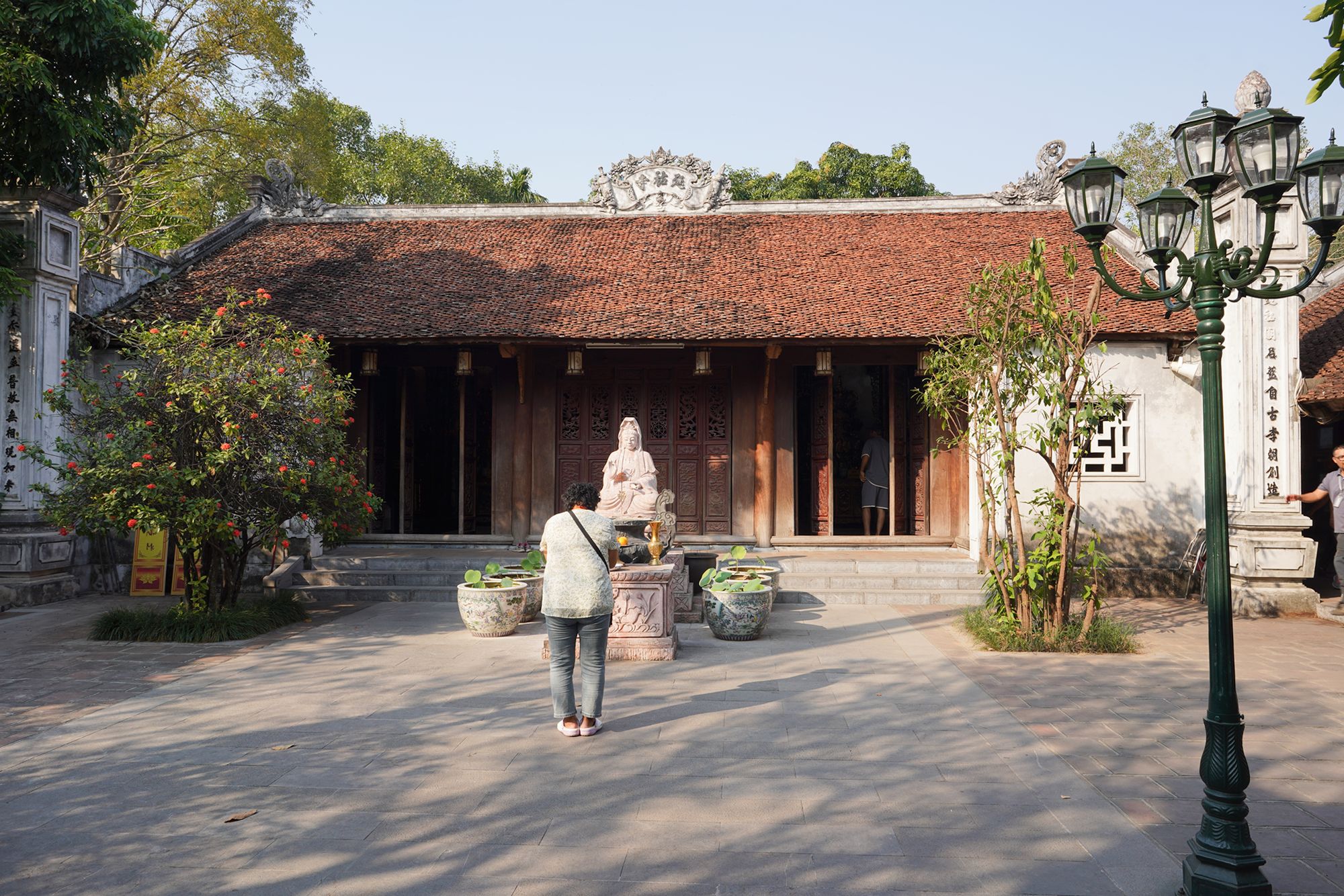
The name “Dien Huu,” meaning “long-lasting happiness and prosperity,” reflects the temple’s intended role as a place of blessings and peace.
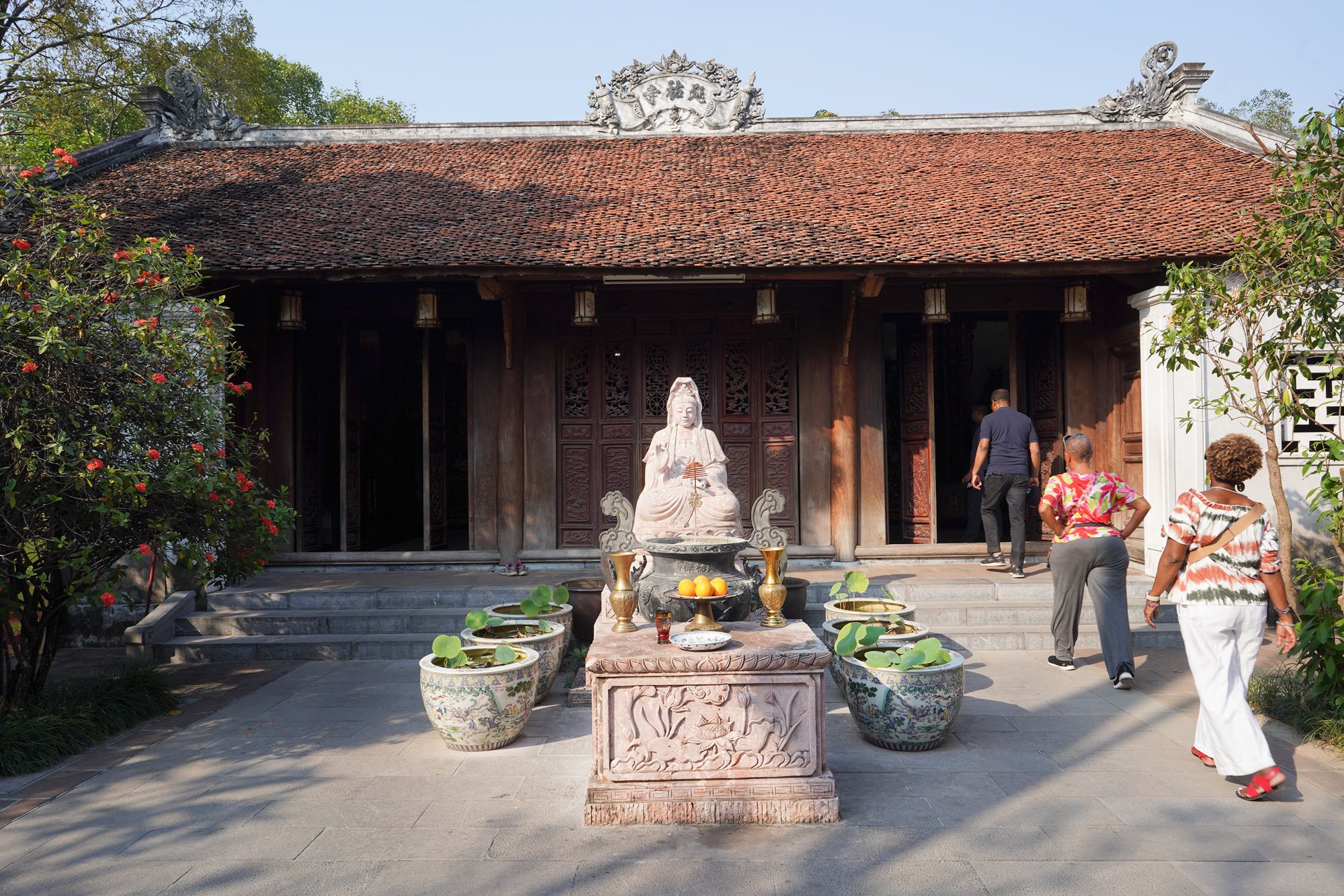
Though the original structures have undergone restorations over the centuries, the site remains an important cultural and religious landmark, attracting visitors seeking tranquility and insight into Vietnam’s Buddhist heritage.
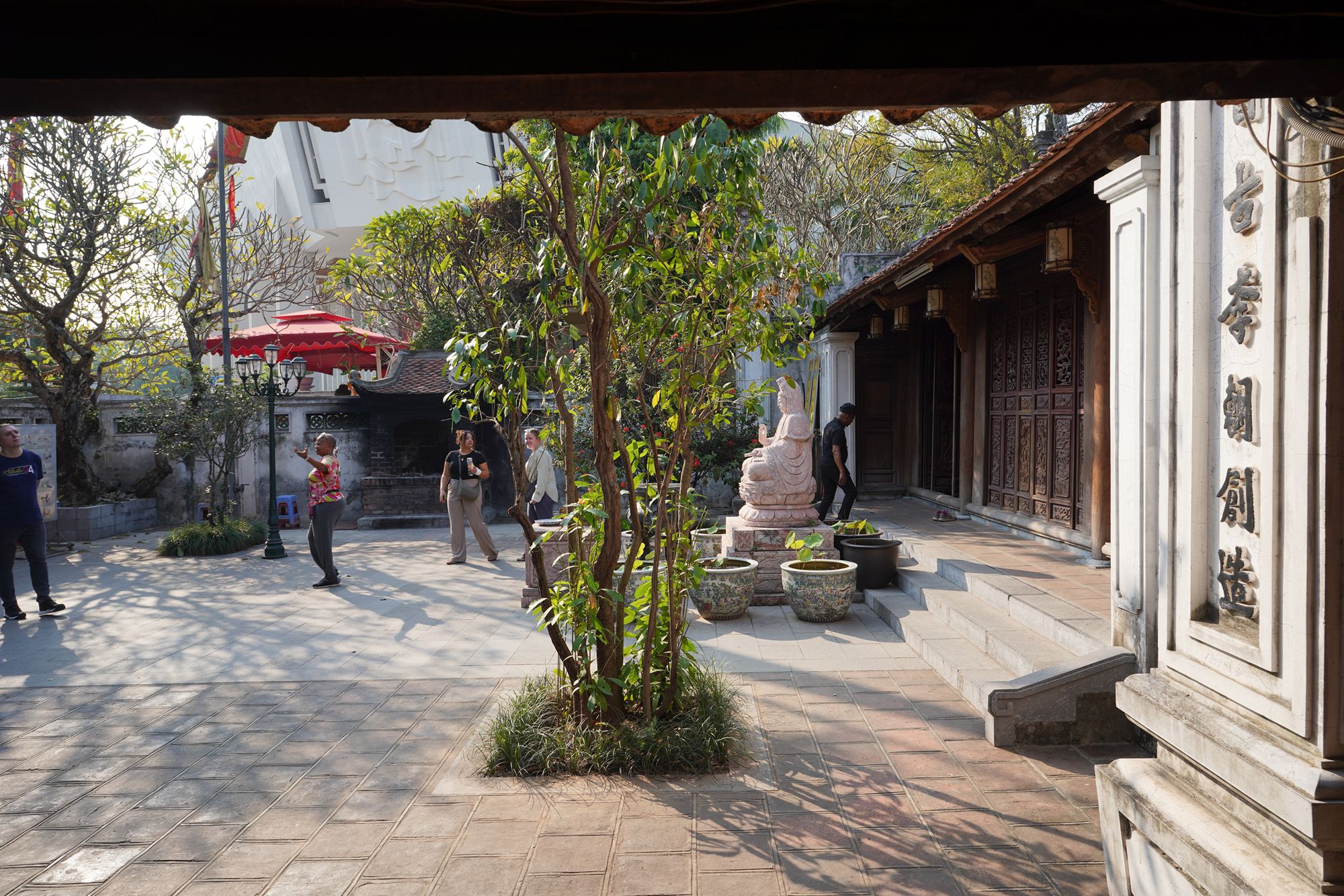
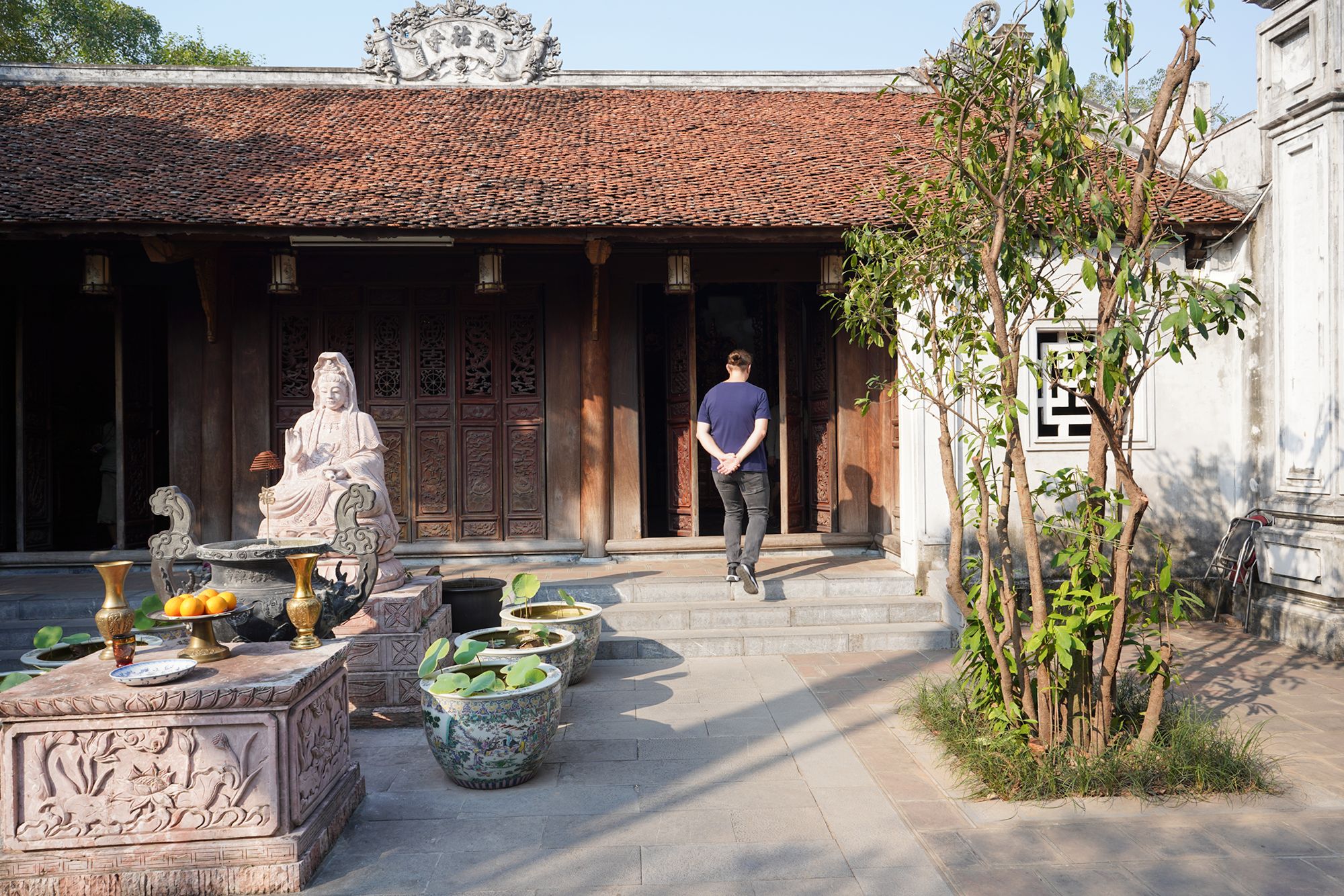

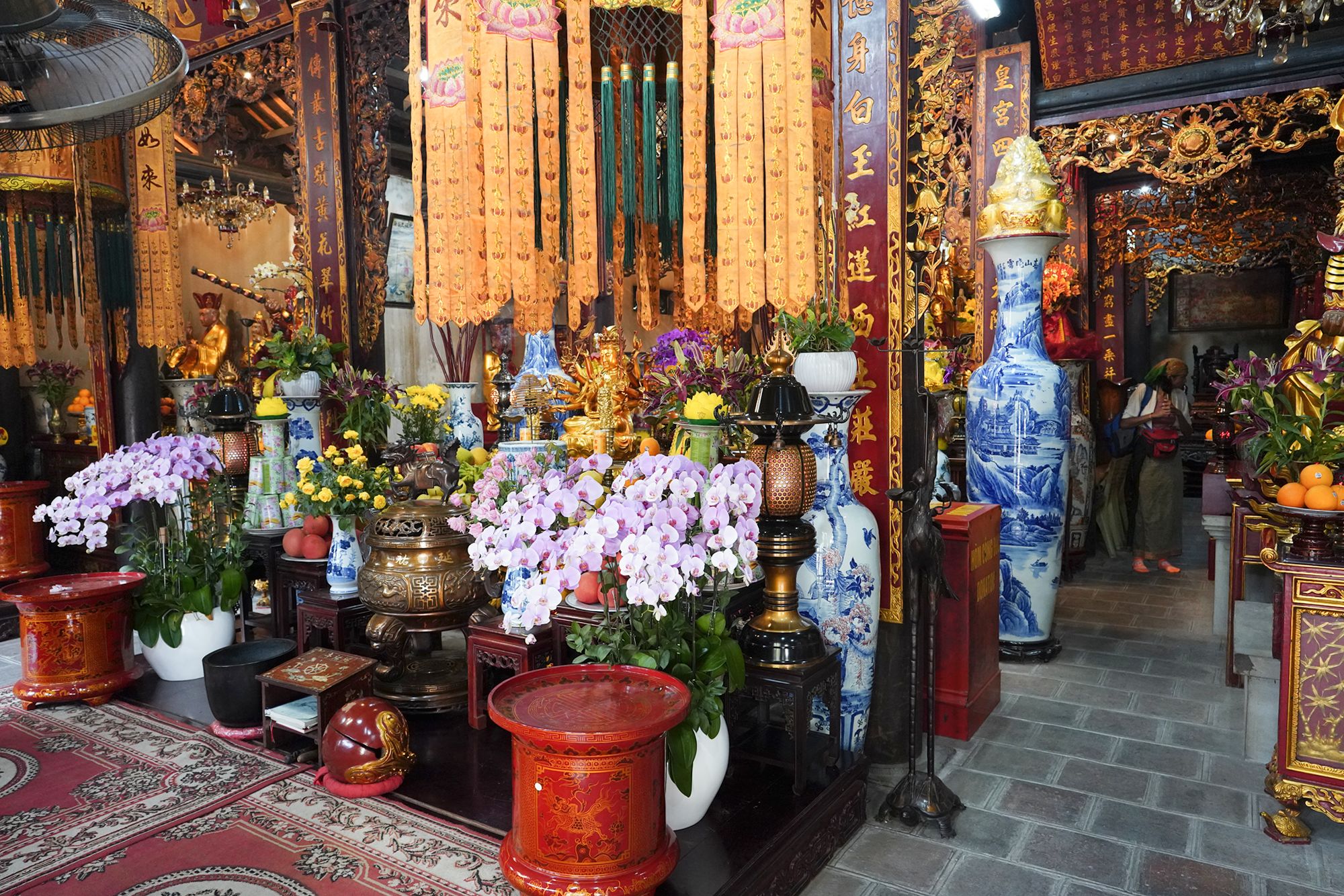
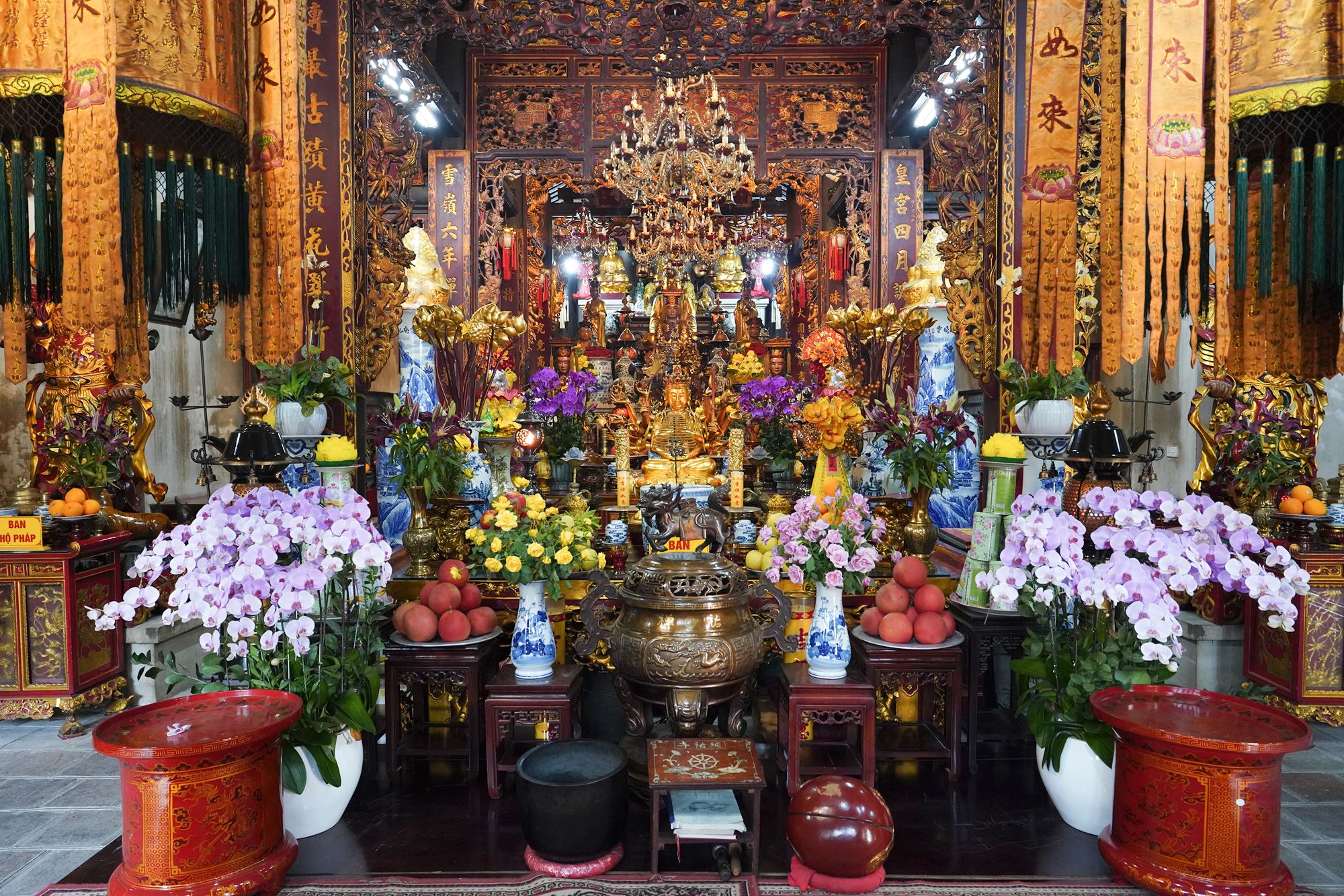
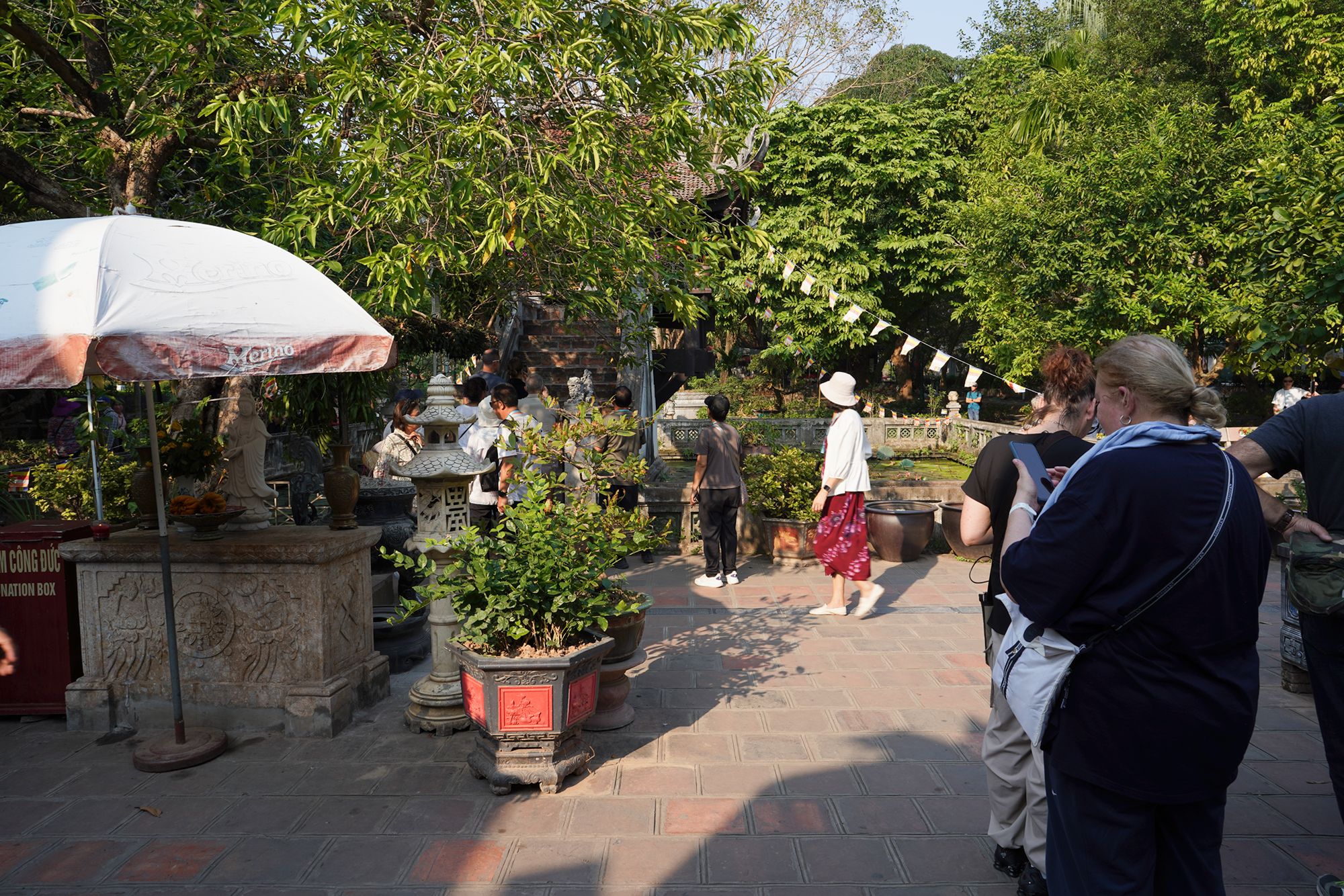
At the back of the temple stands the One Pillar Pagoda.
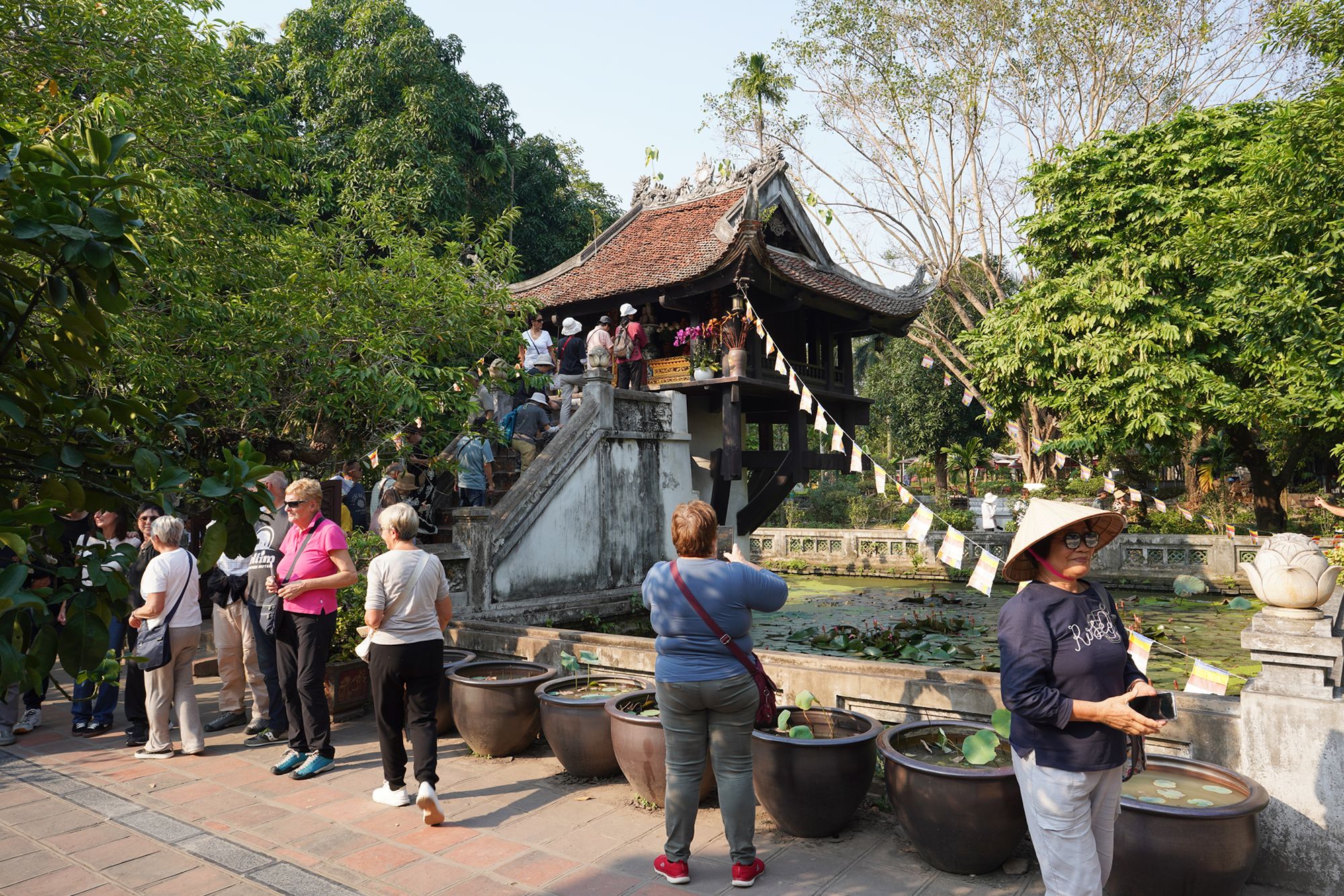
The One Pillar Pagoda, located near Ho Chi Minh’s Mausoleum in Hanoi, is an iconic Buddhist temple built in 1049 during the reign of Emperor Ly Thai Tong. Designed to resemble a blooming lotus flower, a symbol of purity in Buddhism, it is constructed on a single stone pillar rising from a small pond.
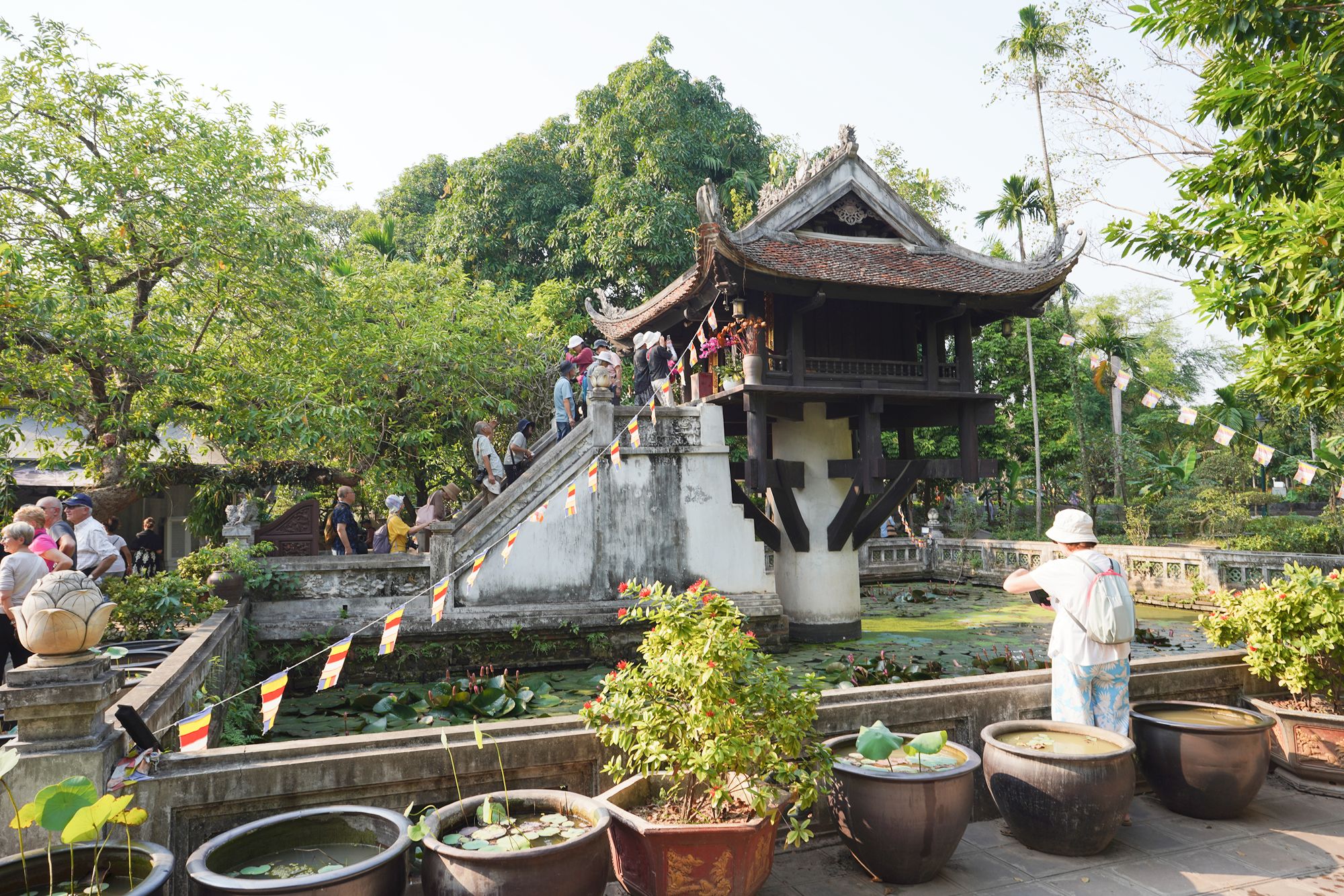
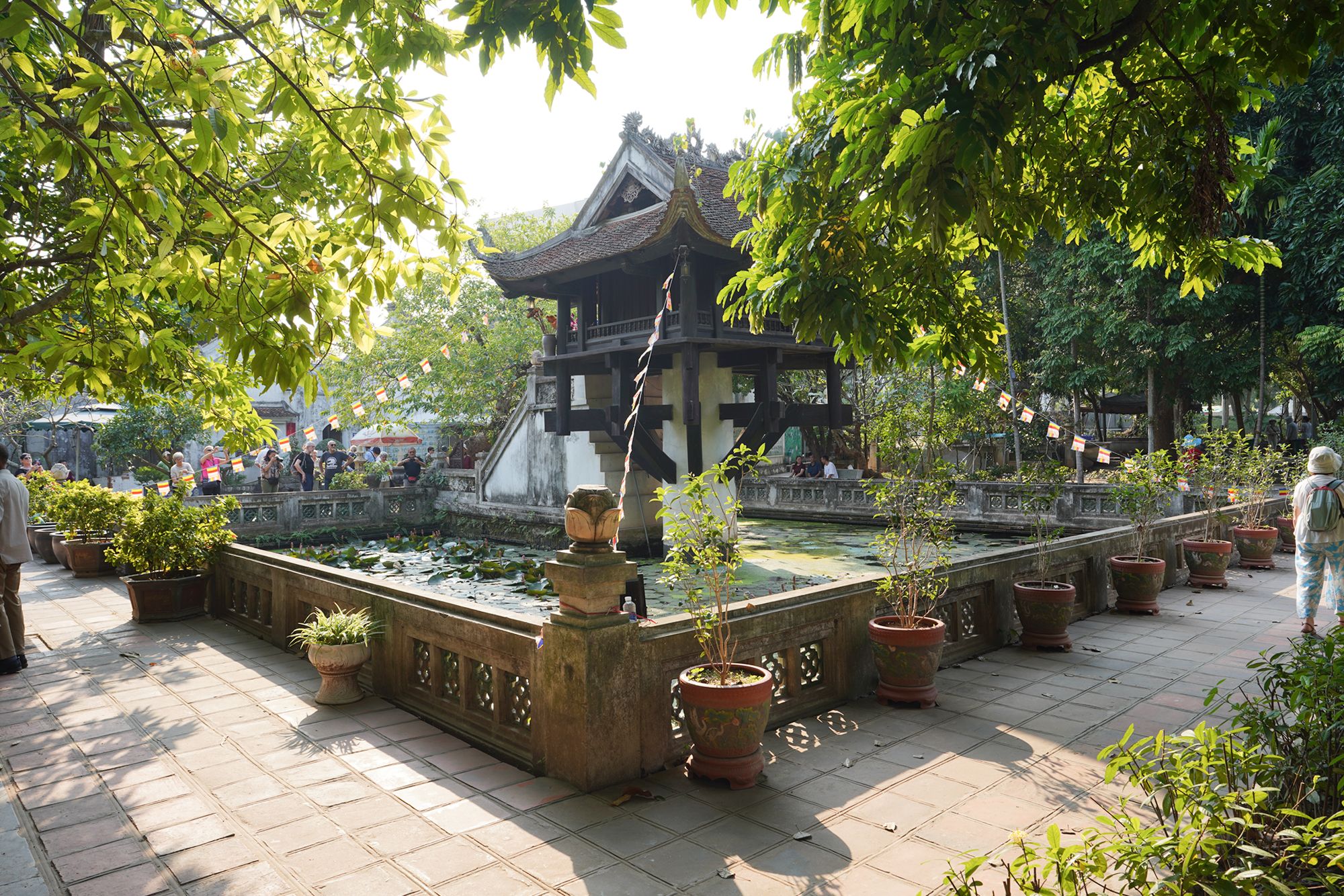
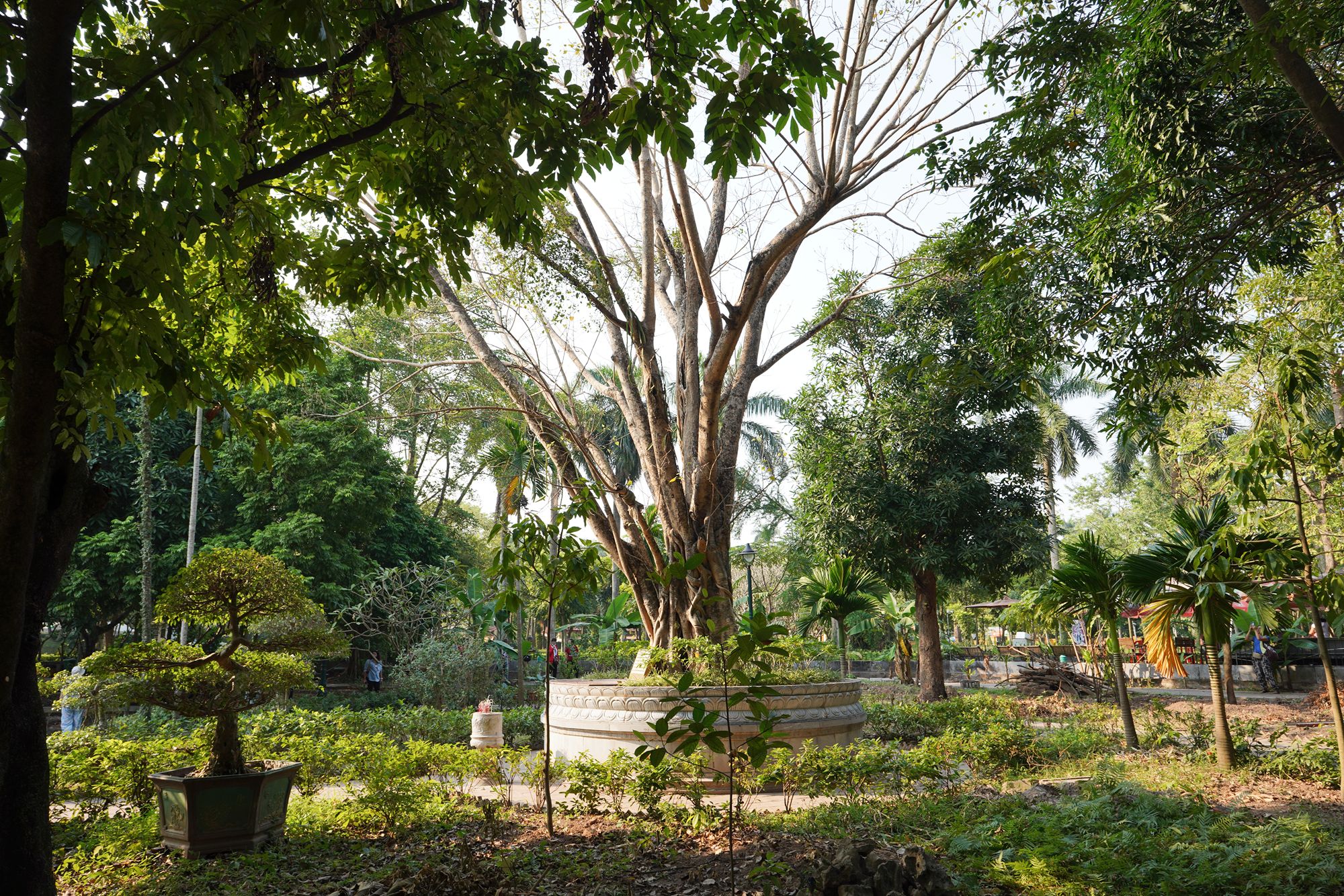
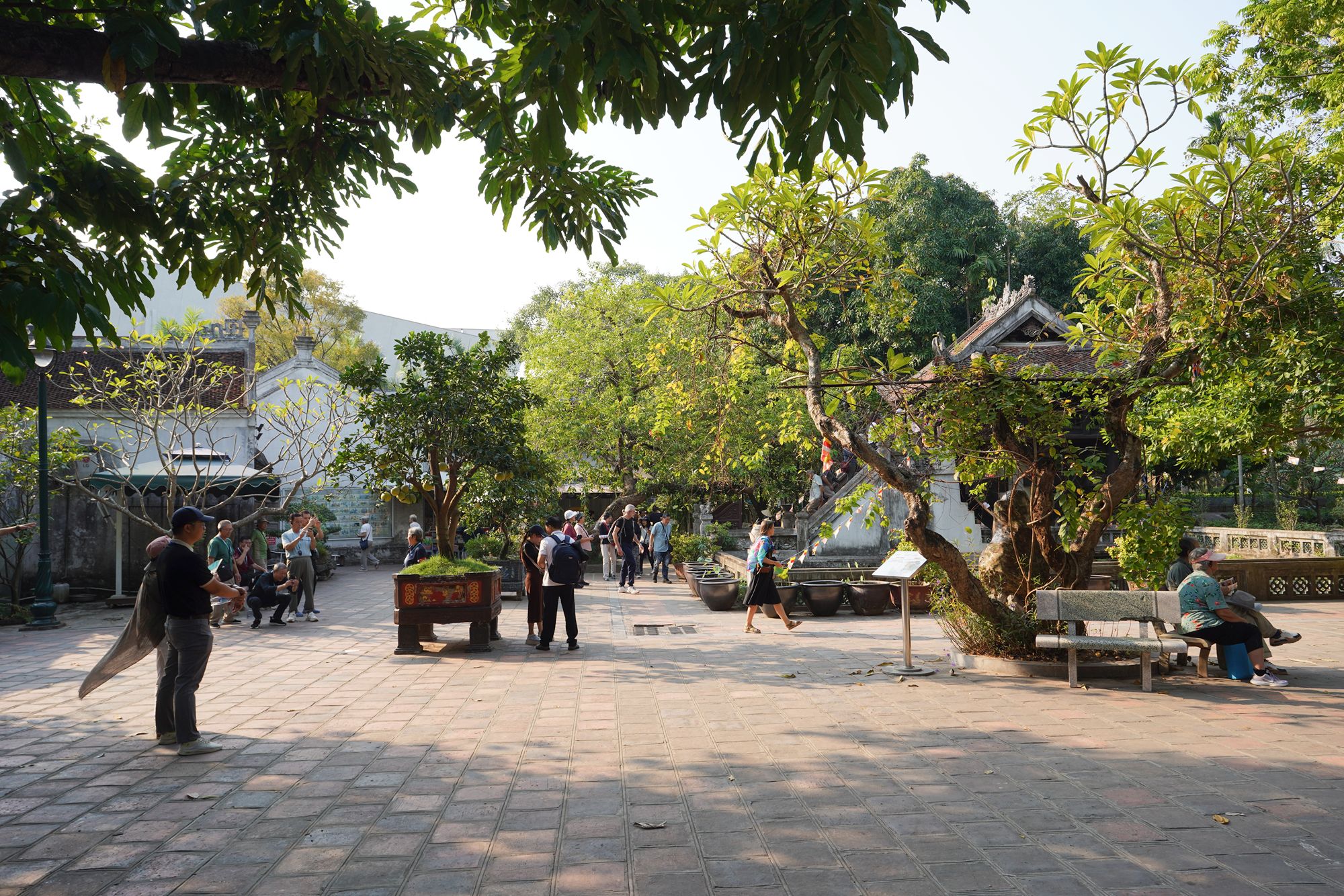
I exited the temple and walked to the expansive open square in front of Ho Chi Minh’s Mausoleum.
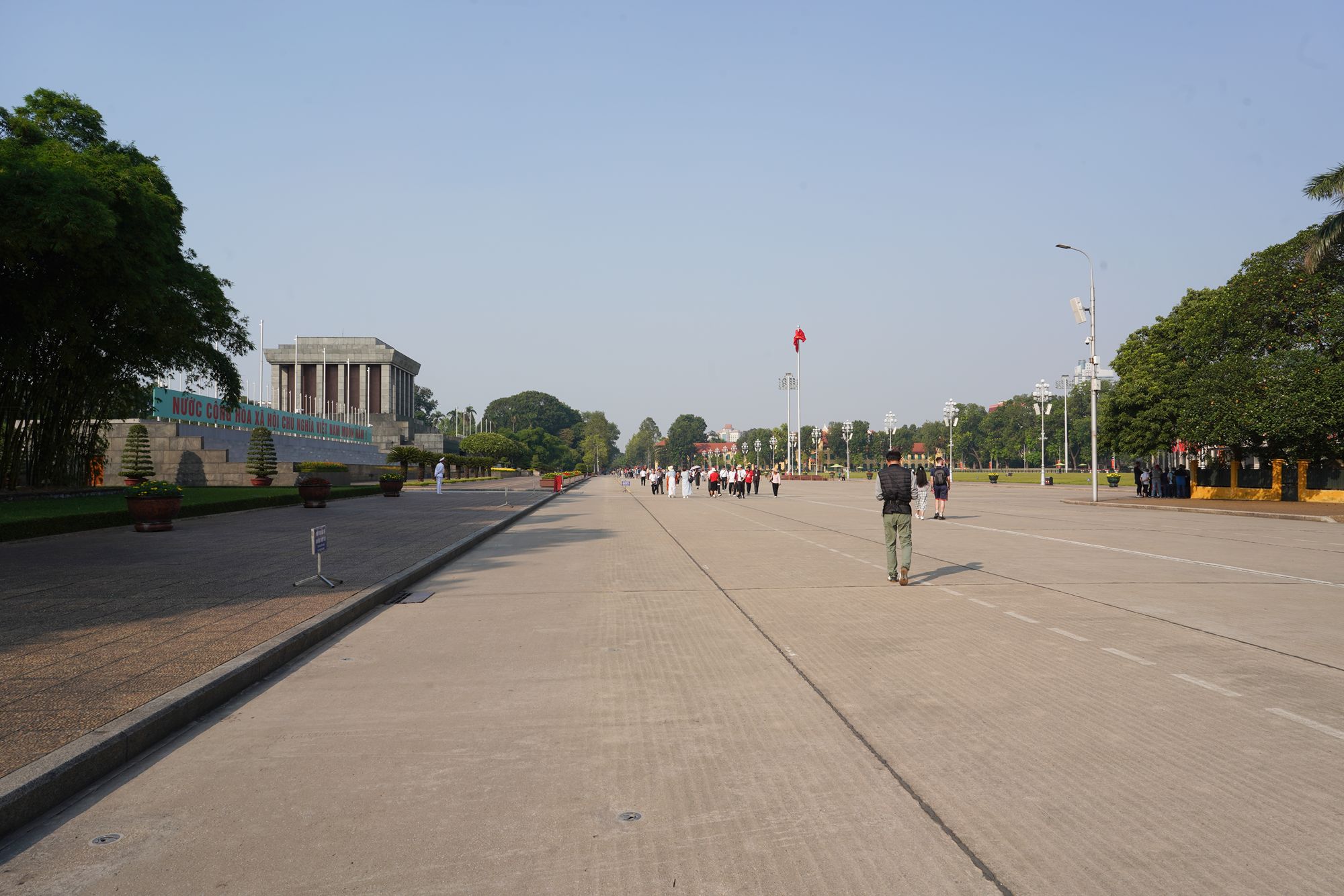
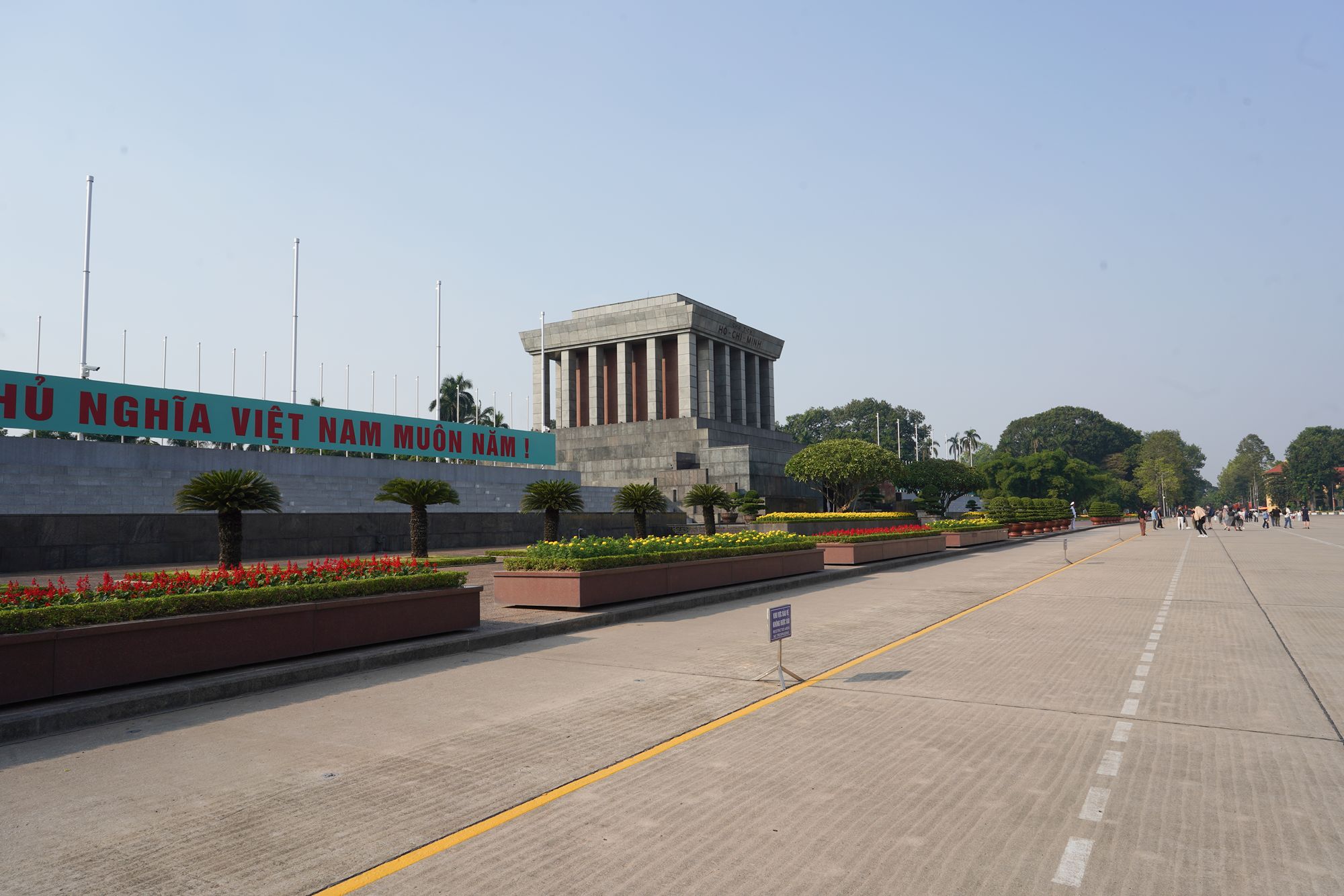
Ho Chi Minh’s Mausoleum is a grand monument in Hanoi, built to honor Vietnam’s revolutionary leader, Ho Chi Minh, where his embalmed body is preserved for public viewing.
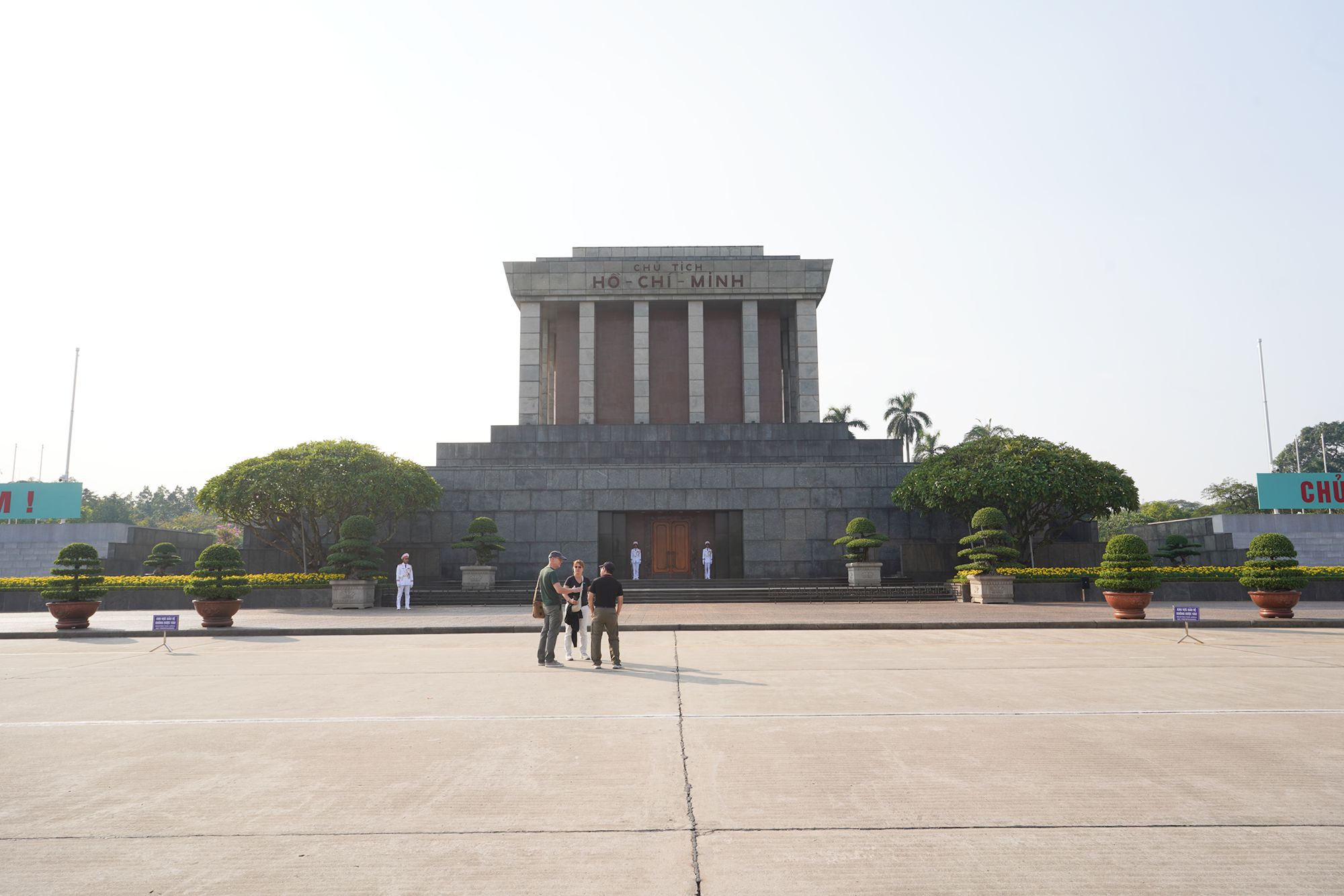
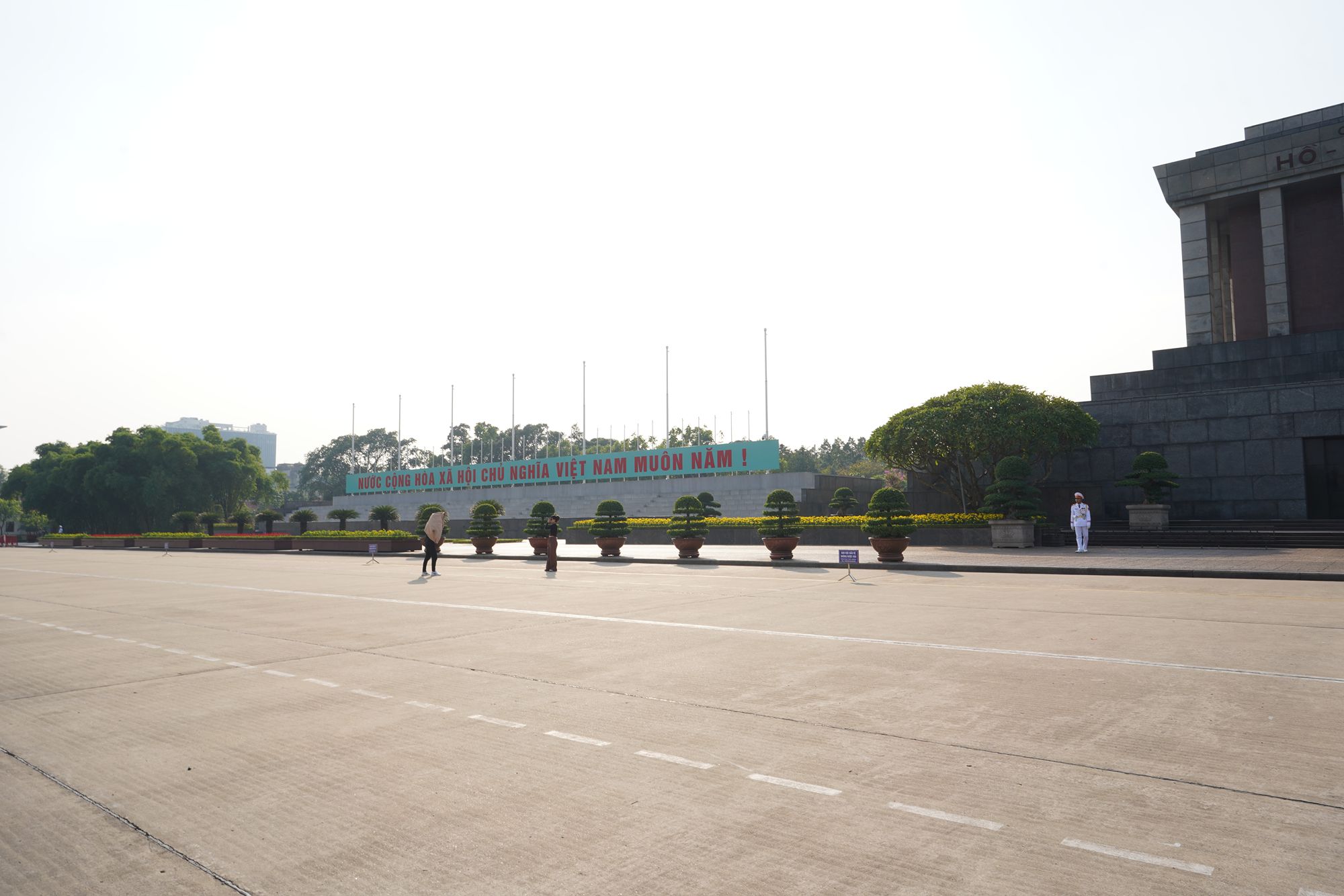
The mausoleum was closed when I visited it
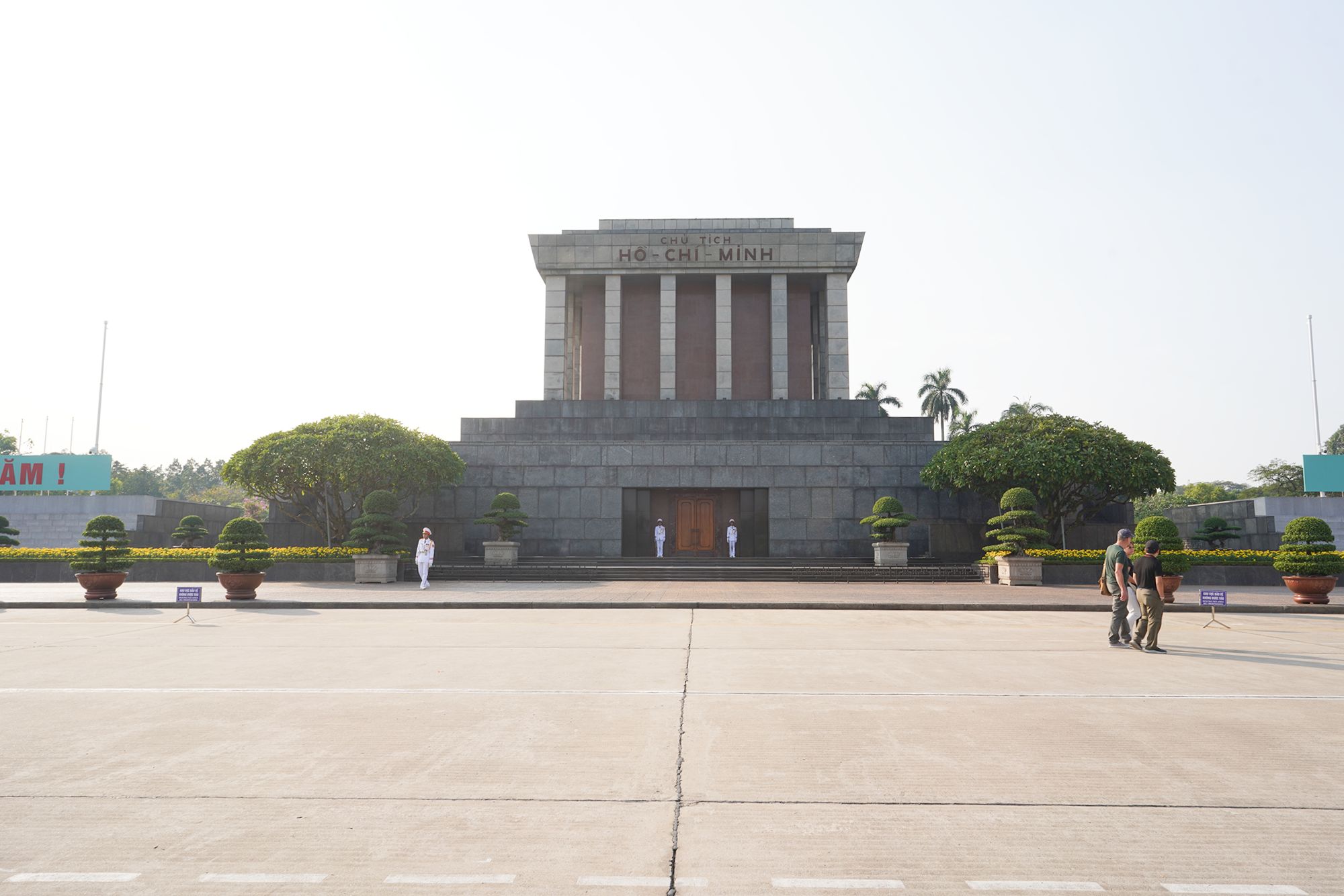
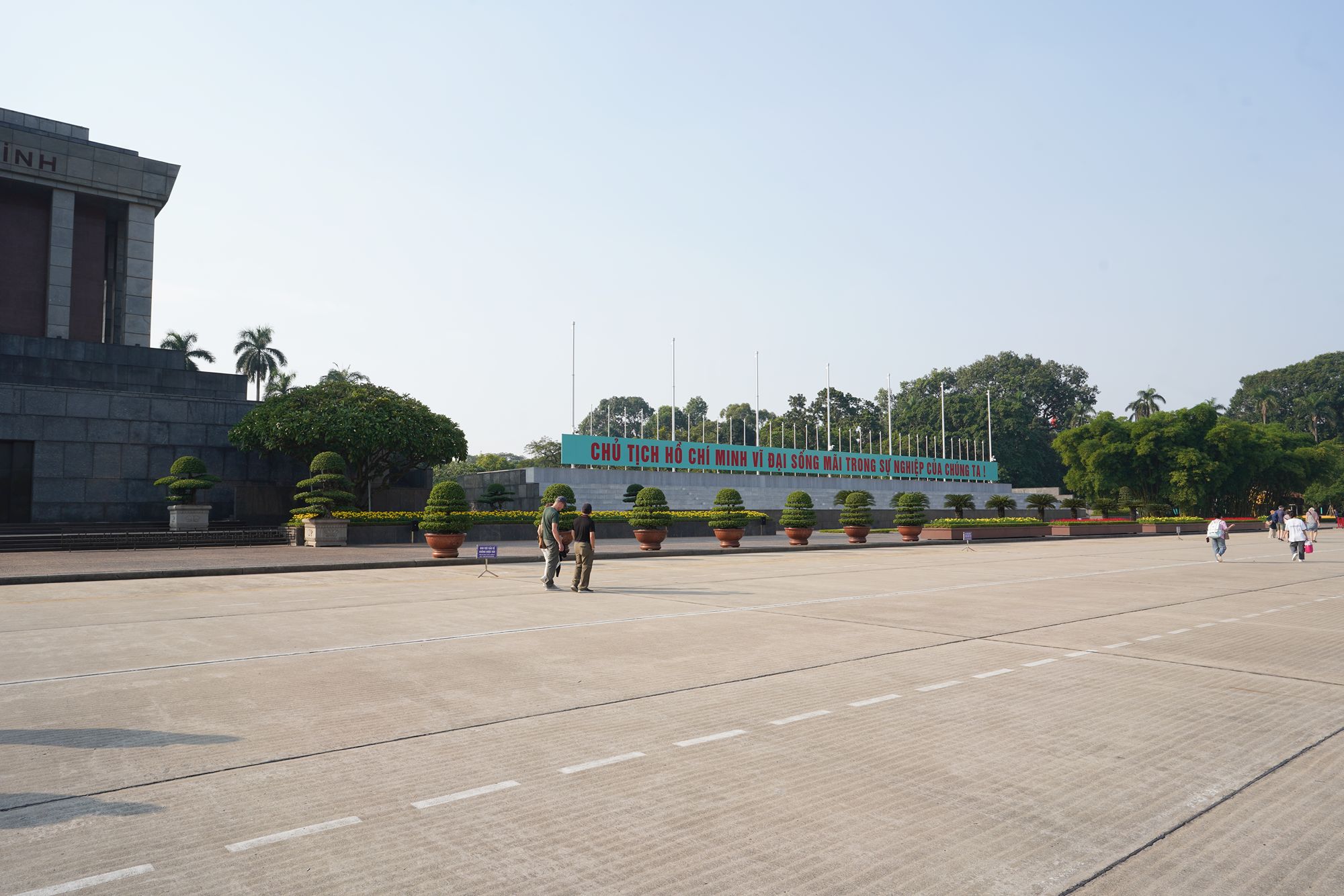
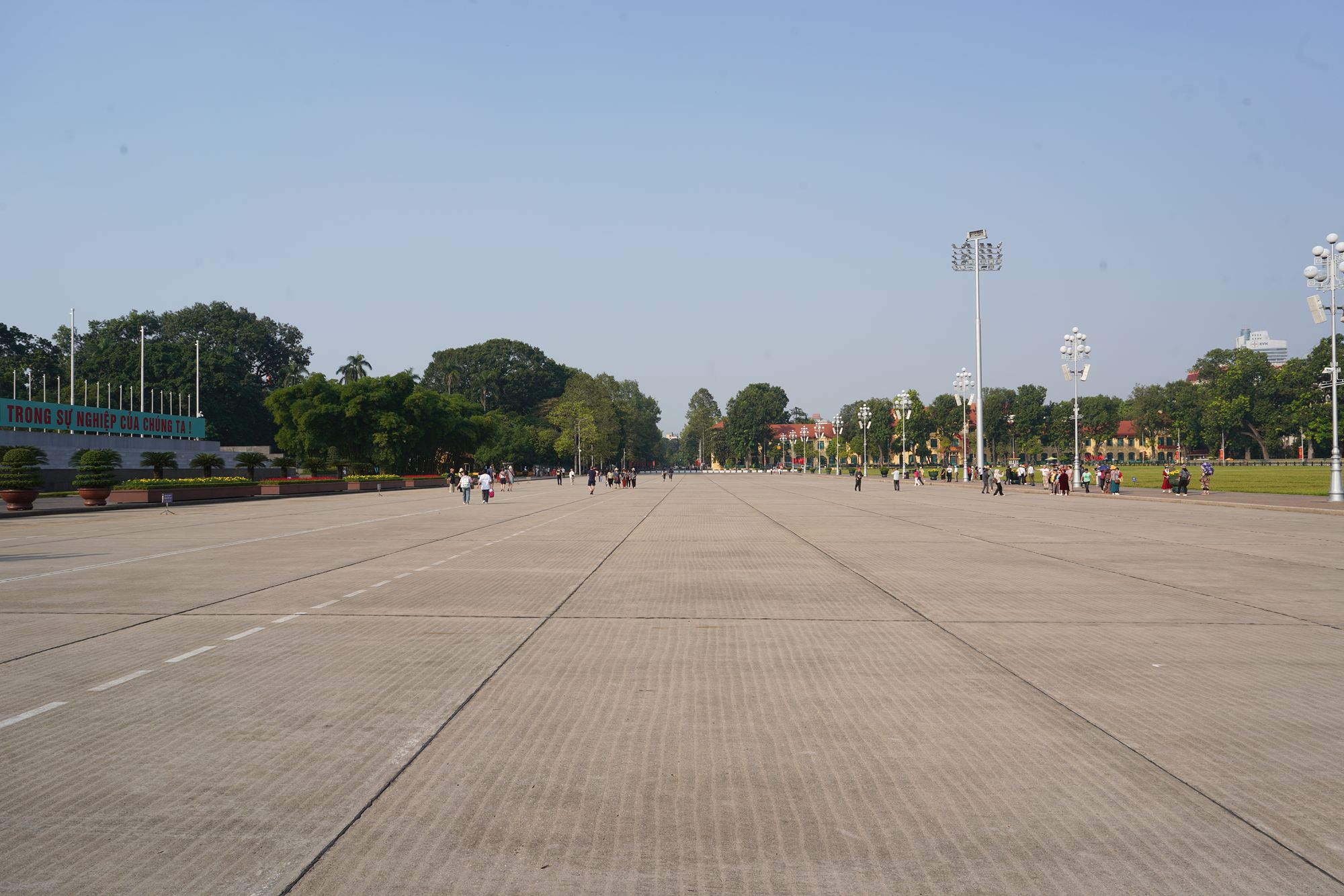
I took a short Grab ride from the mausoleum to the Imperial Citadel of Thang Long.
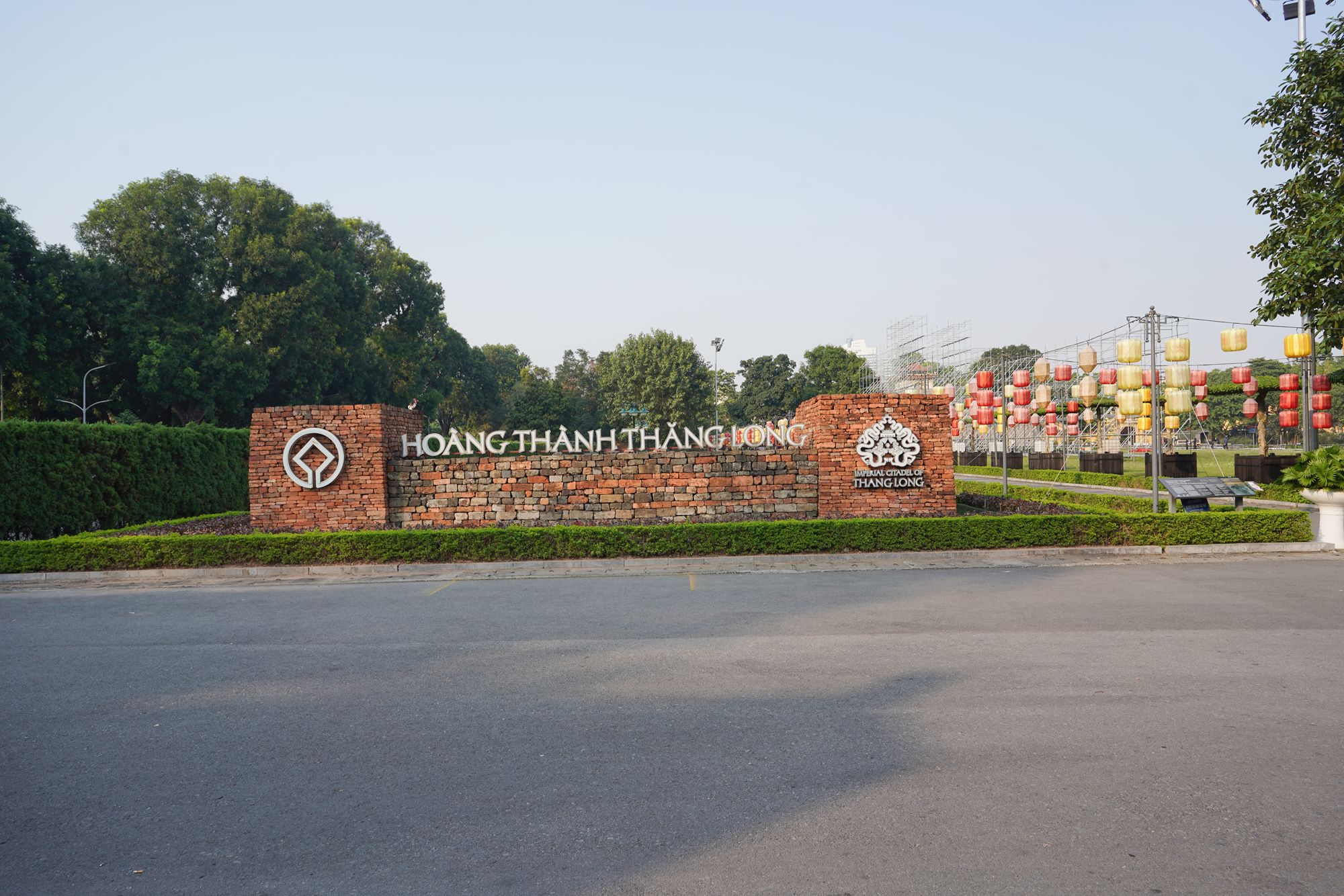
A map of the Citadel
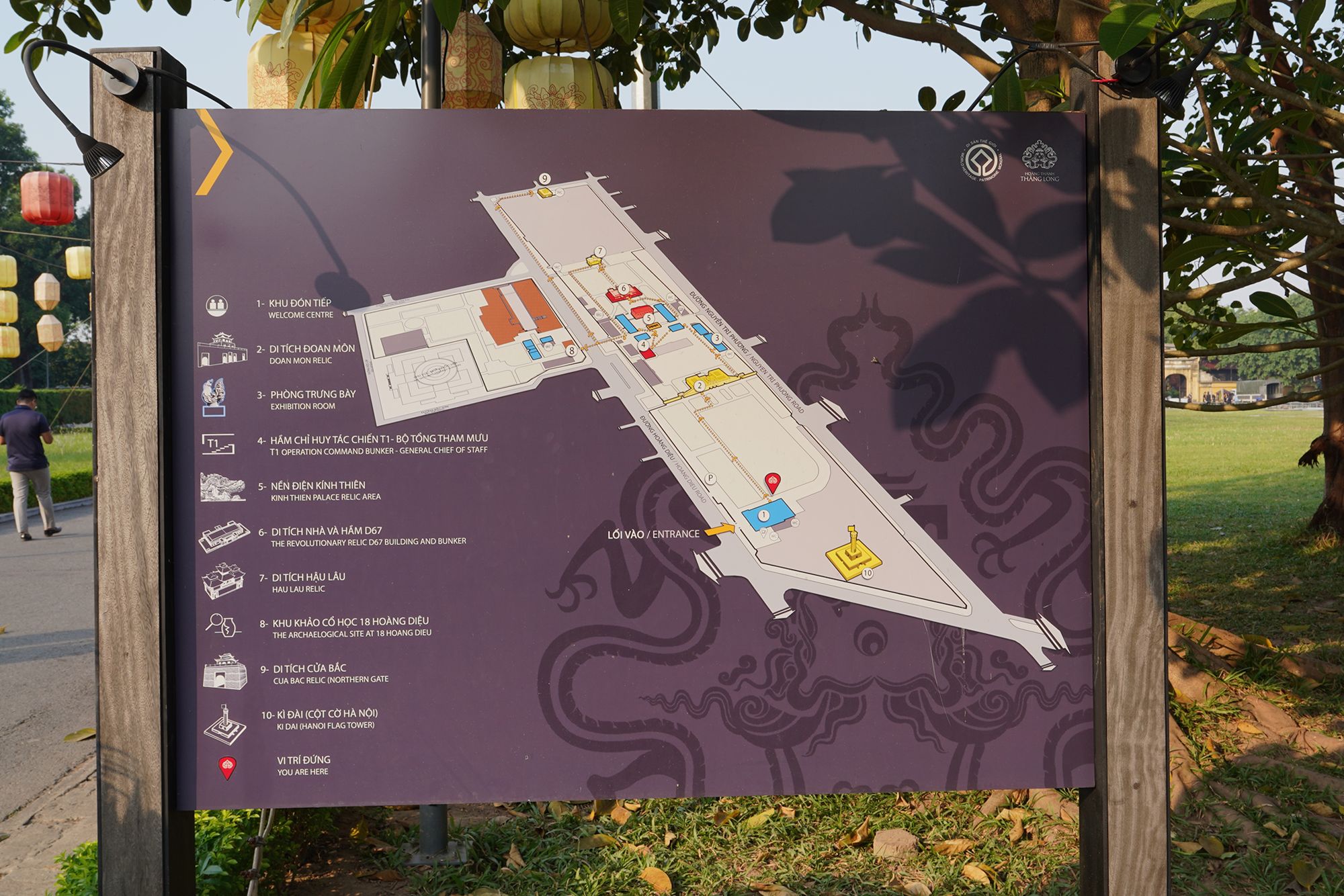
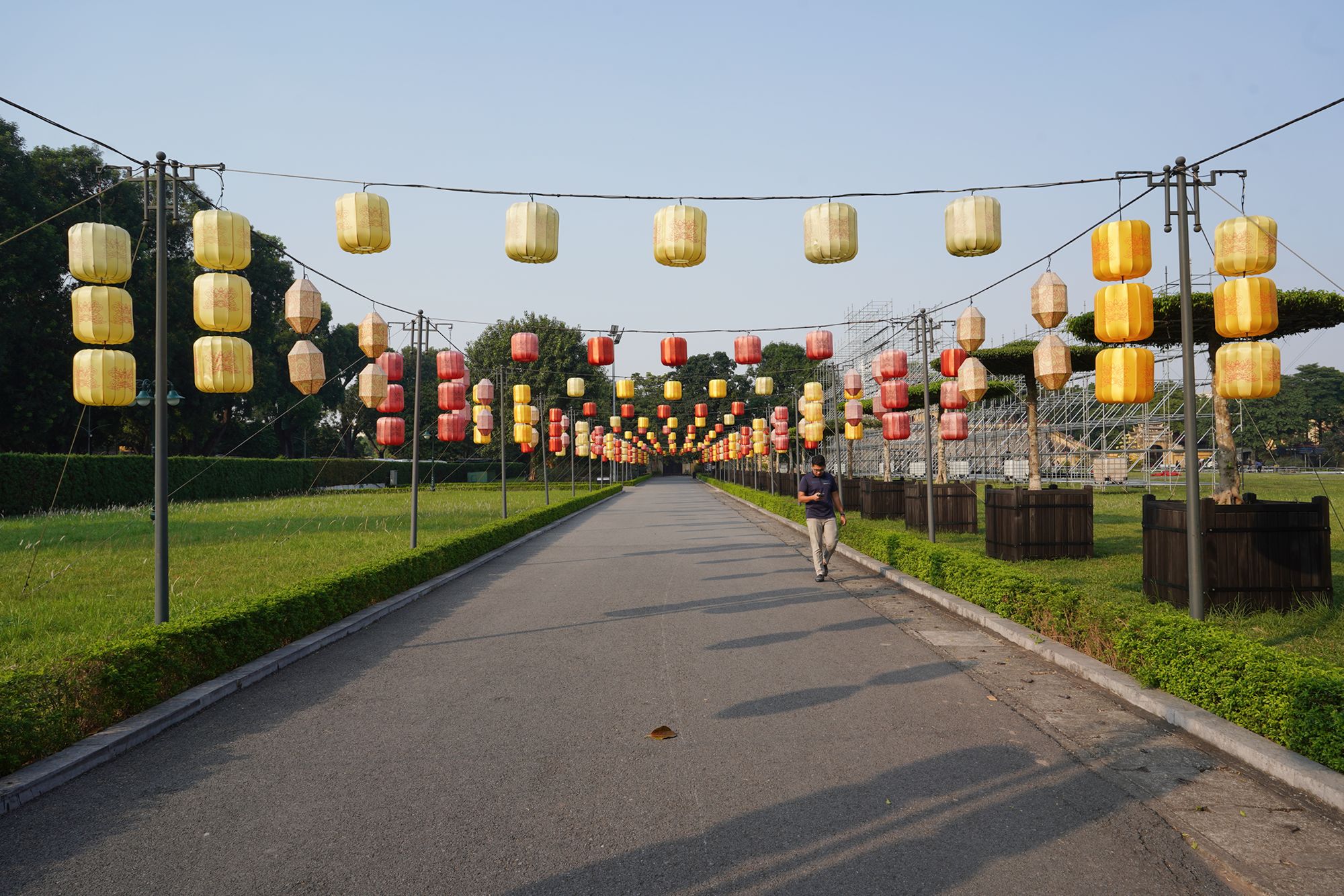
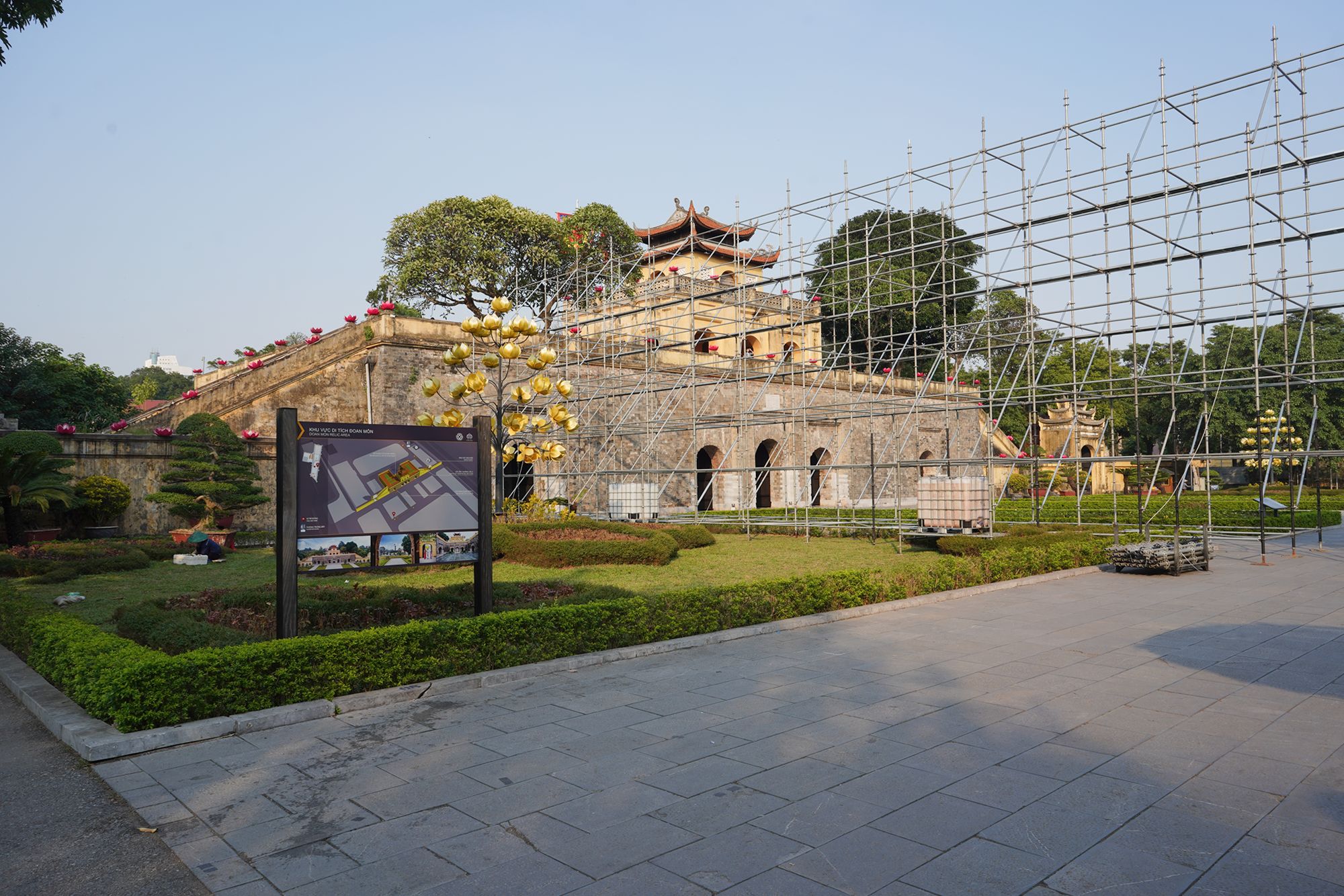
The Imperial Citadel of Thang Long, located in Hanoi, is a UNESCO World Heritage Site and a symbol of Vietnam’s historical and cultural legacy. Built during the Ly Dynasty in the 11th century, the citadel served as the political and military center for over a millennium.
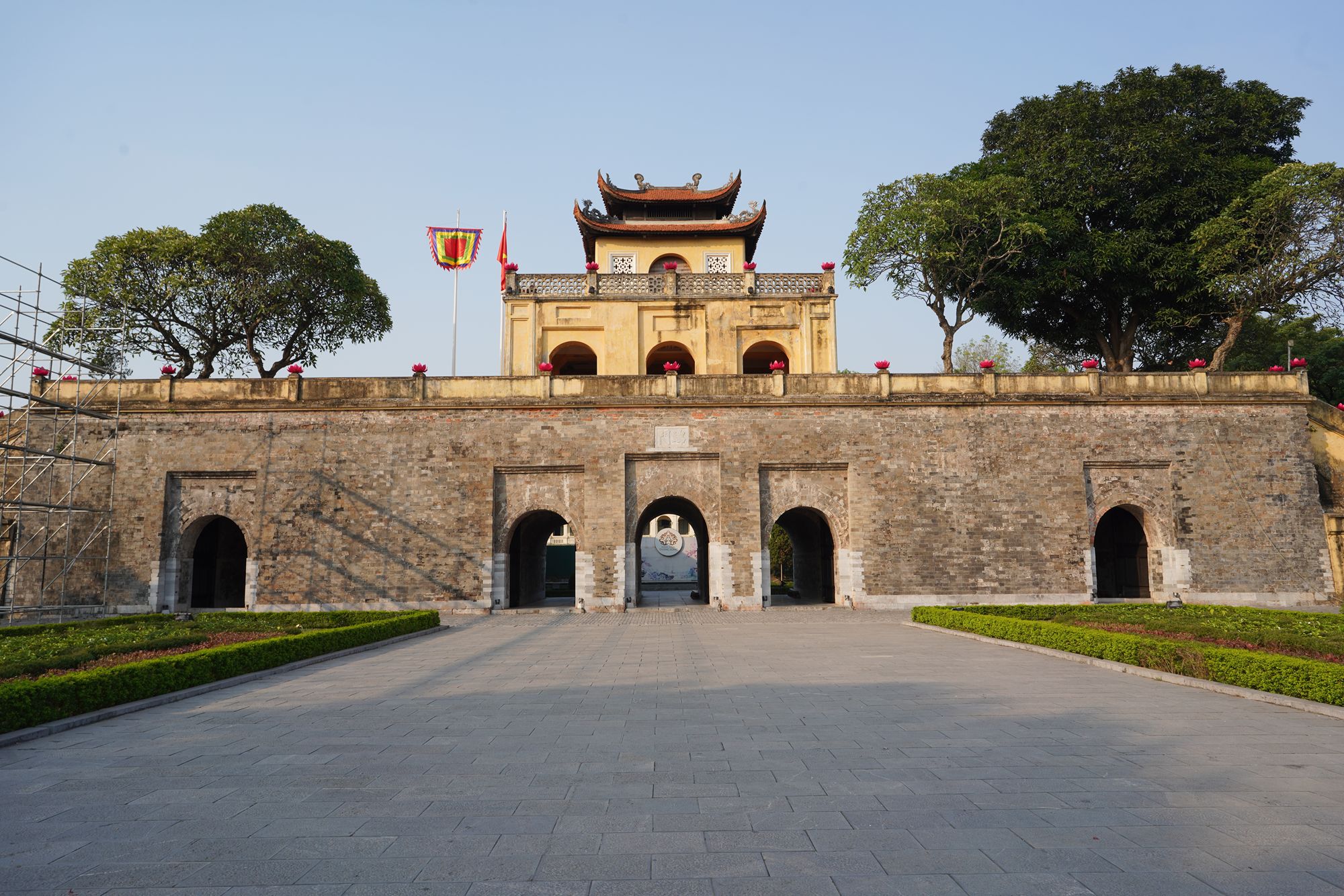

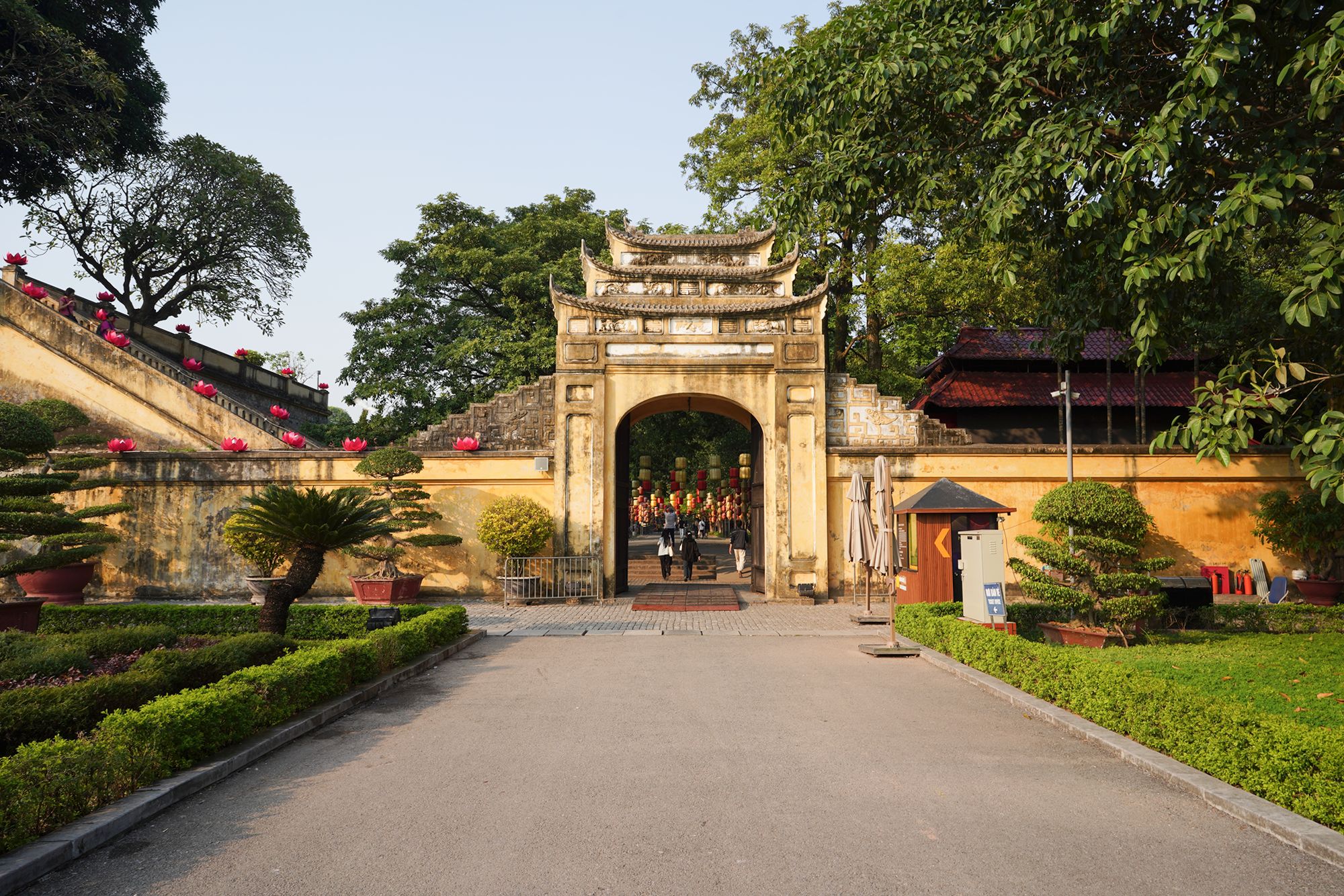
The site features ancient foundations, gates, and relics, including the Hanoi Flag Tower and archaeological discoveries that reveal layers of history from different dynasties. It stands as a testament to Vietnam’s resilience and rich heritage, attracting visitors eager to explore its storied past.
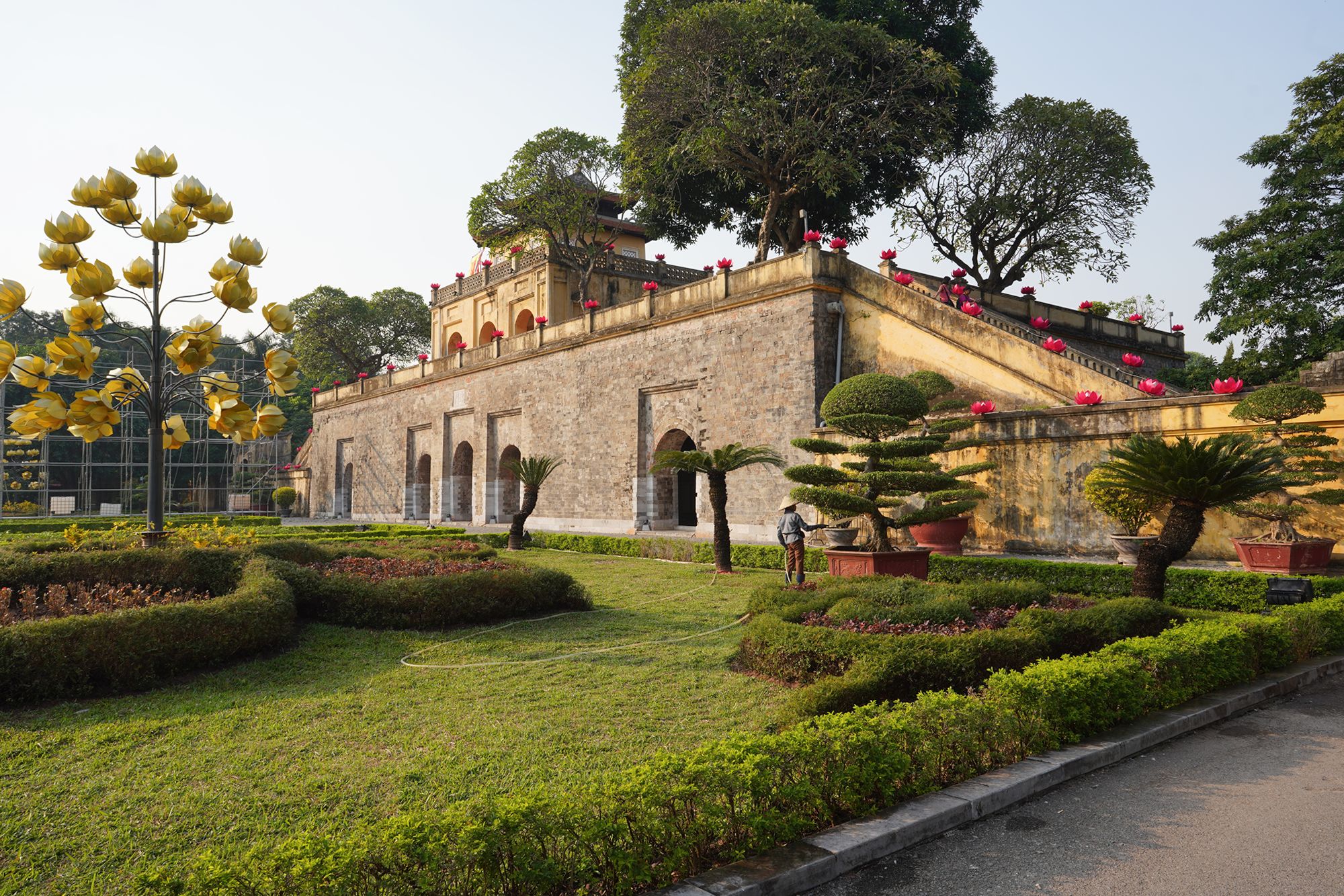
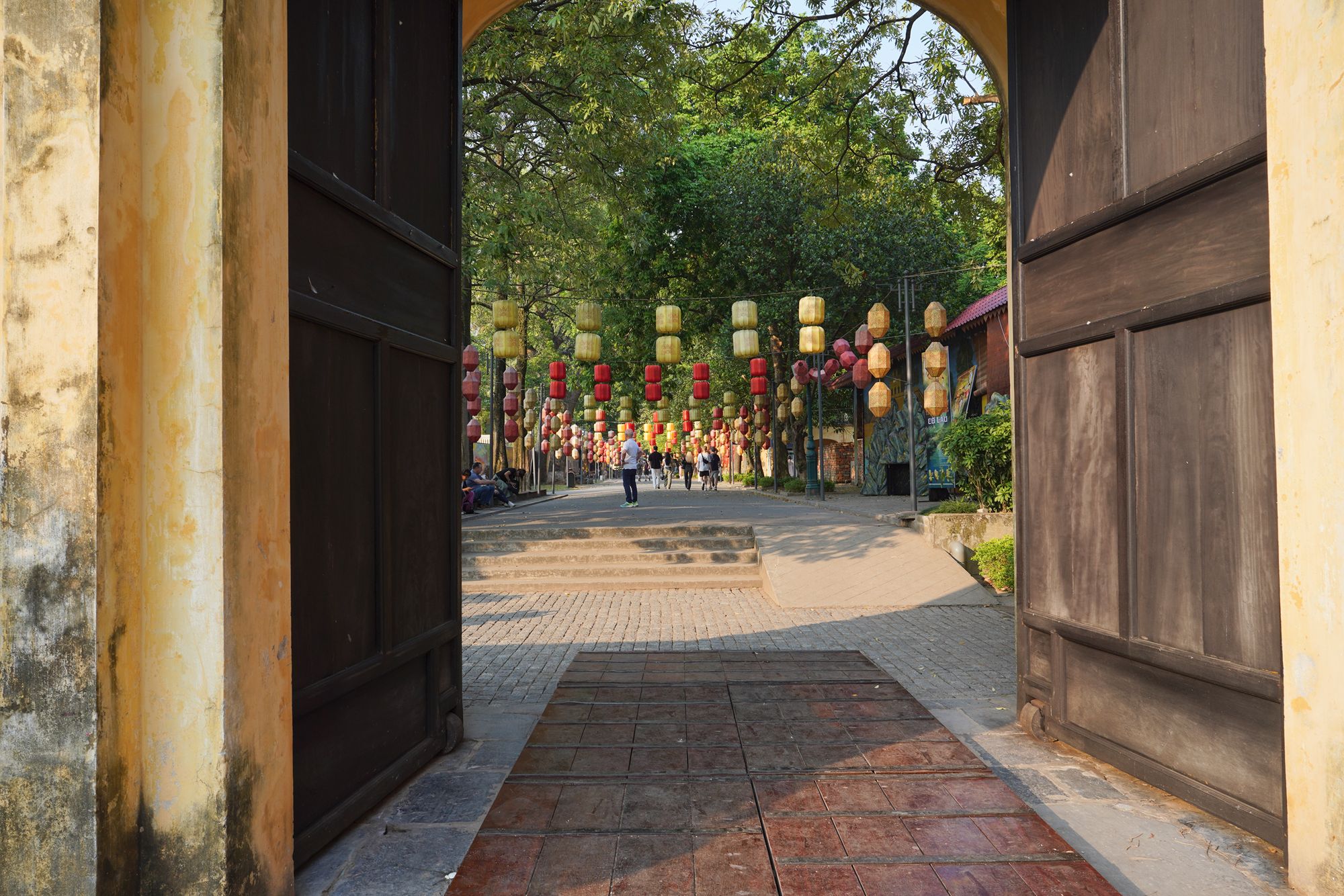
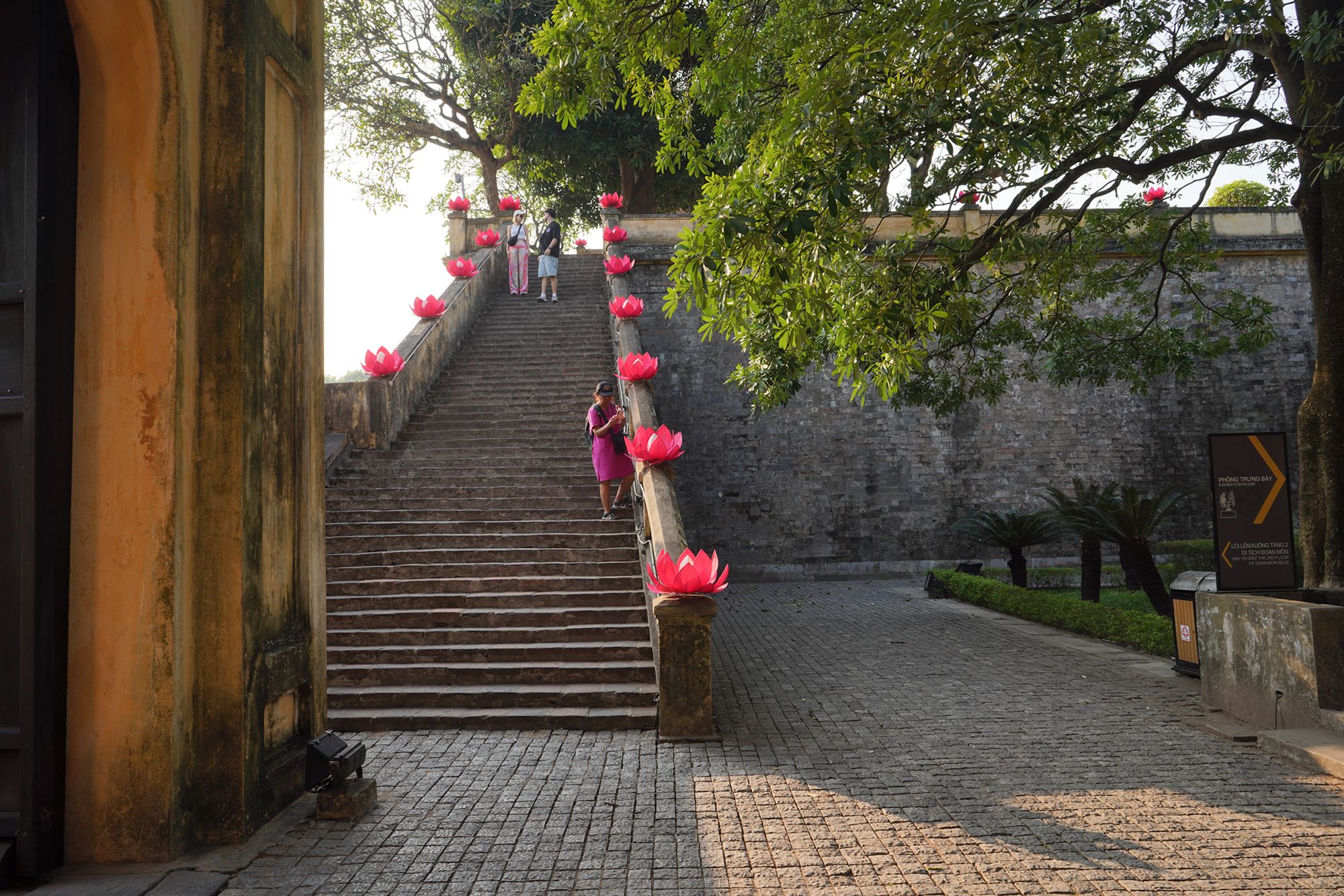
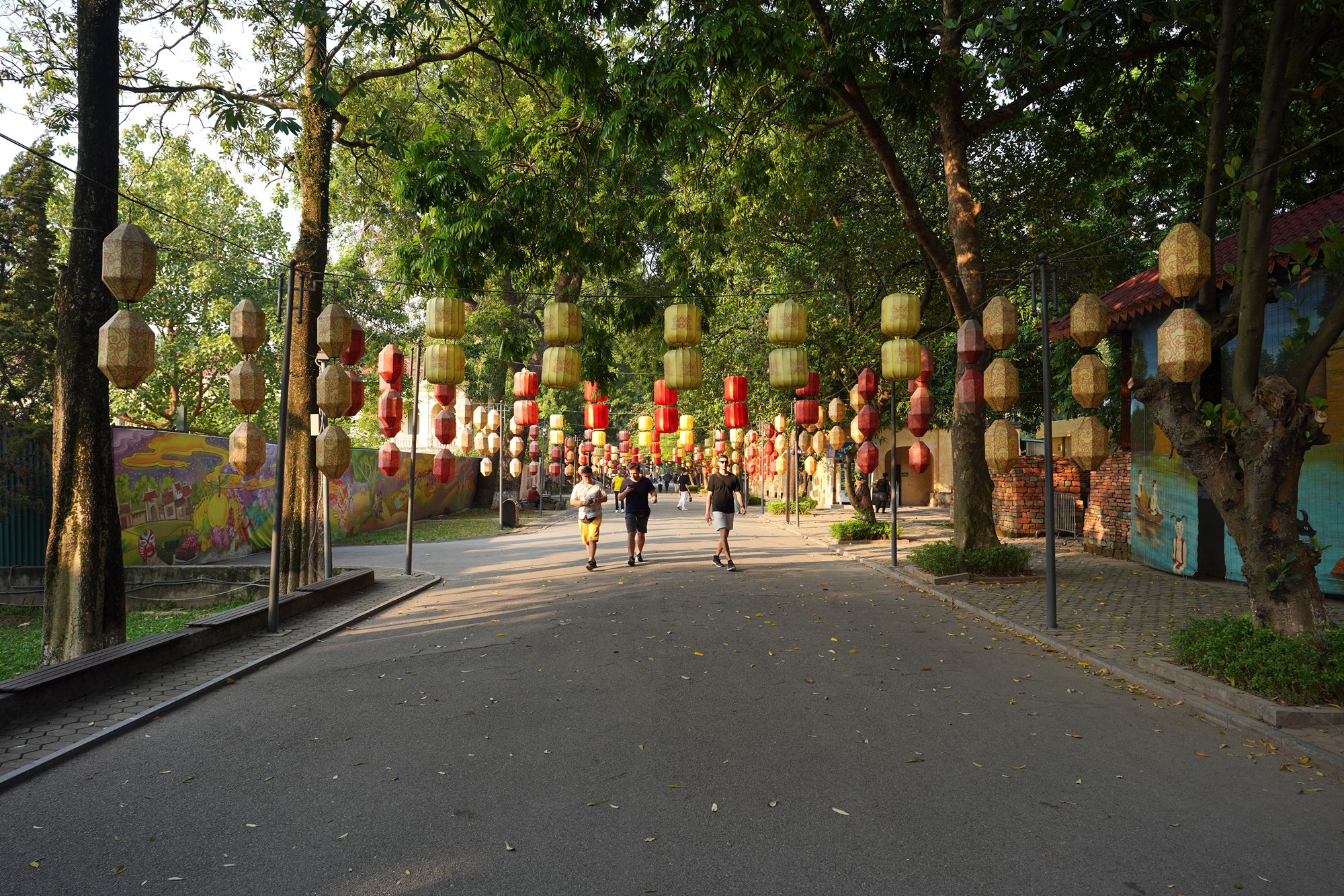
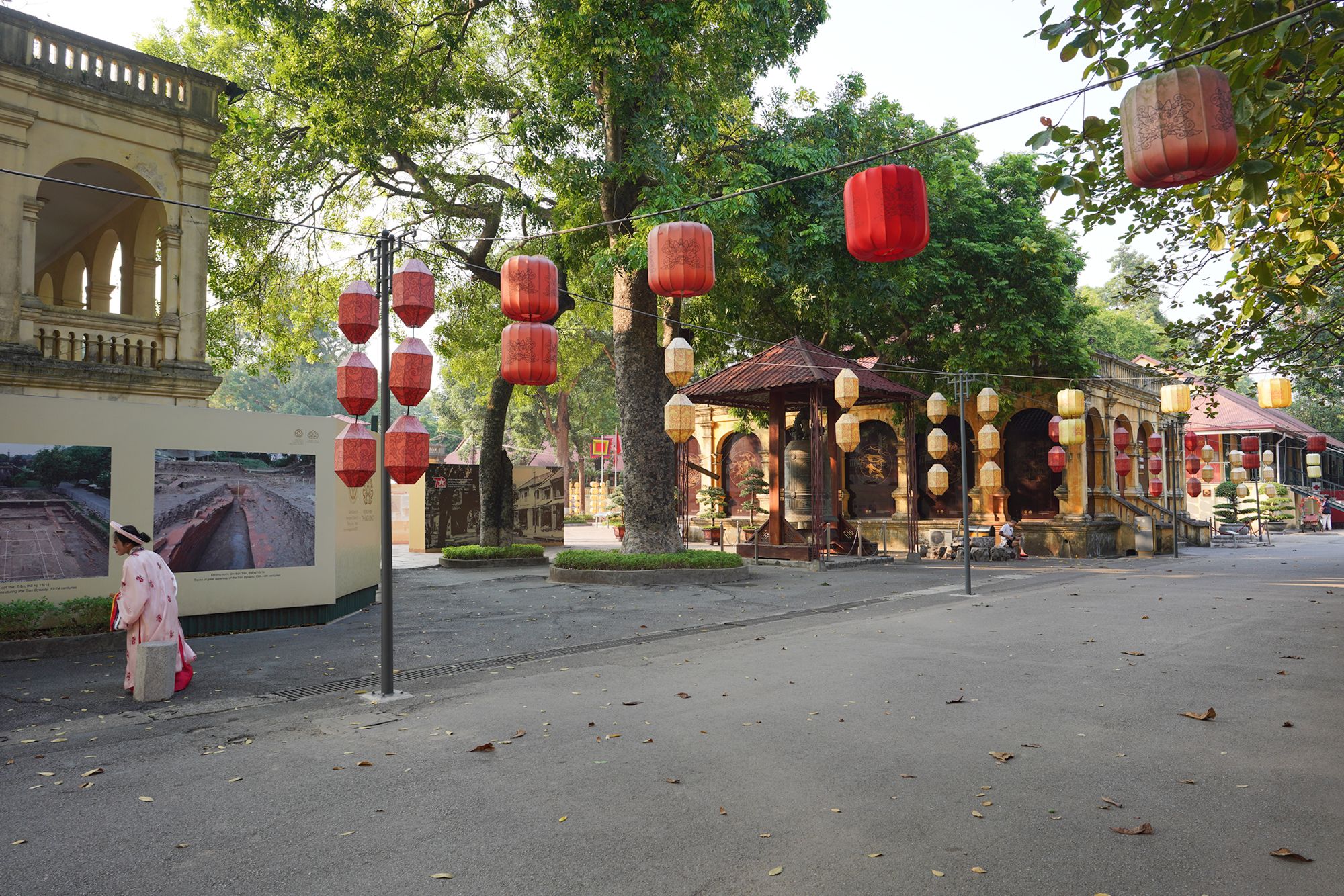
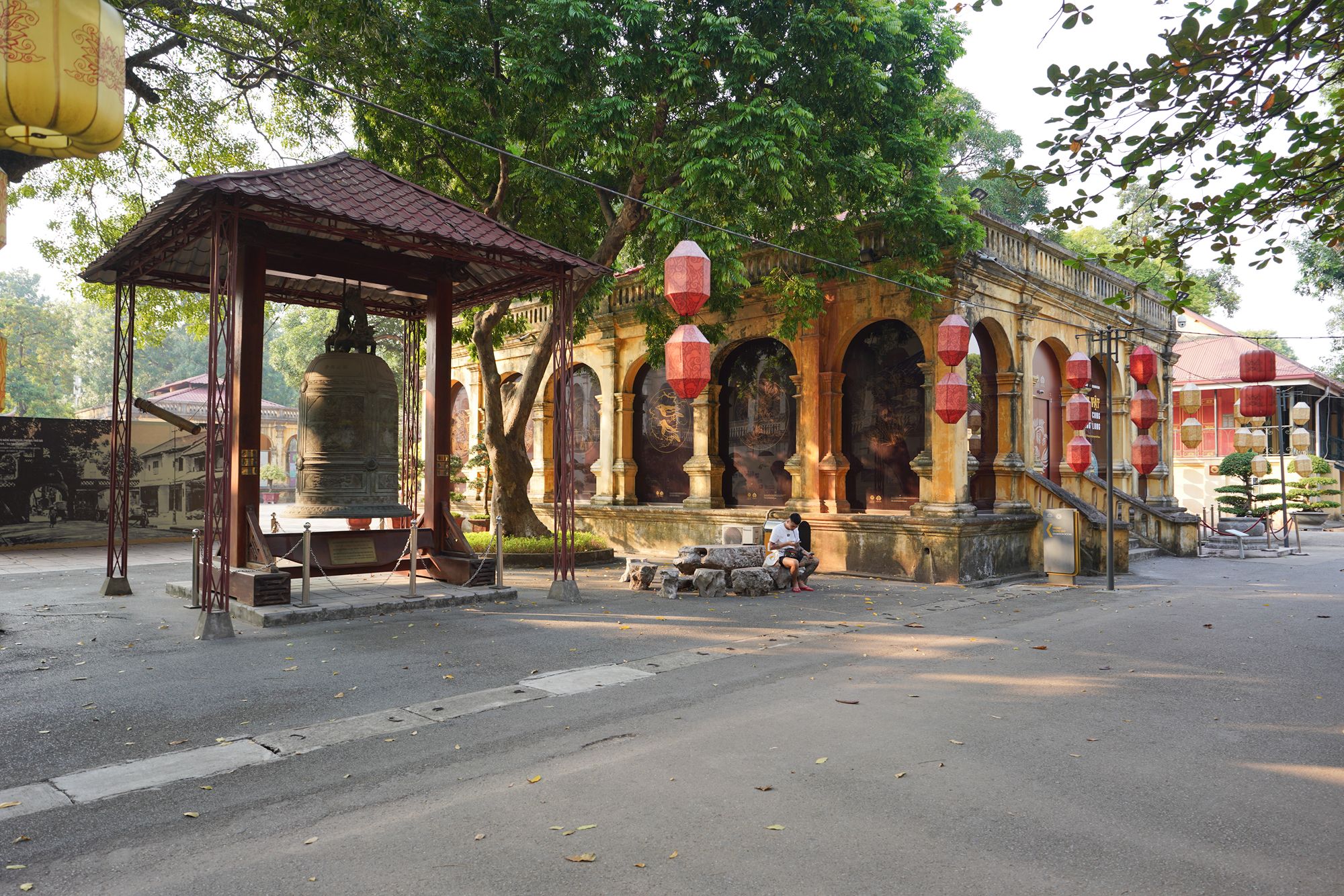
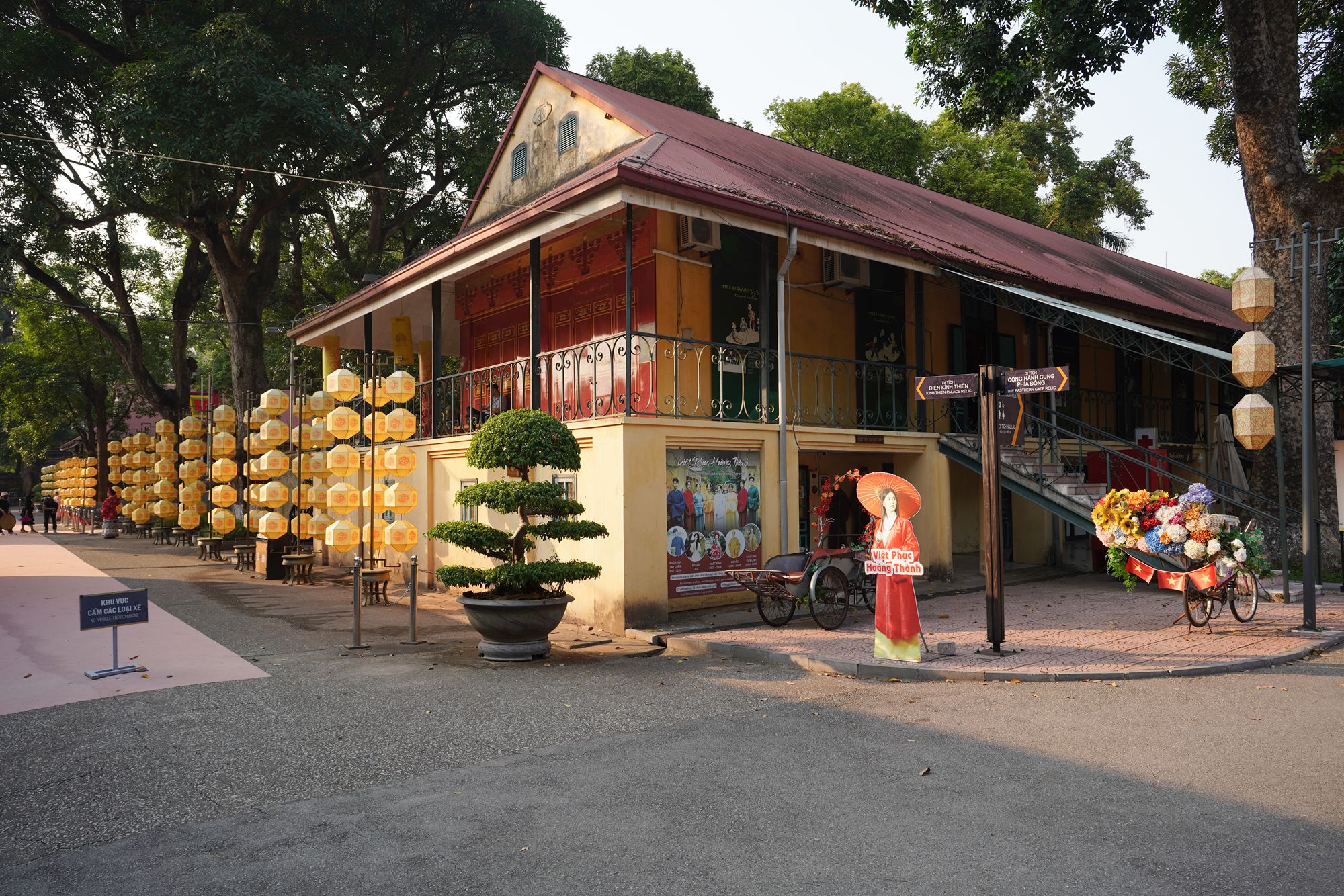
I turned to my left.
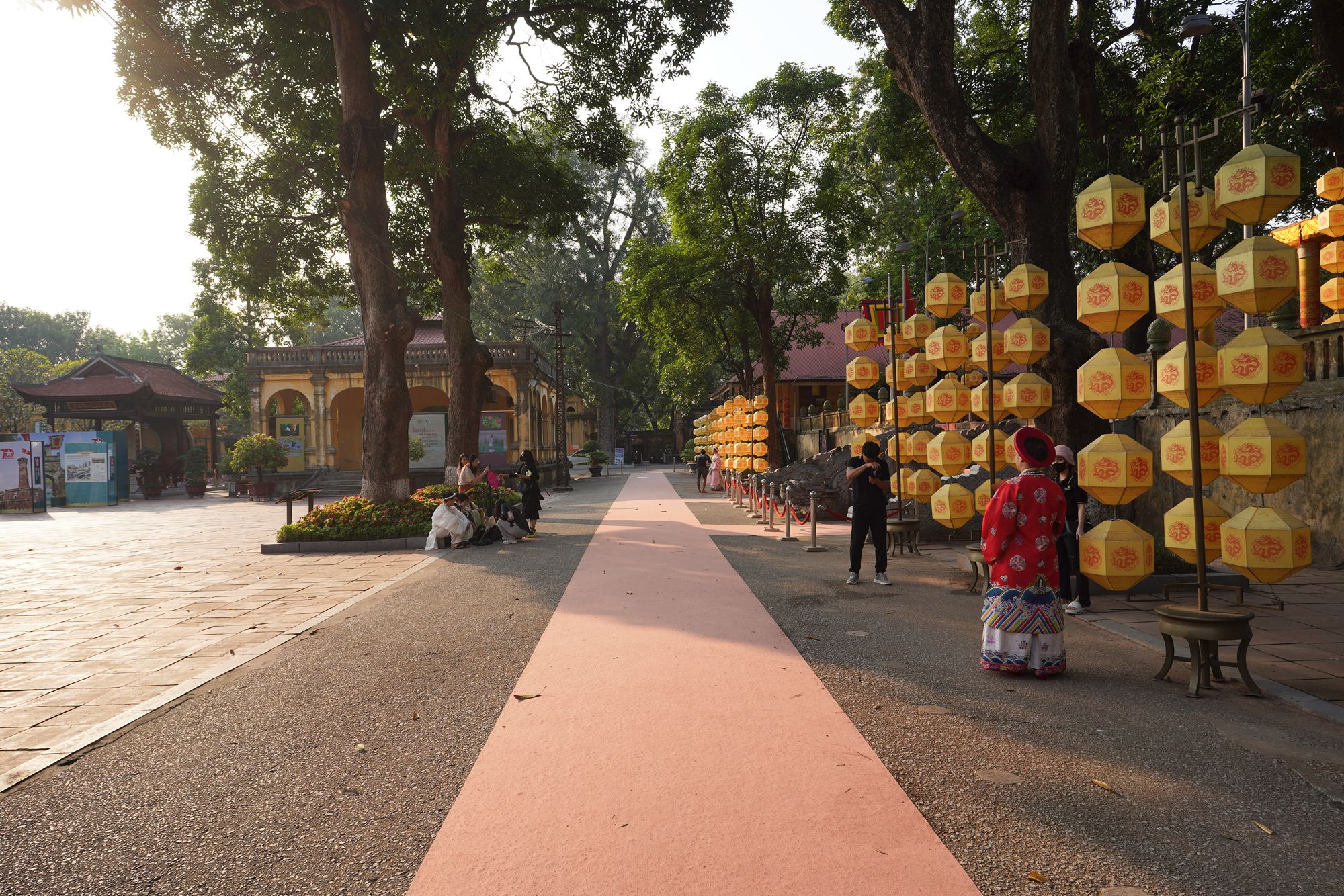
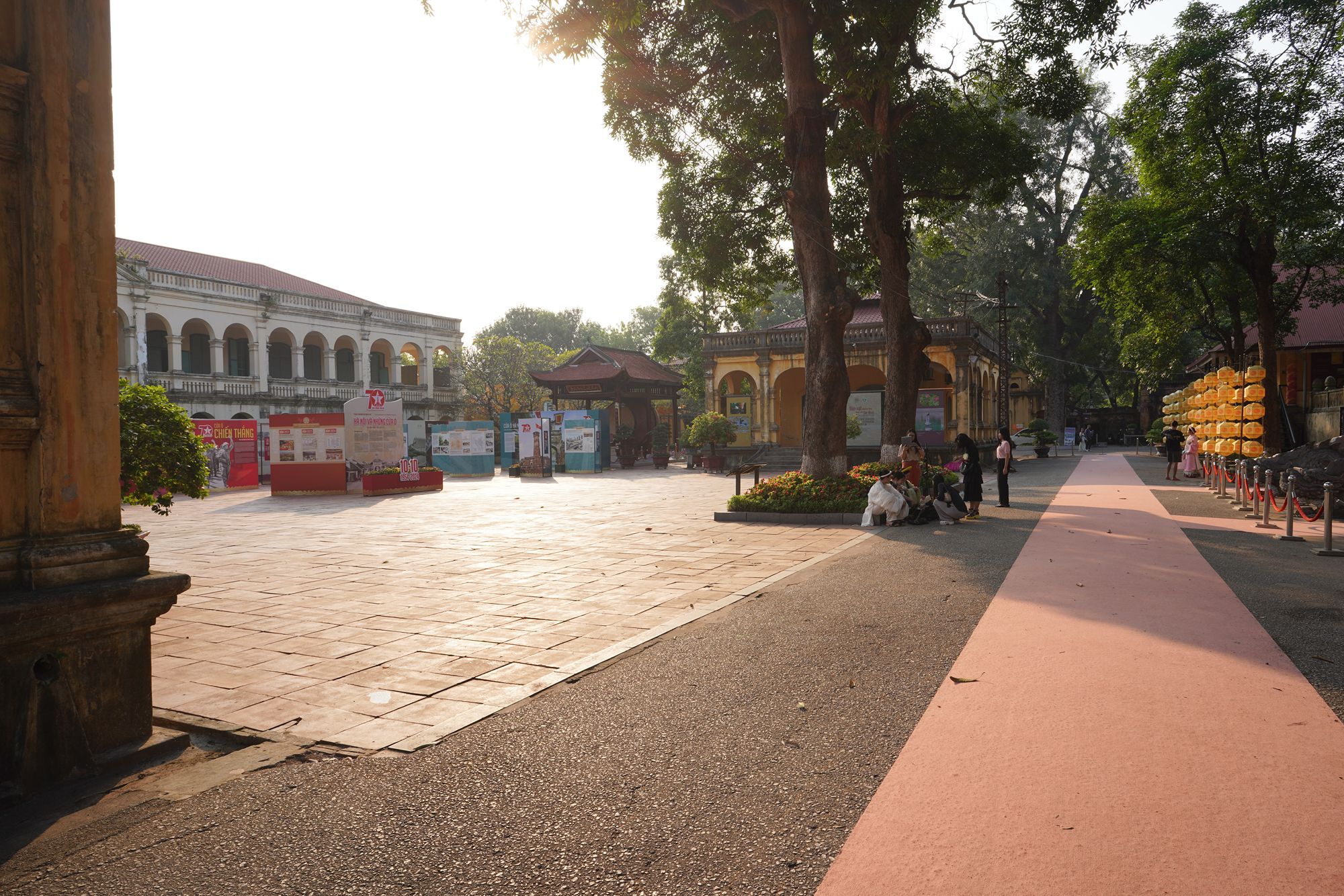
Kinh Thien – Kinh Thien Palace, located within the Imperial Citadel of Thang Long in Hanoi, was once the central structure of the citadel, serving as a royal residence and a ceremonial hall for the Nguyen Dynasty.
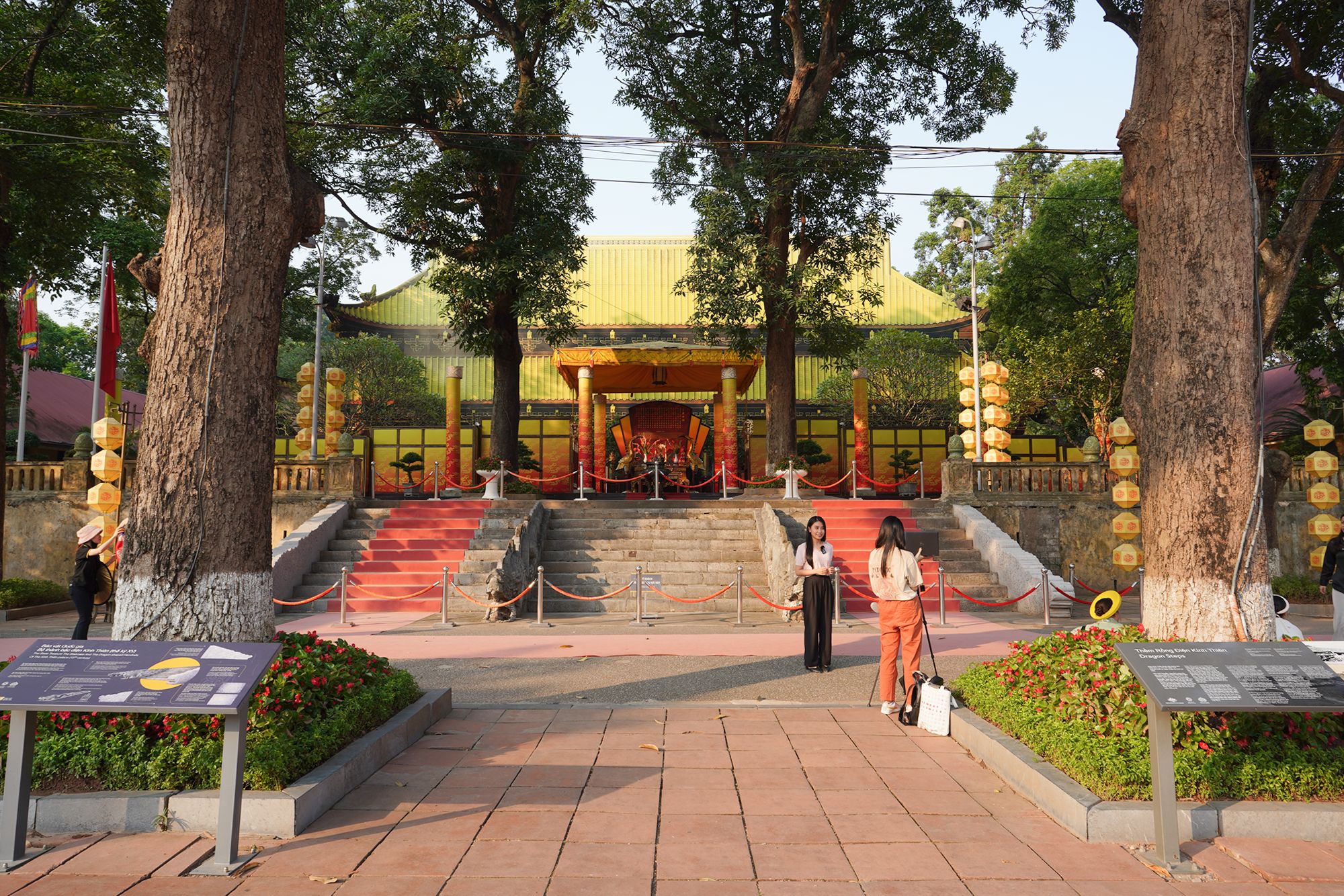
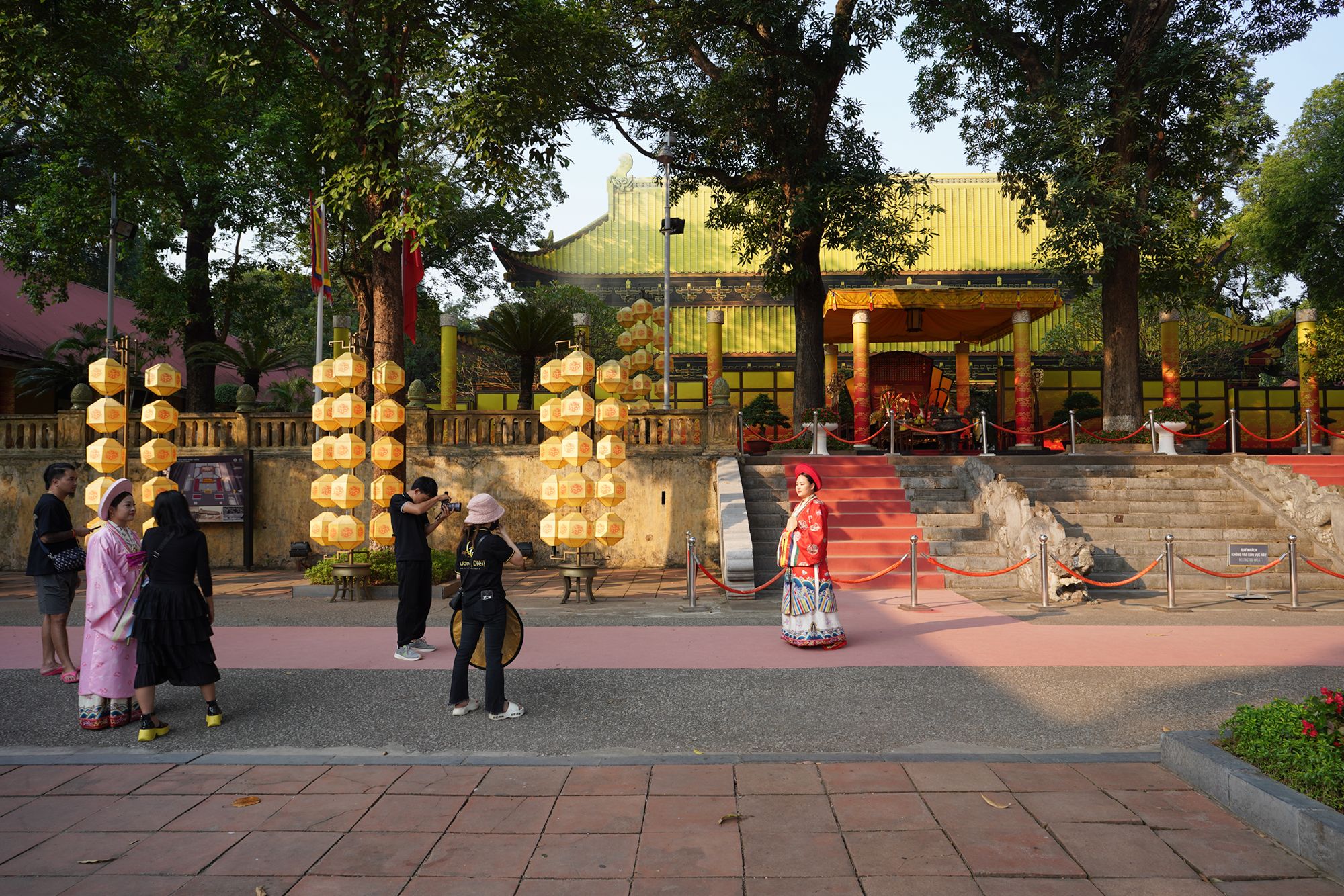
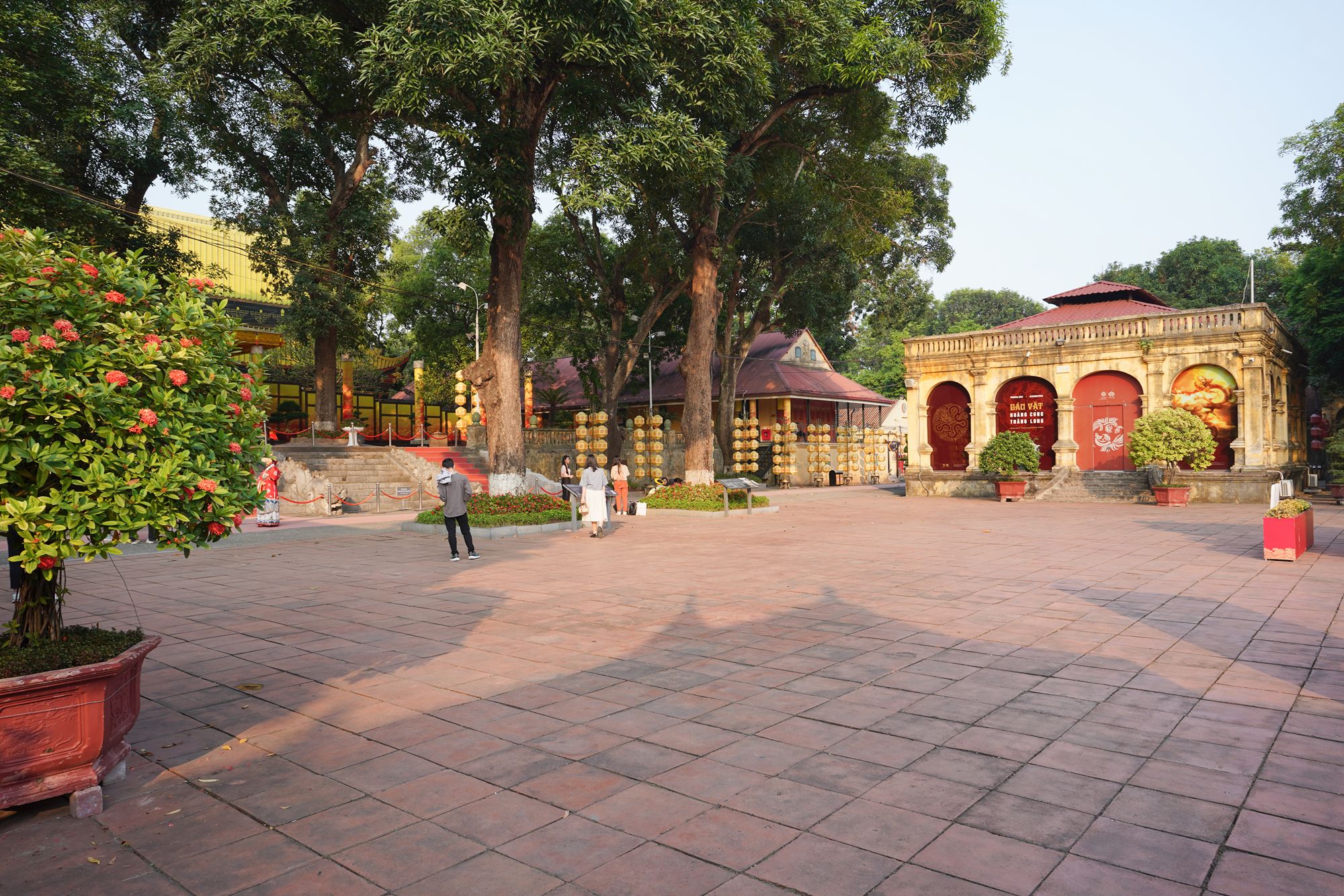
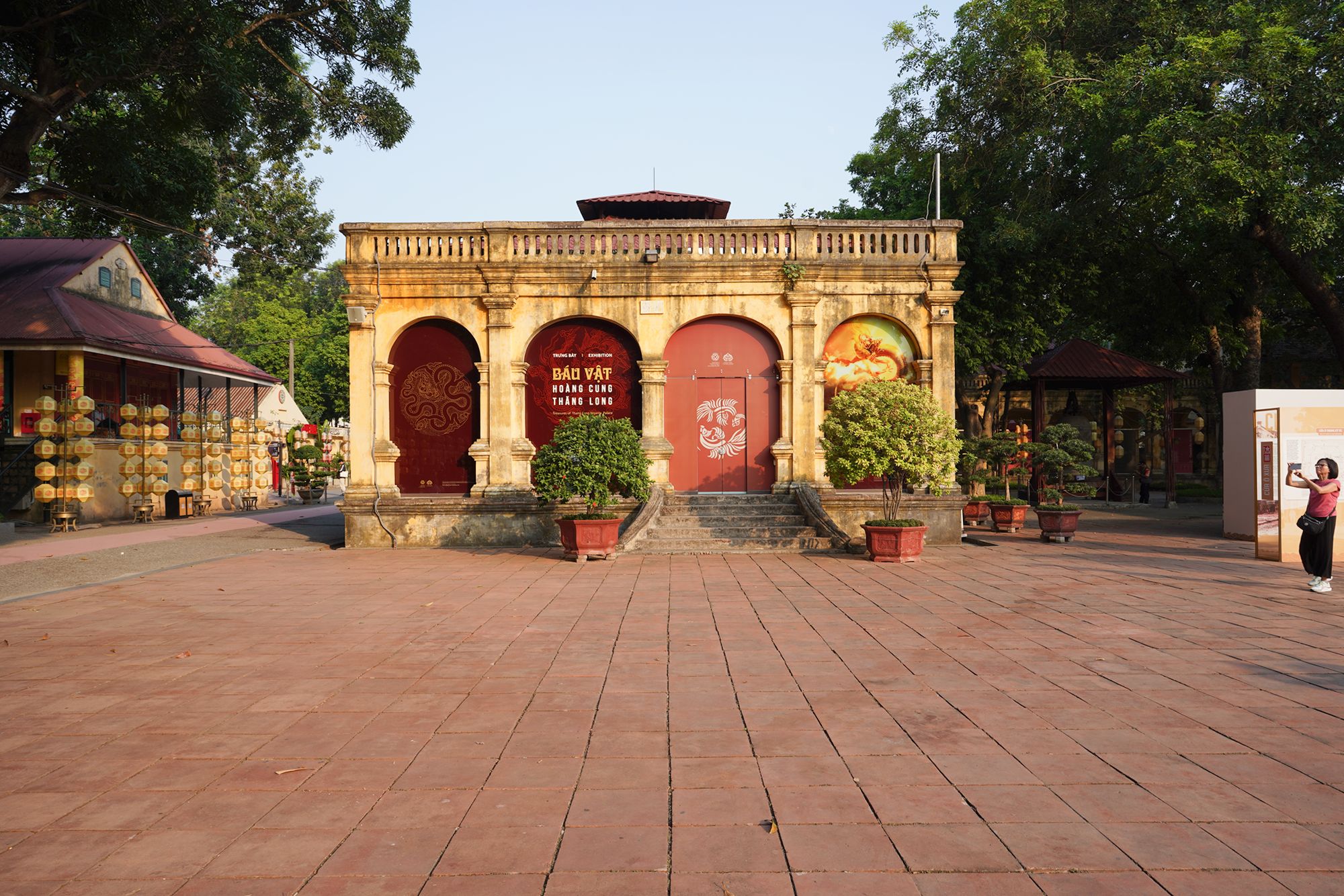
Back side
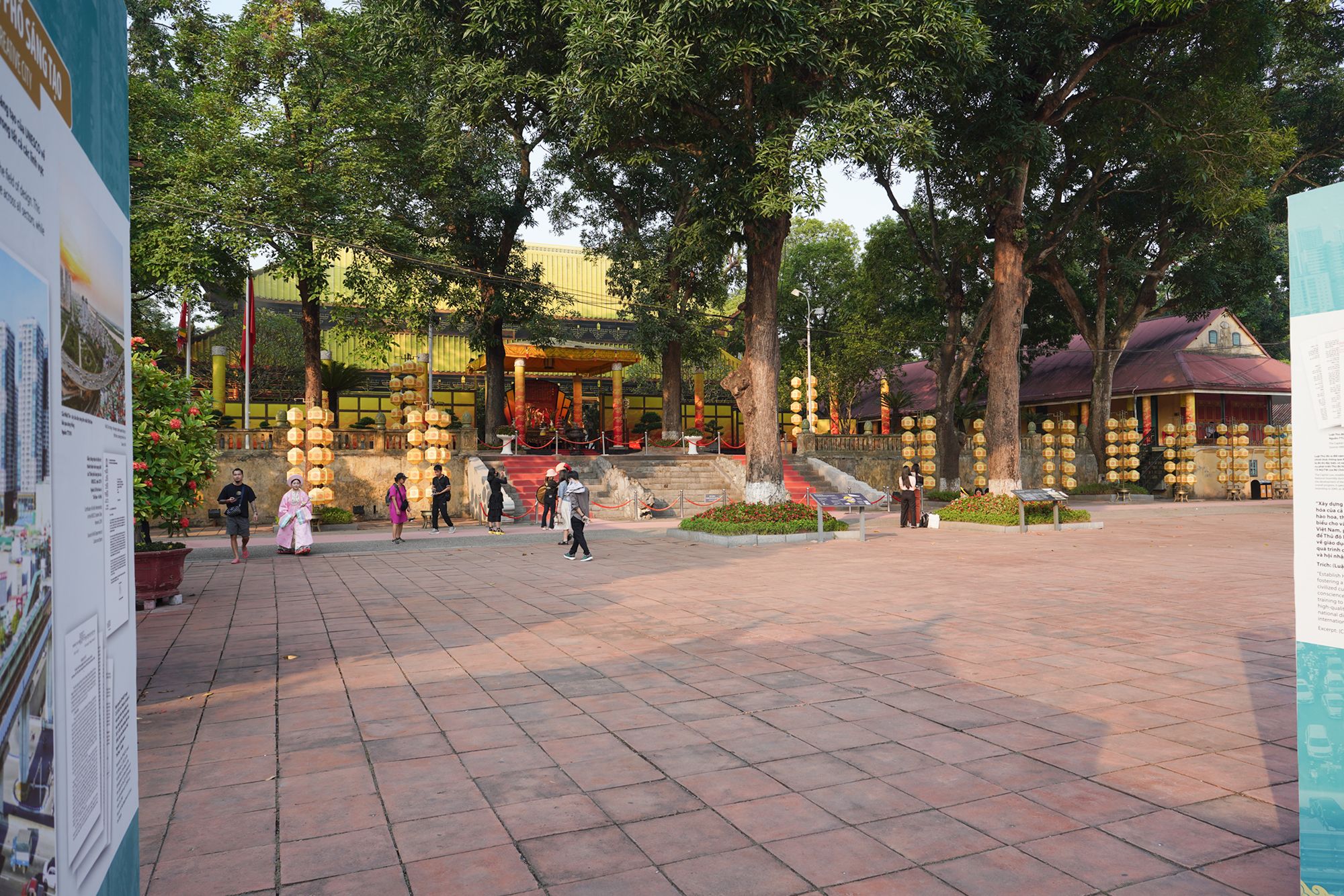
General Command Headquarters
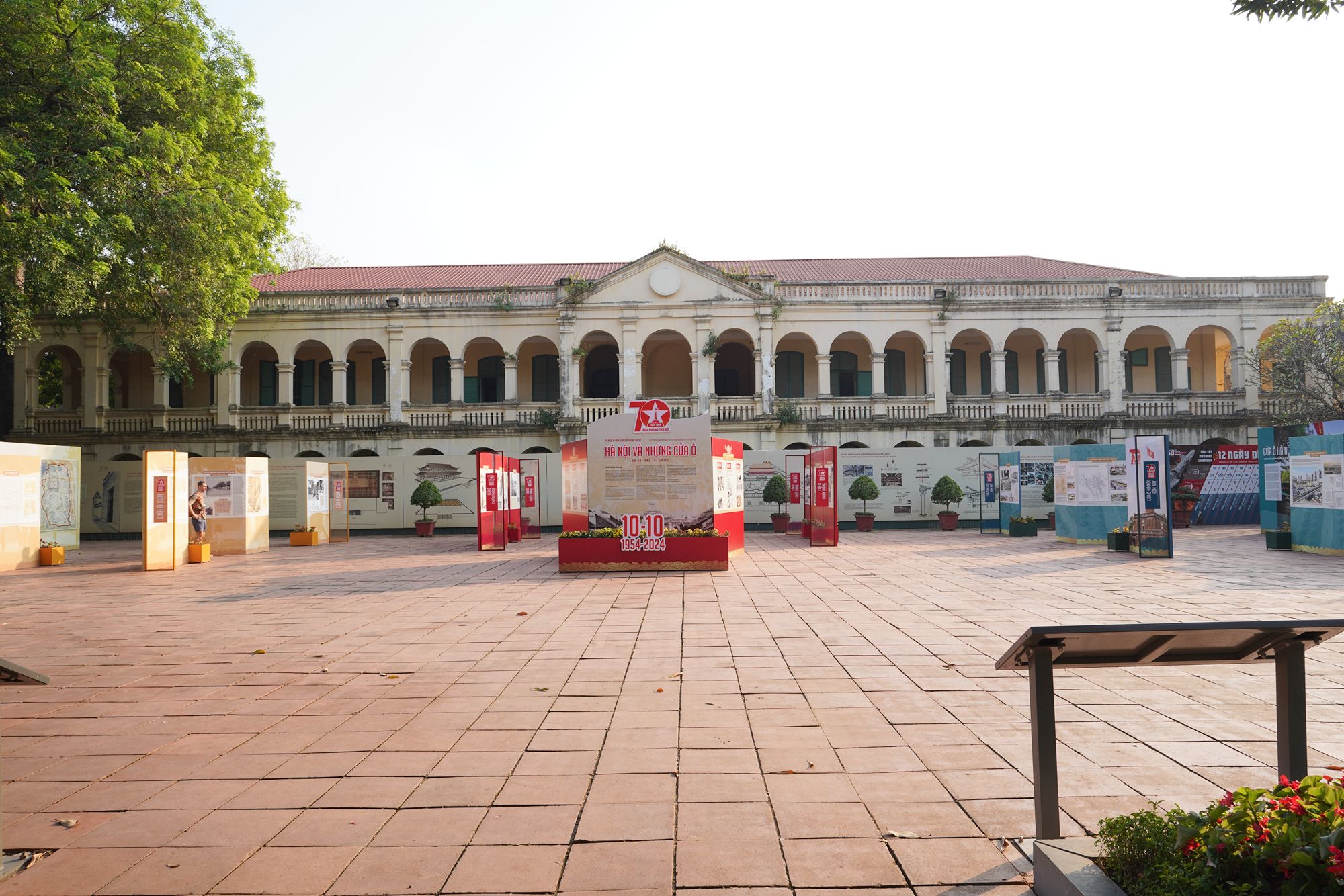
Side buildings in the area
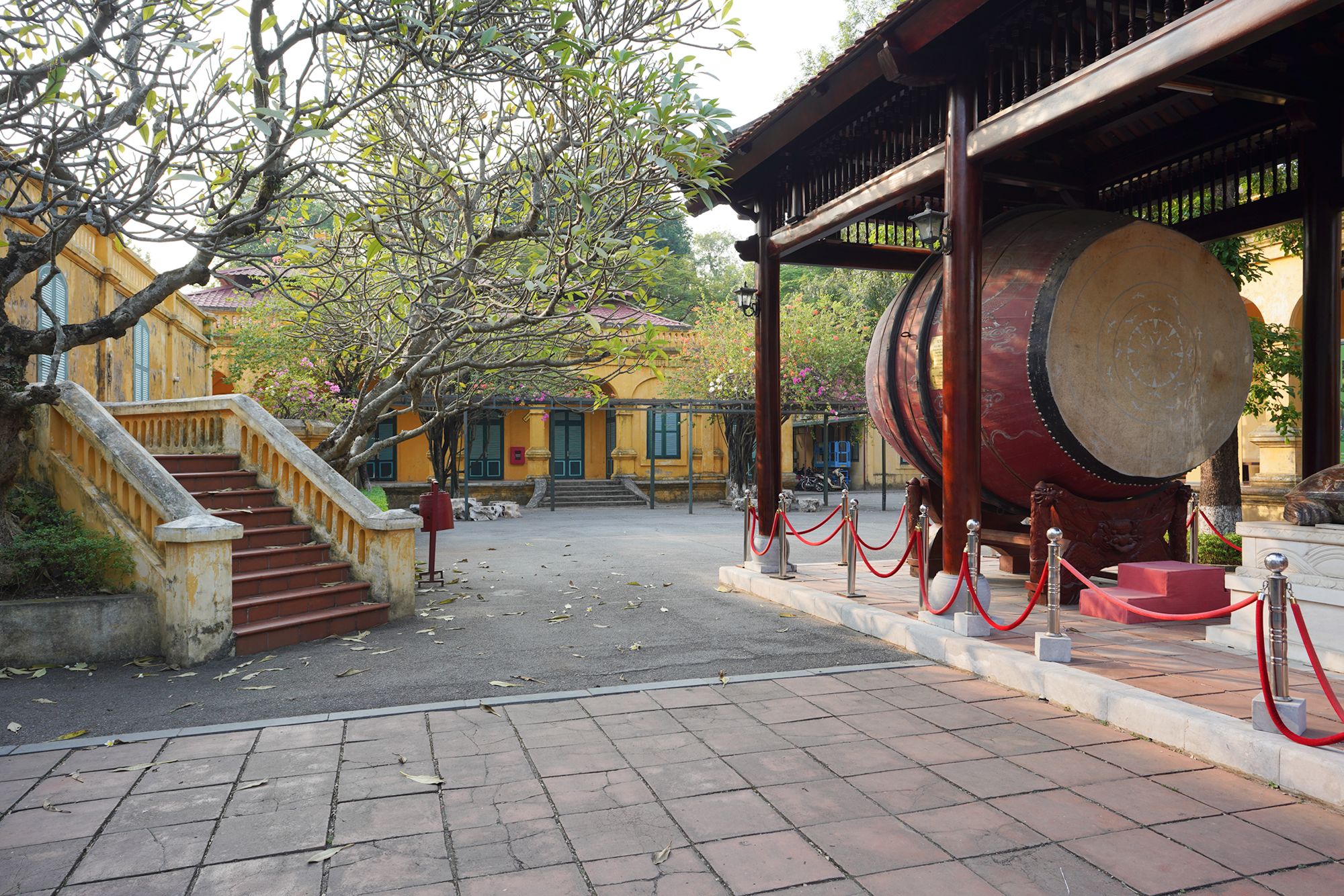
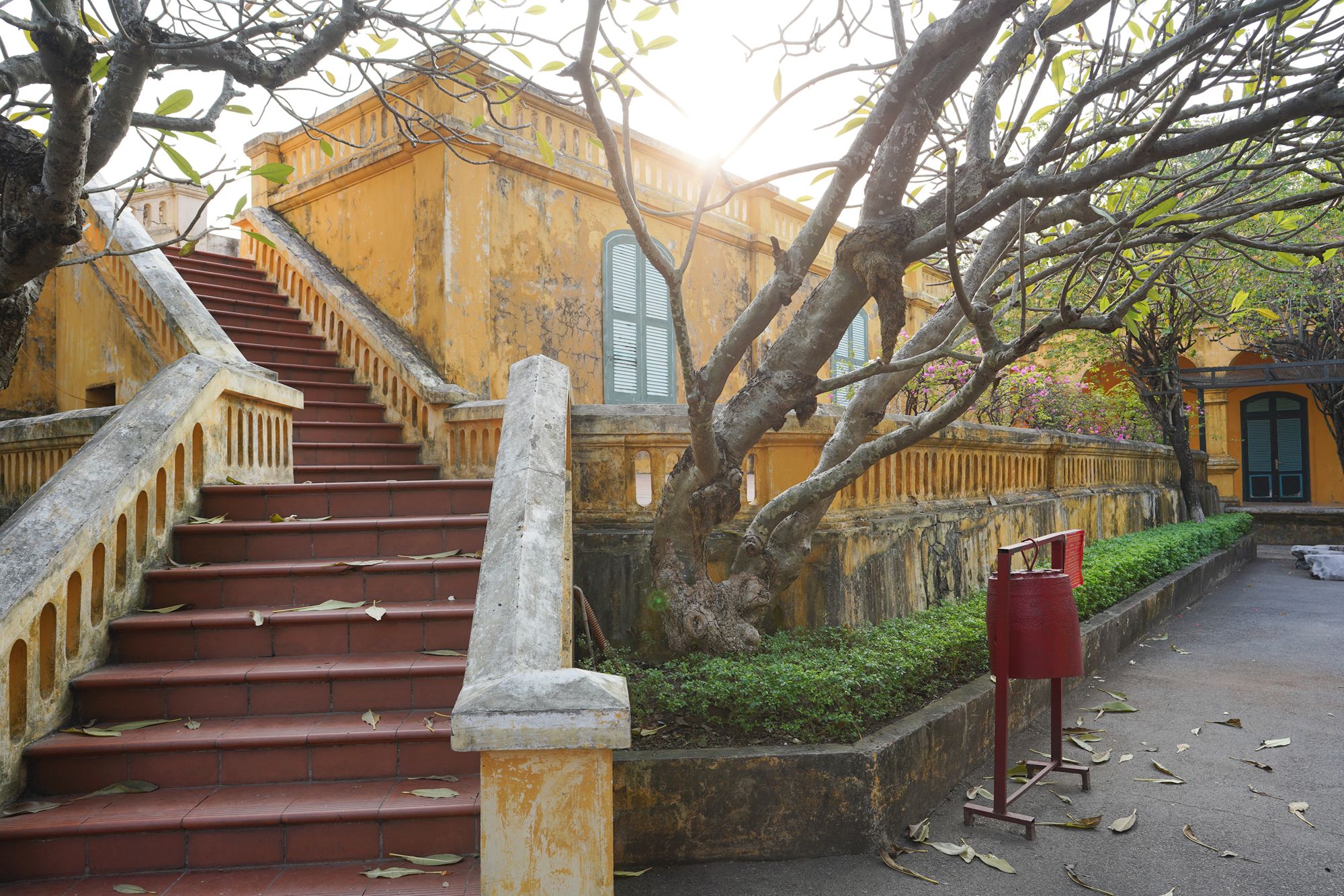
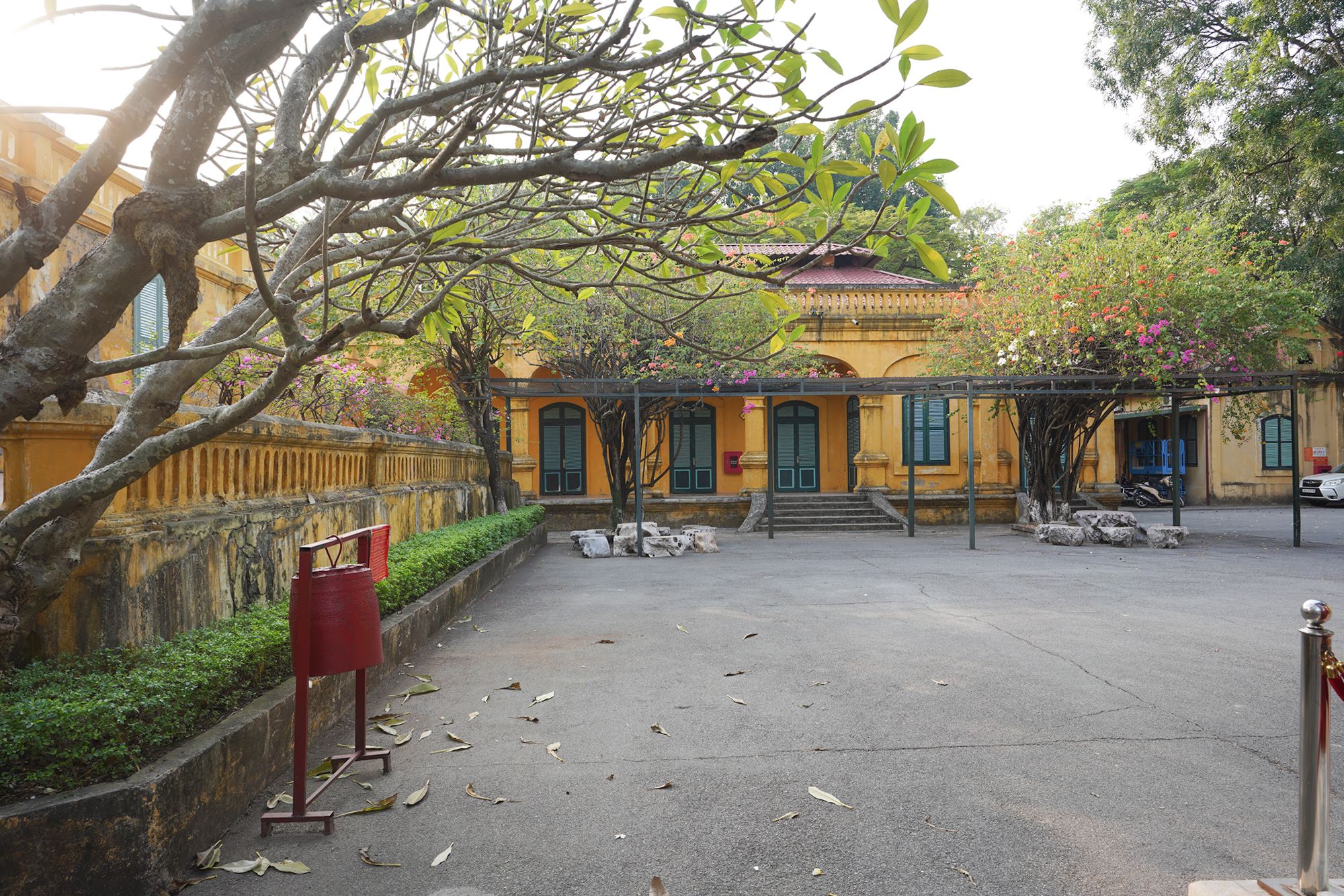

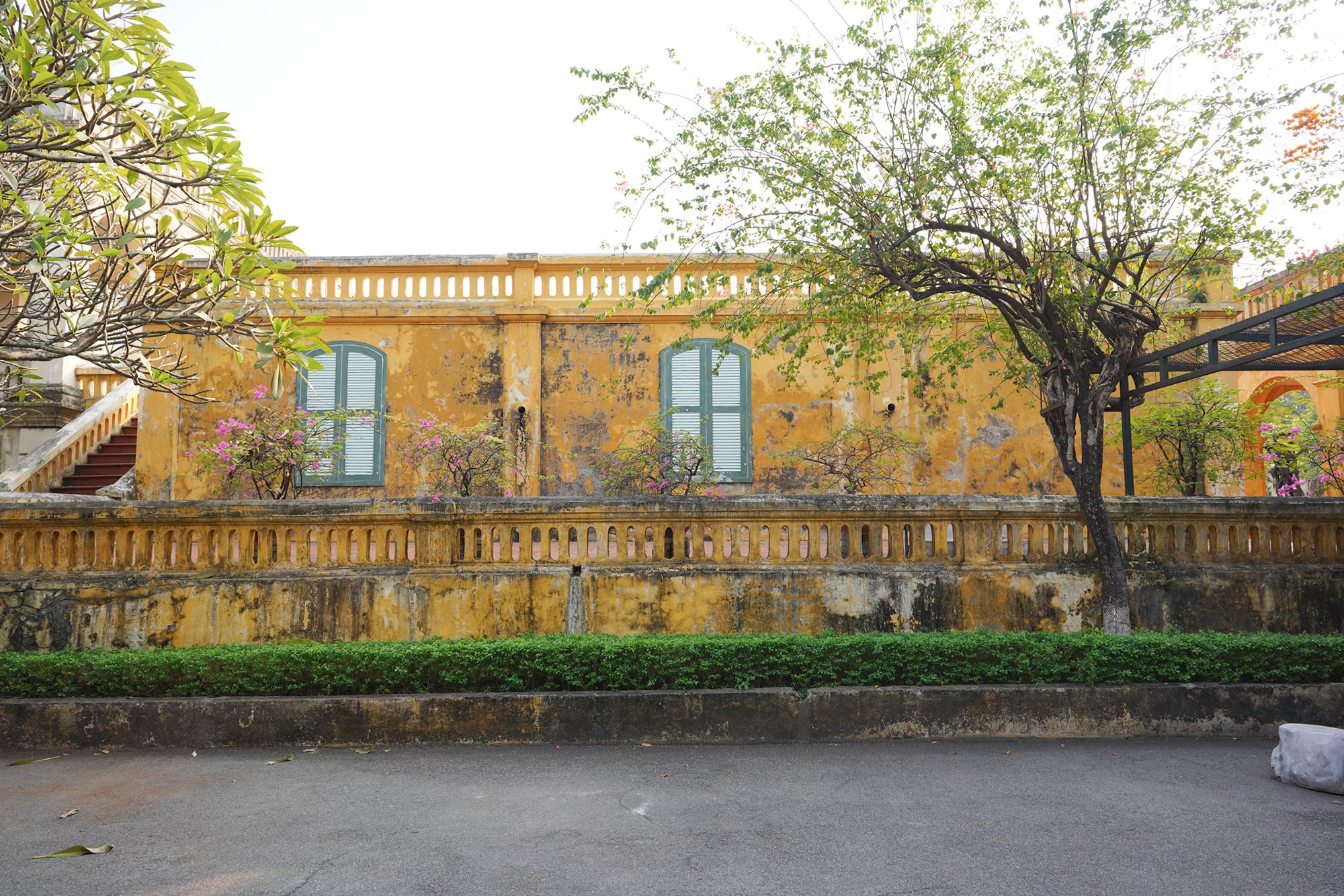
Back side
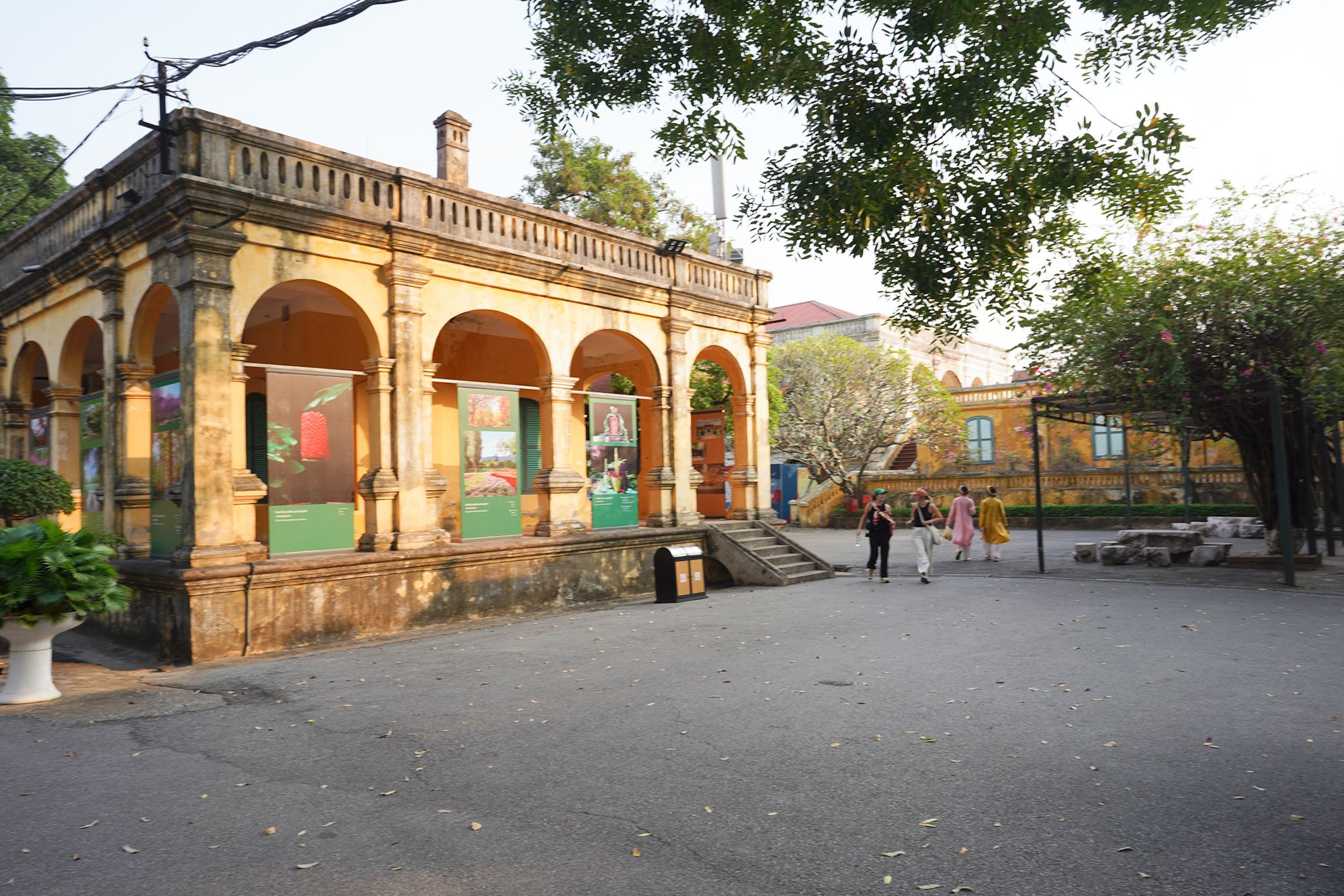
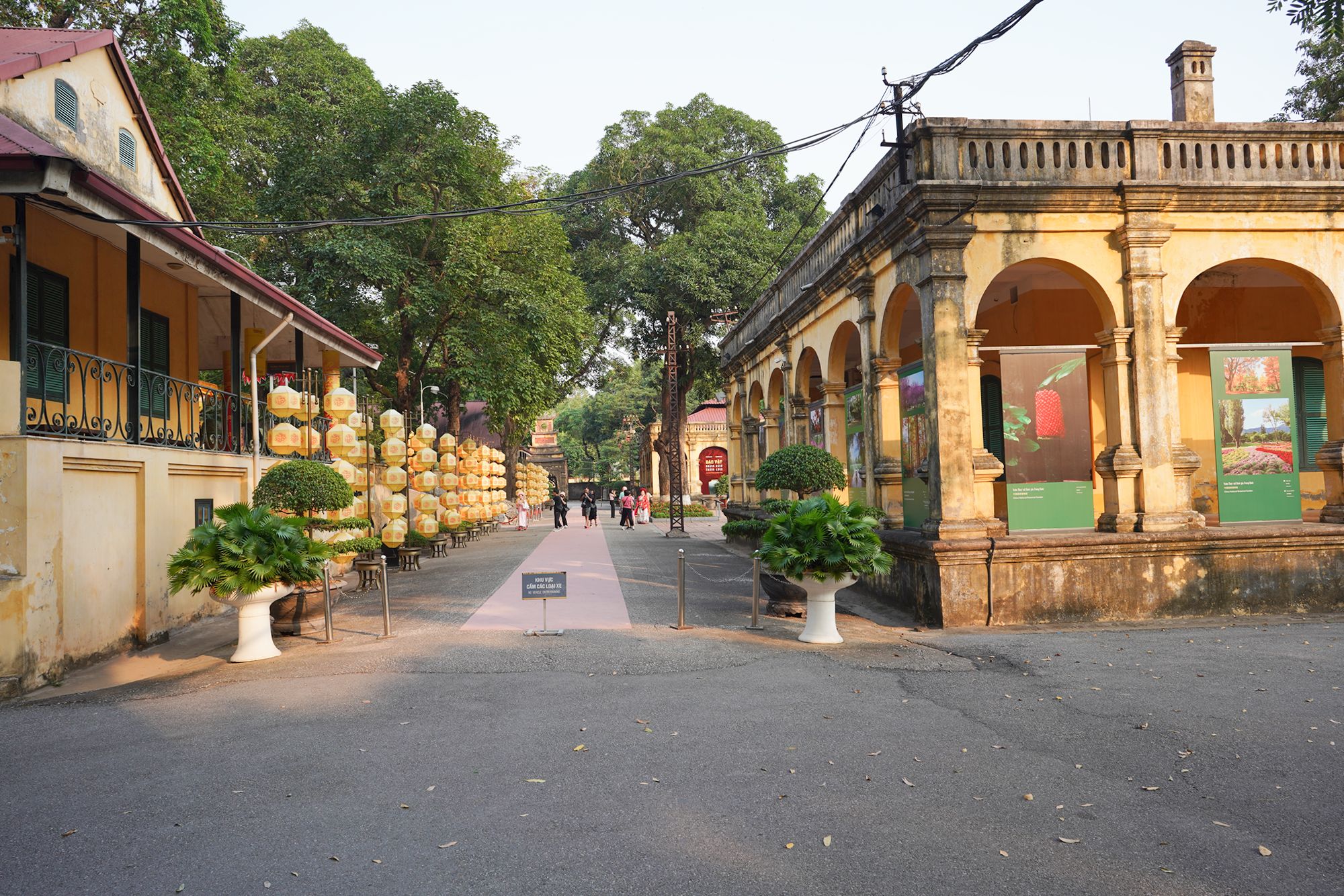
A side entrance gate for the citadel
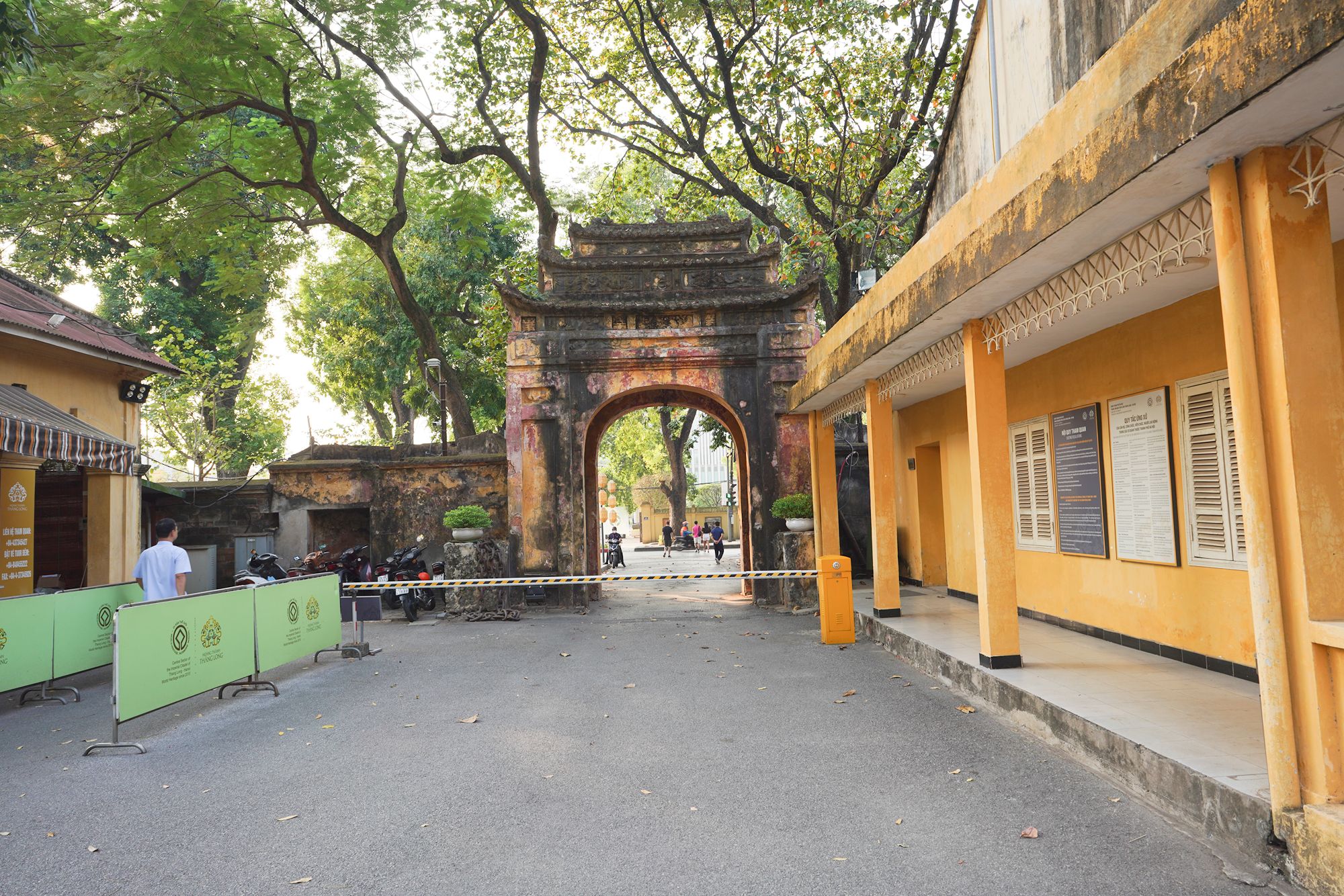
Side buildings and another entrance gate of the citadel
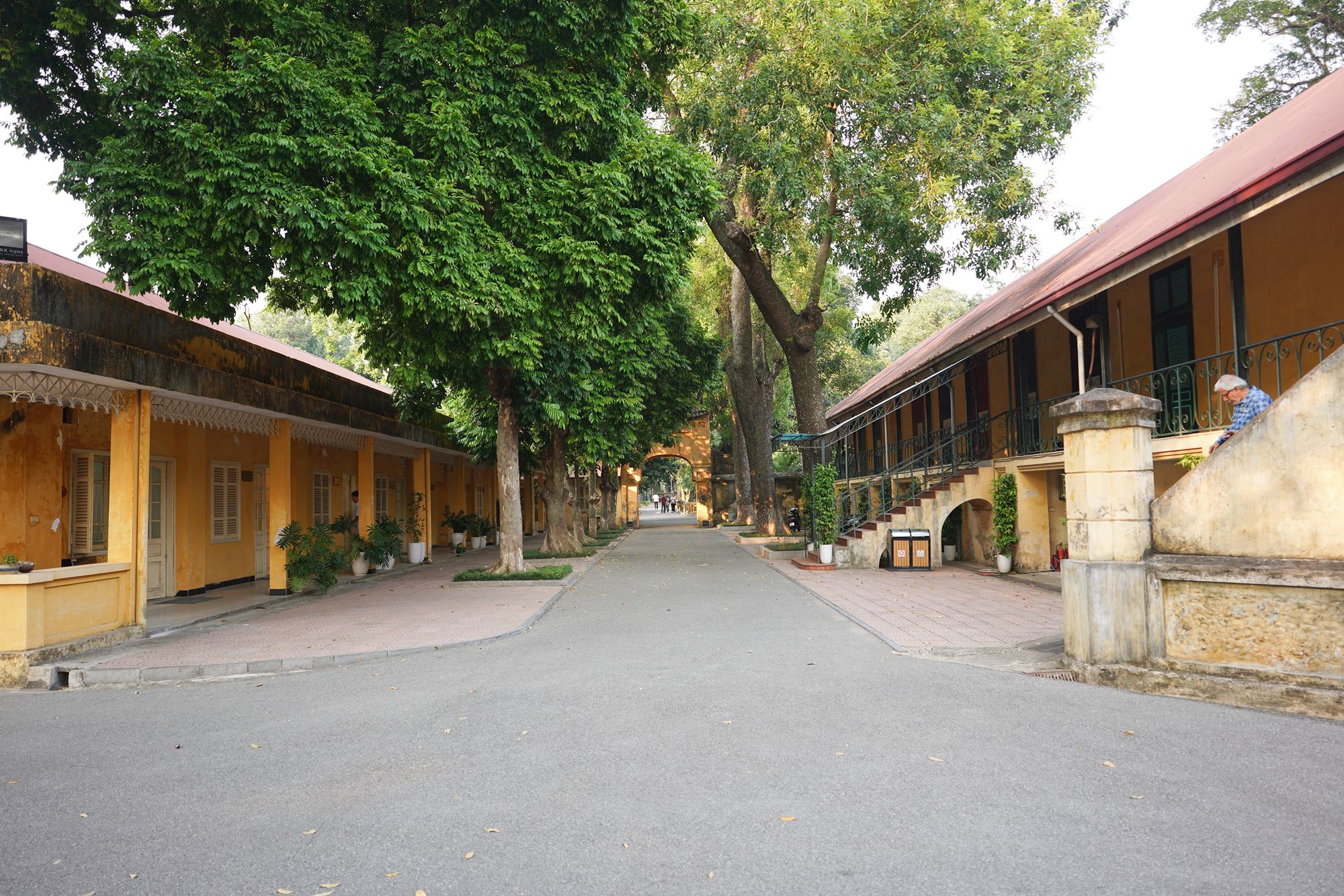
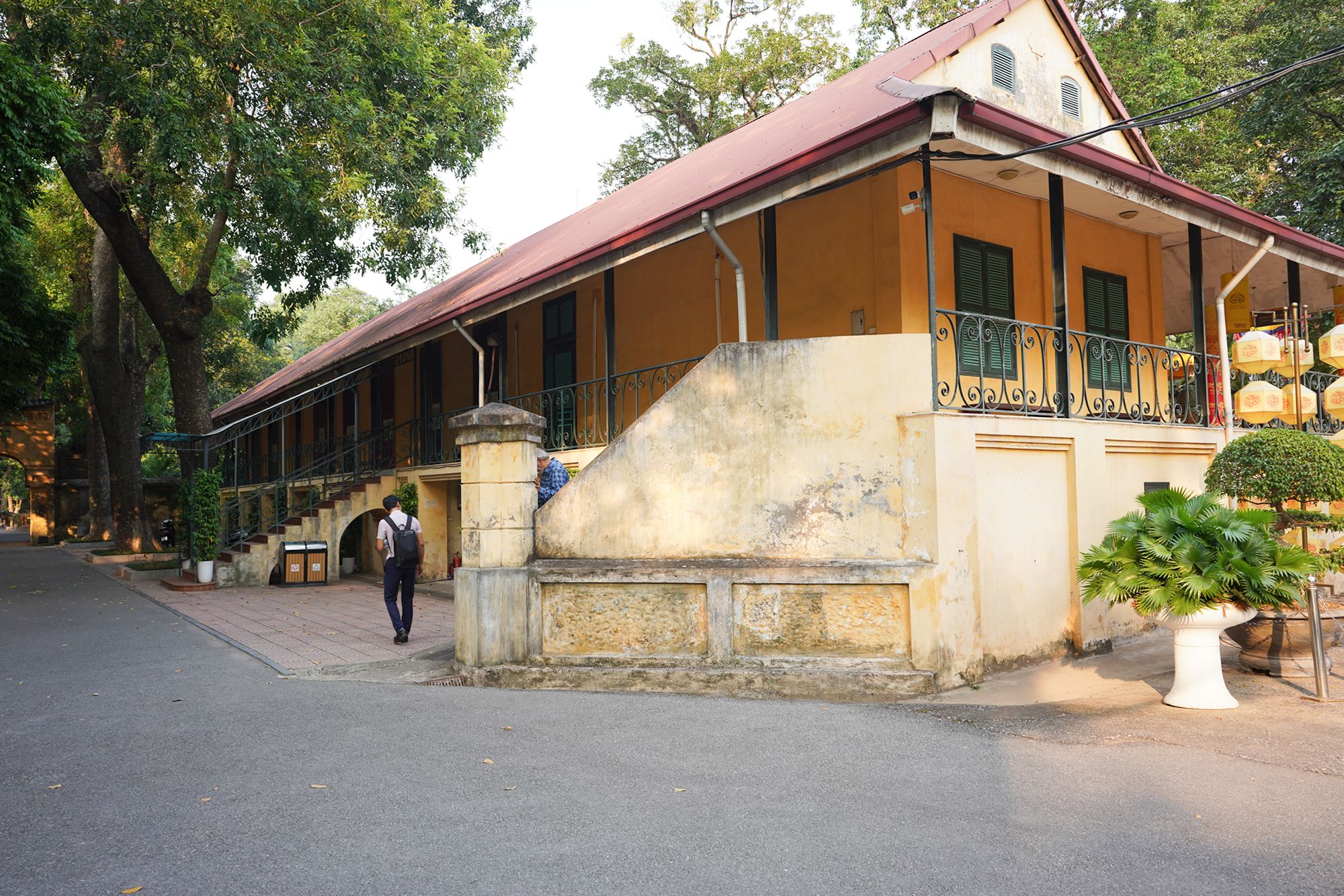
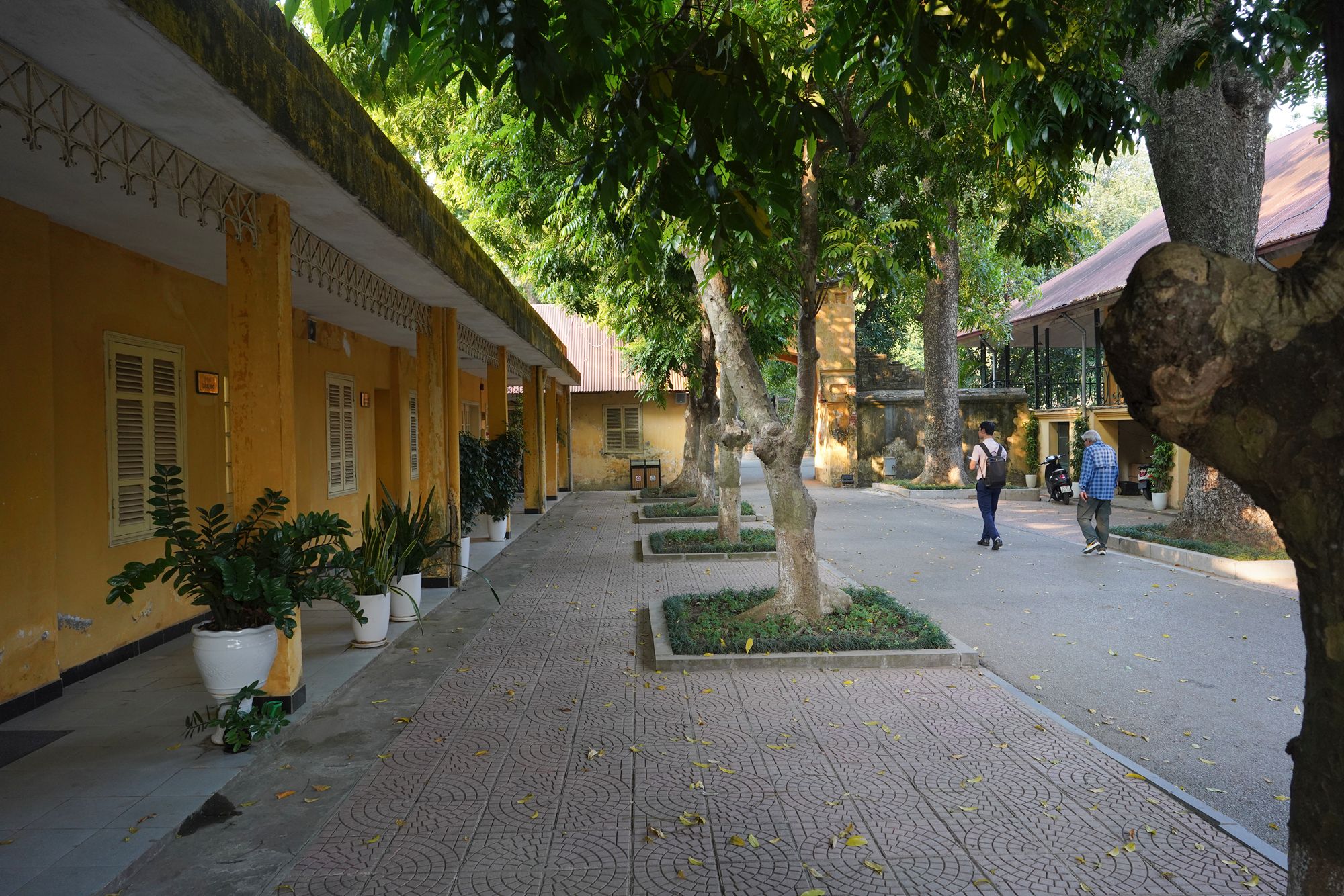
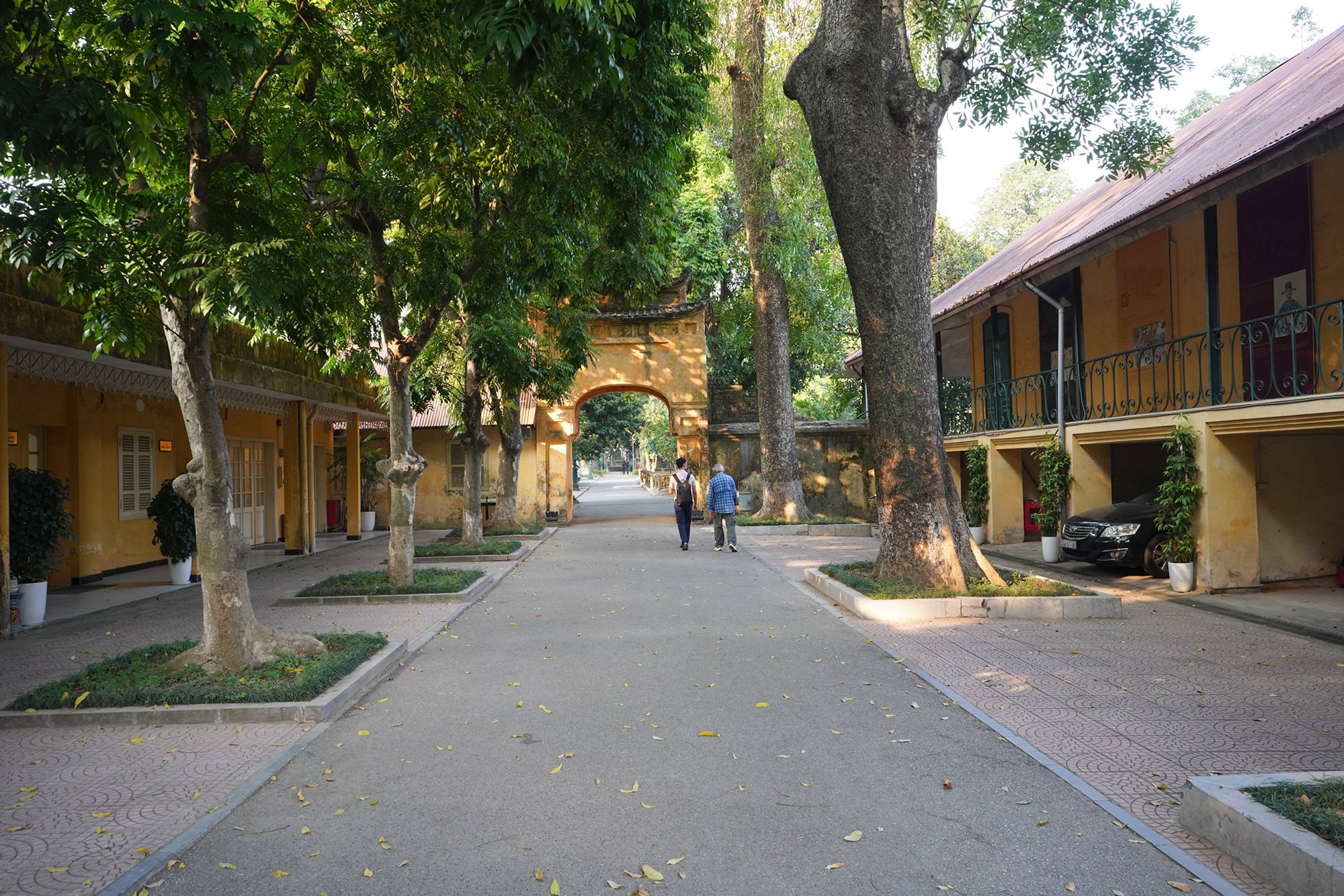
It seemed employees of the citadel occupied these buildings.
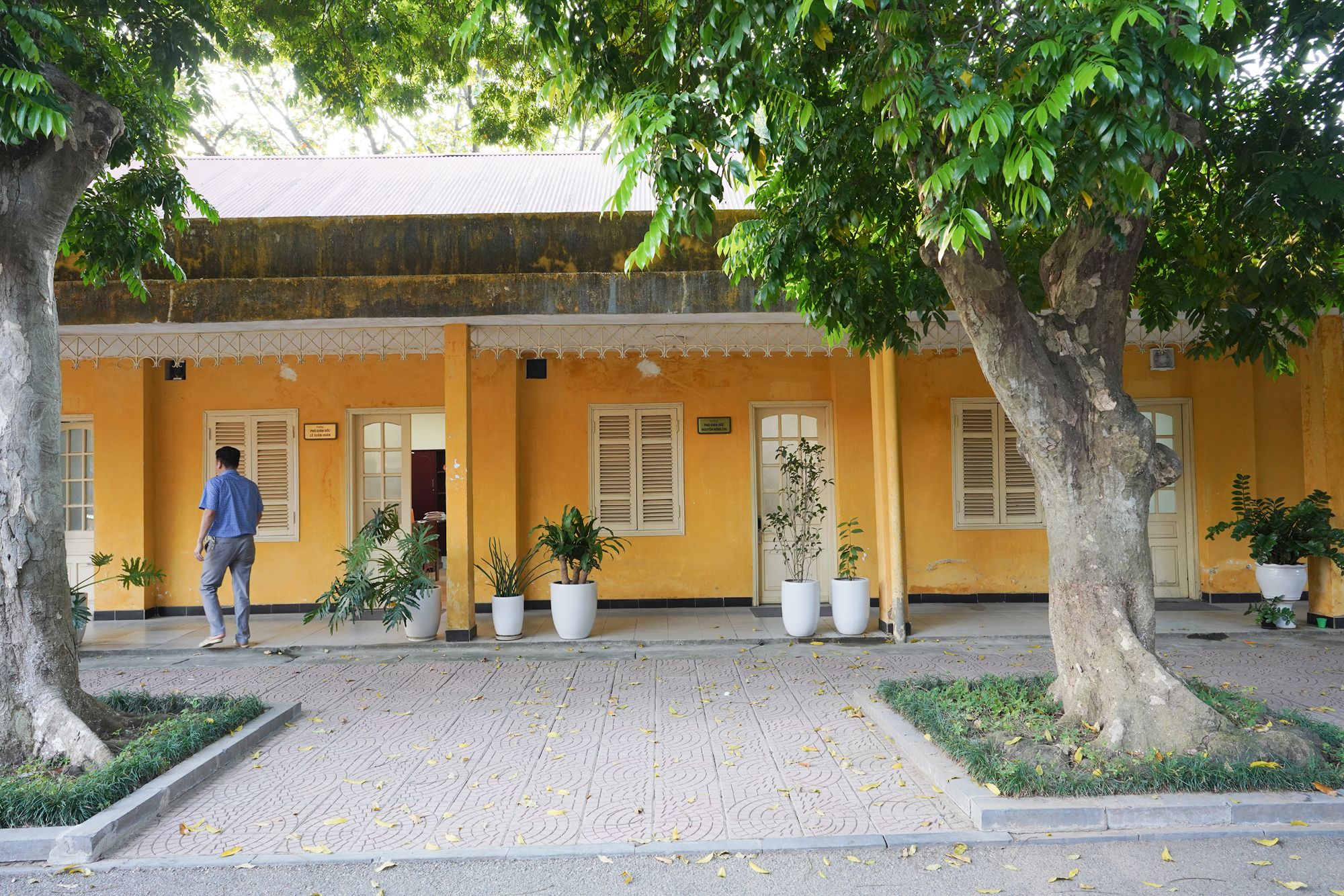
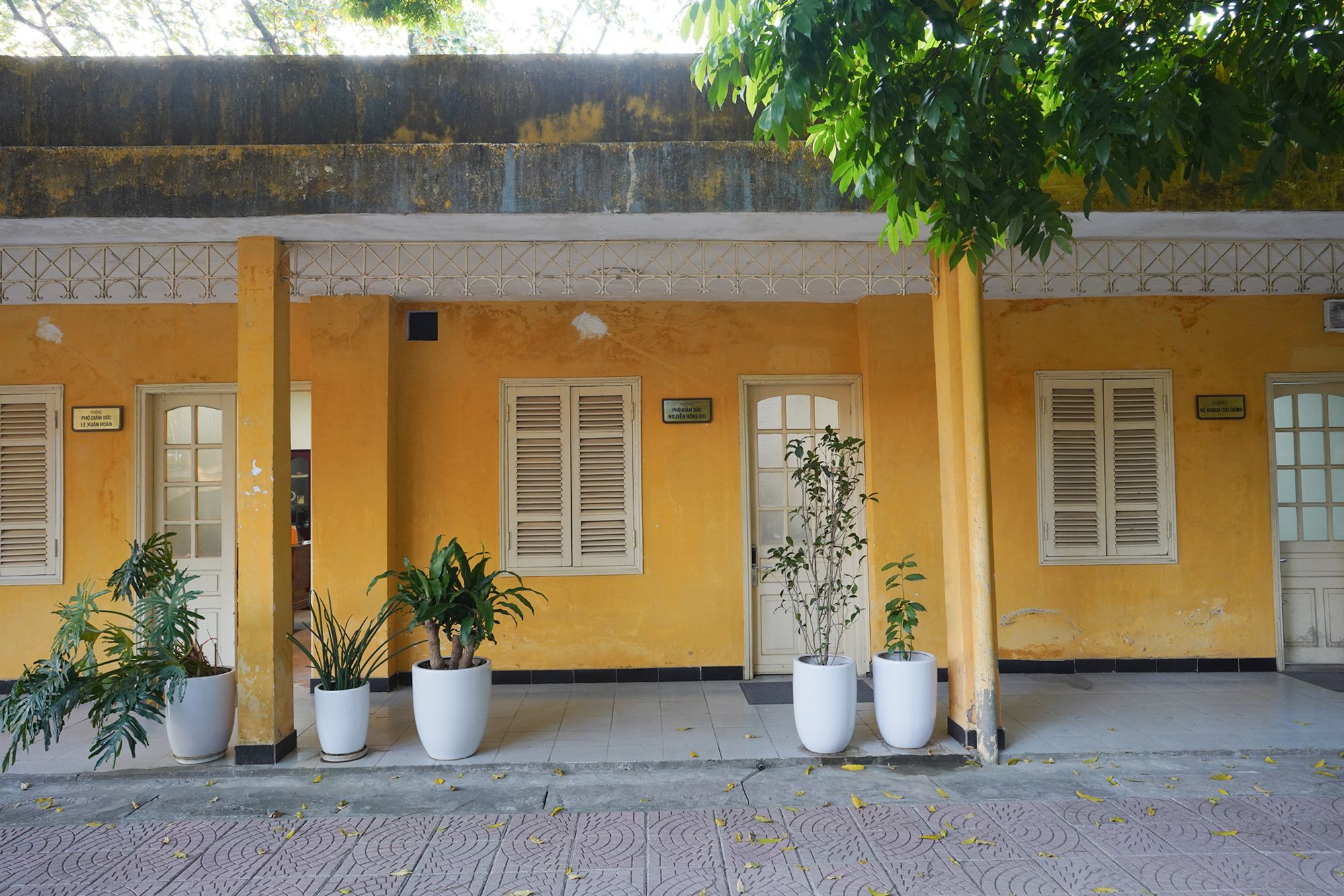
I turned back and retraced my steps to where I had started.
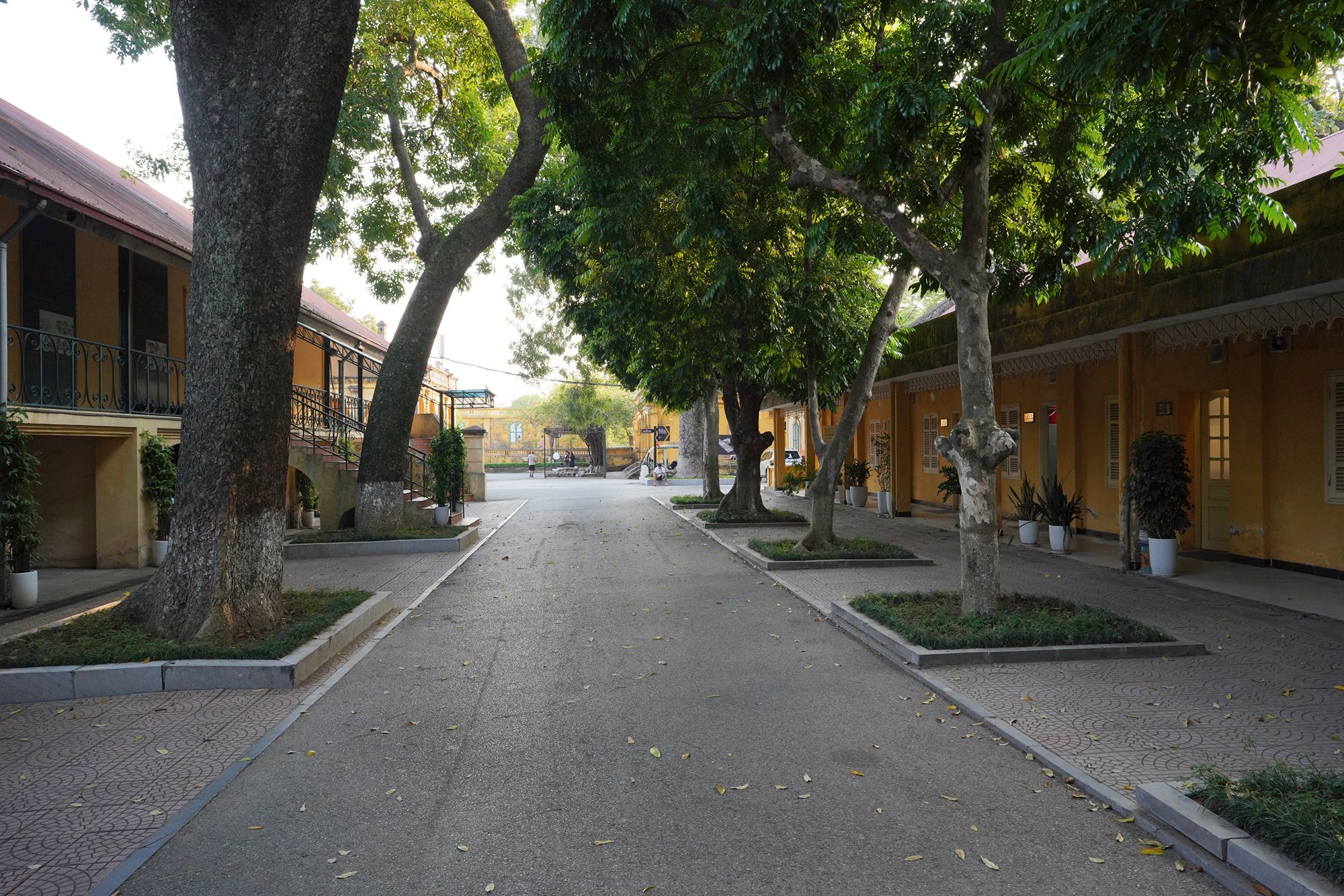
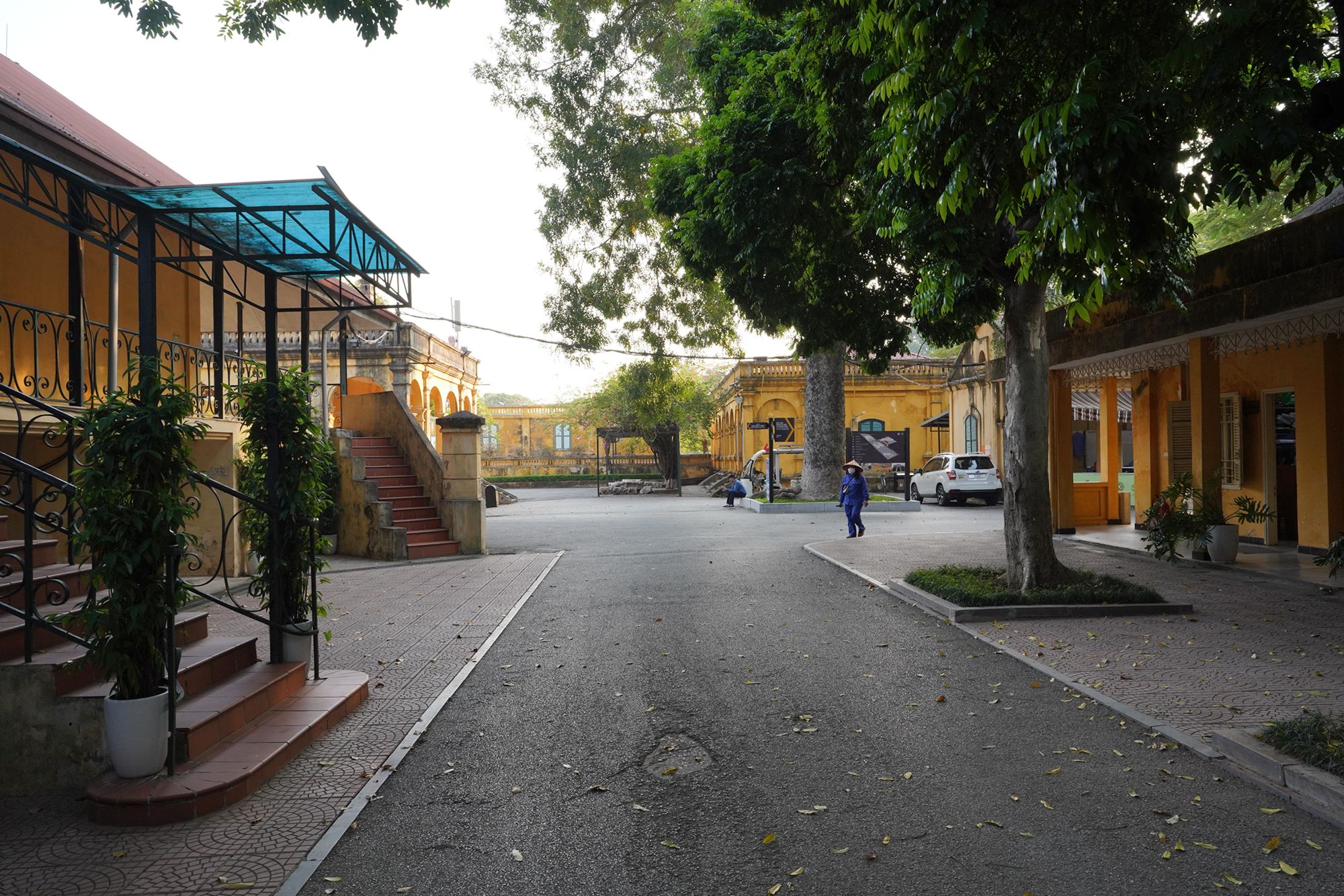
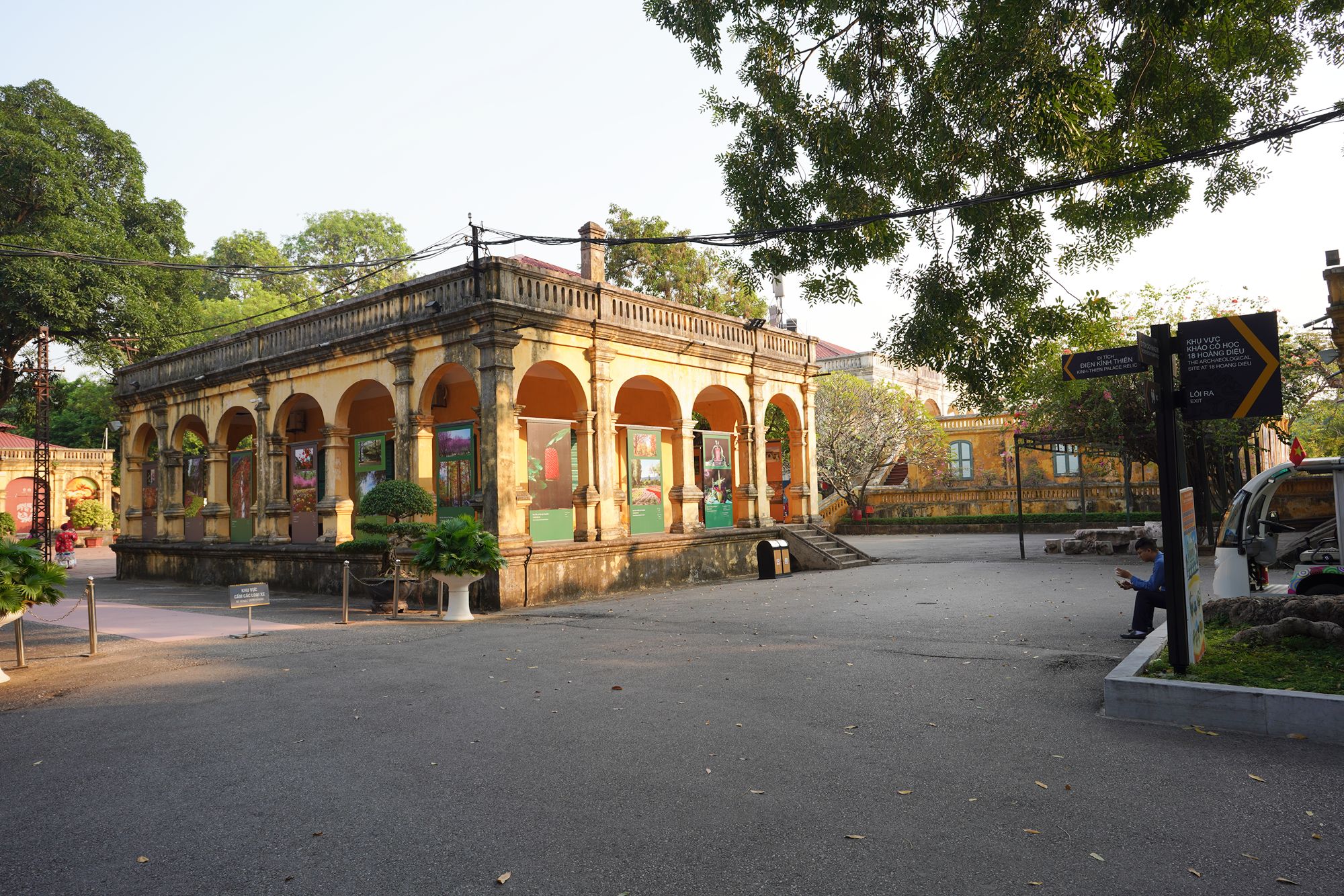
I glanced to my left.
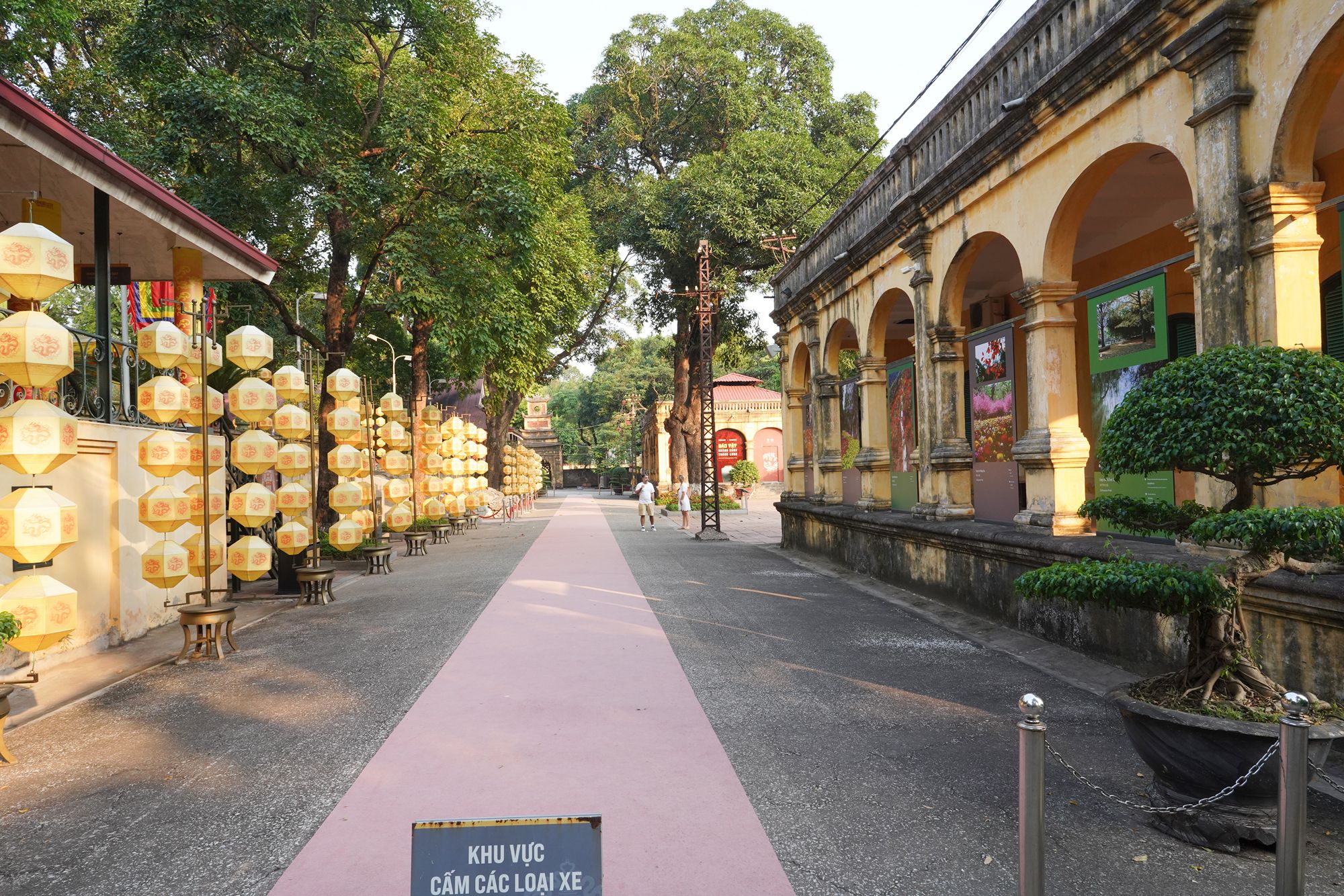
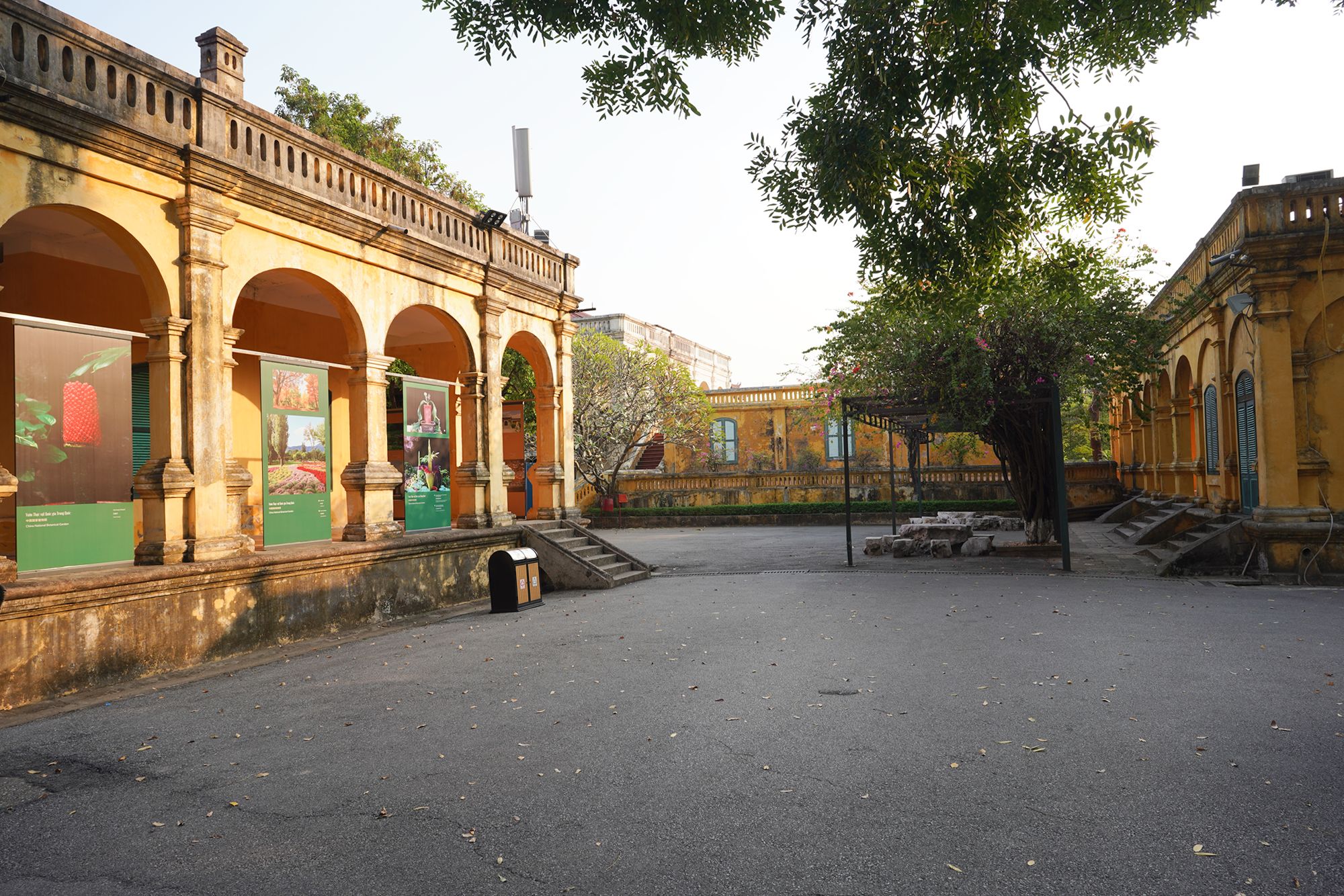
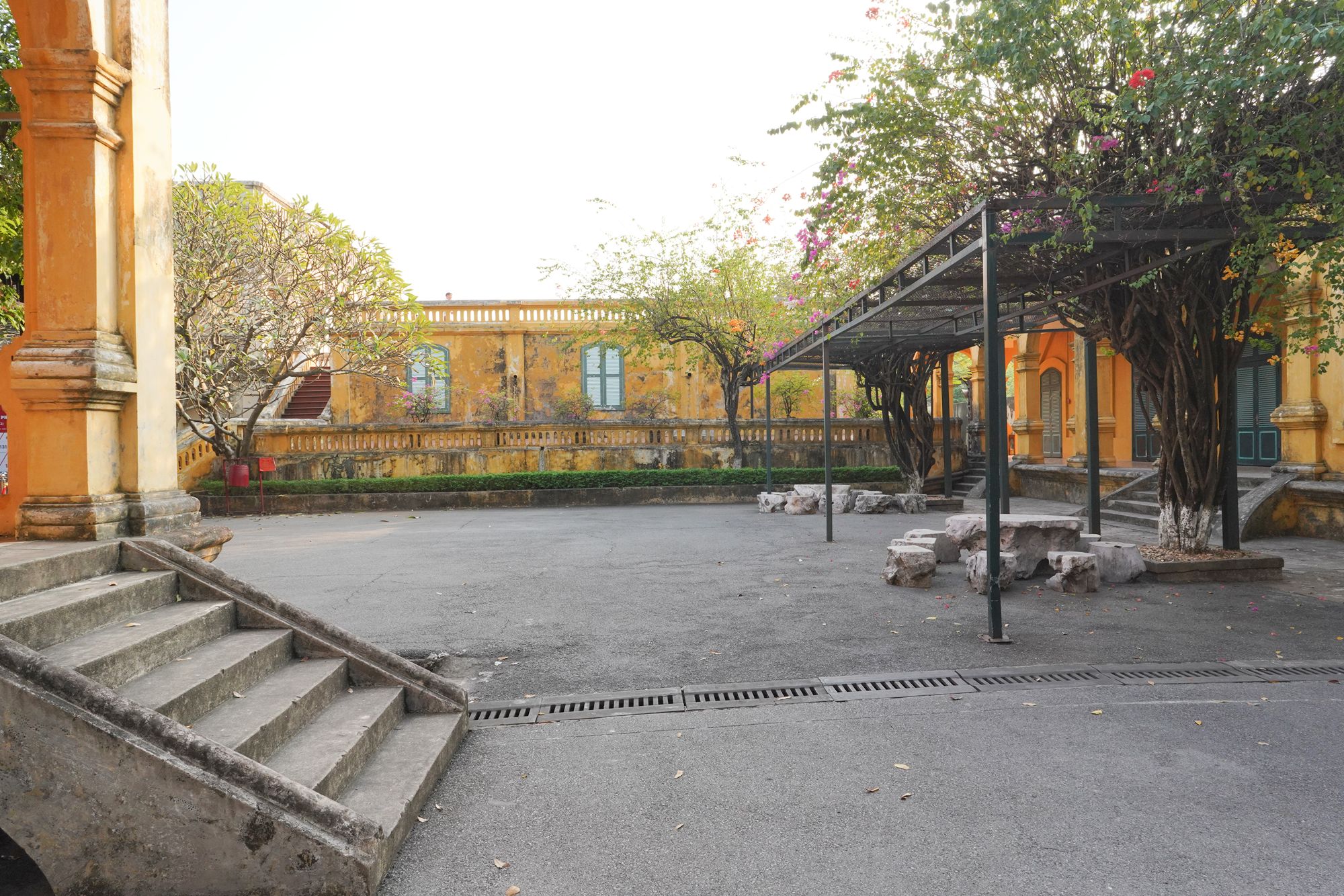
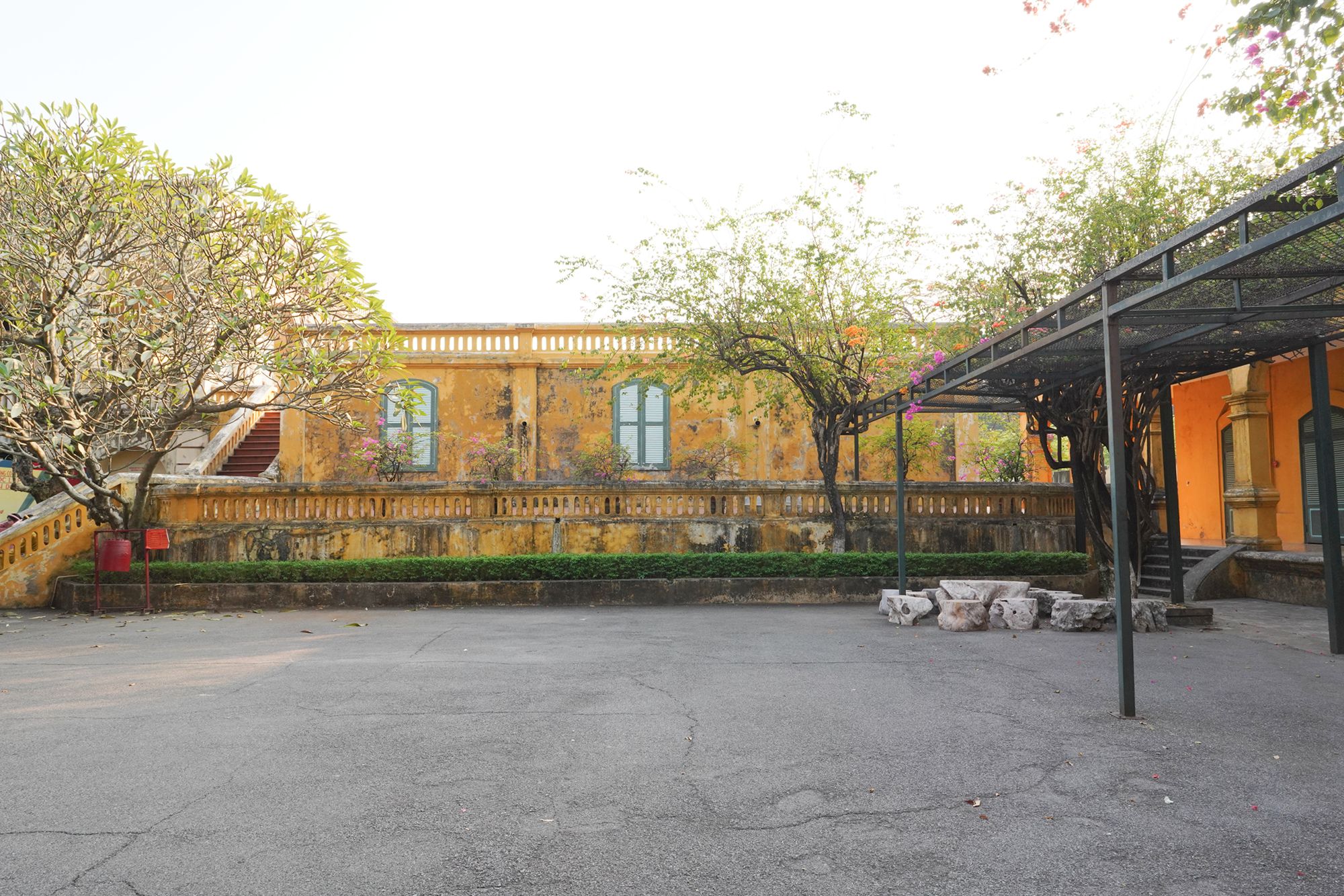
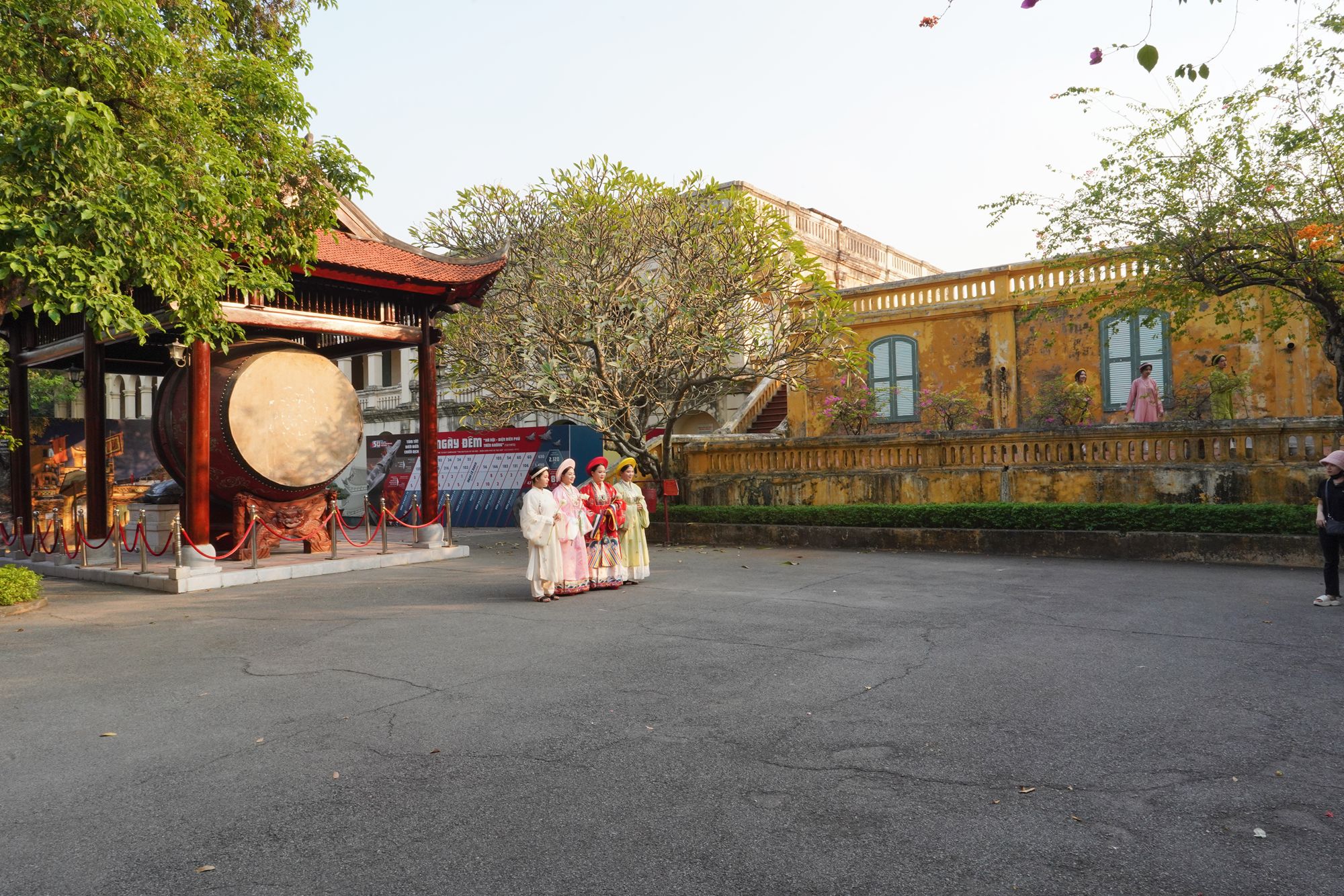
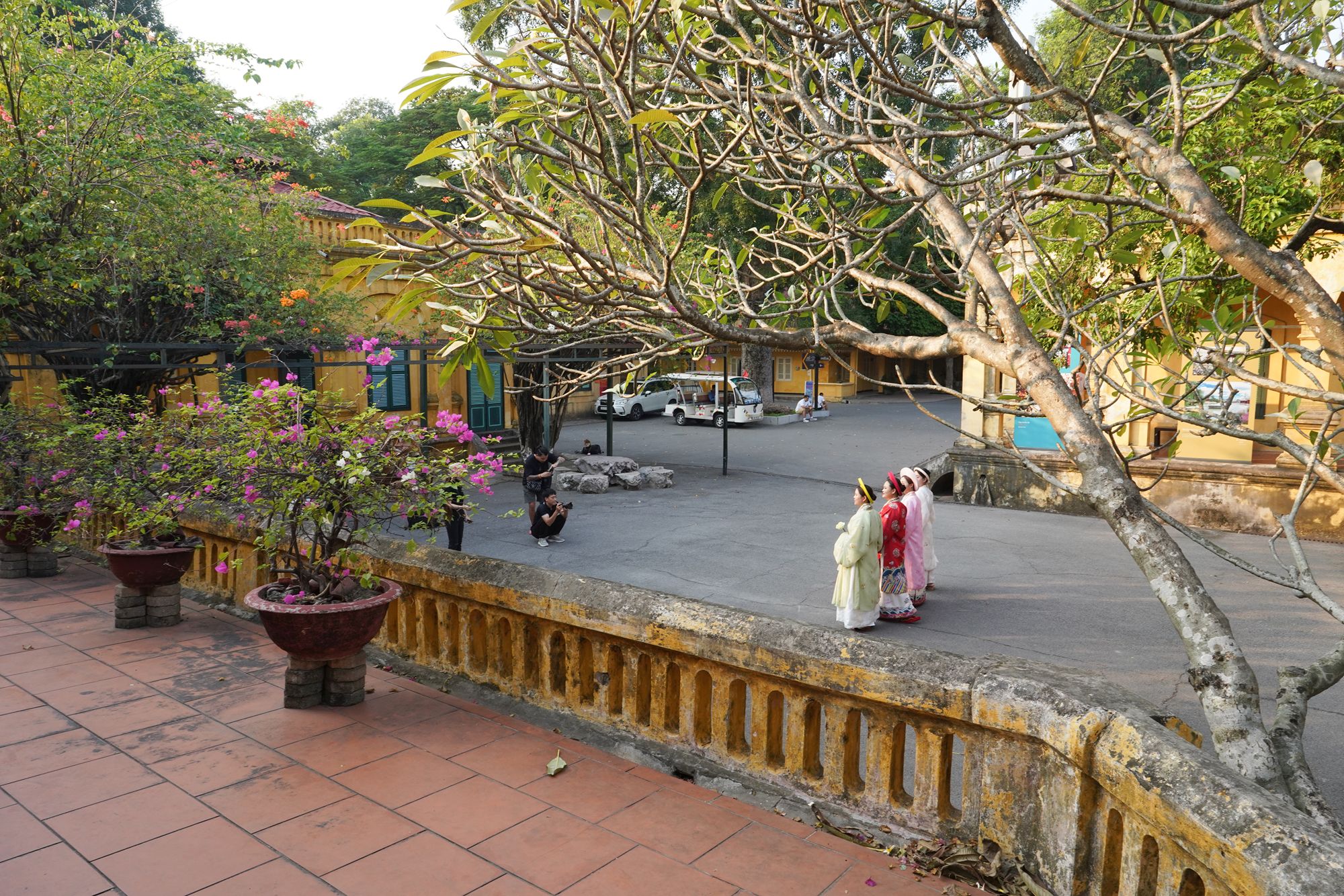
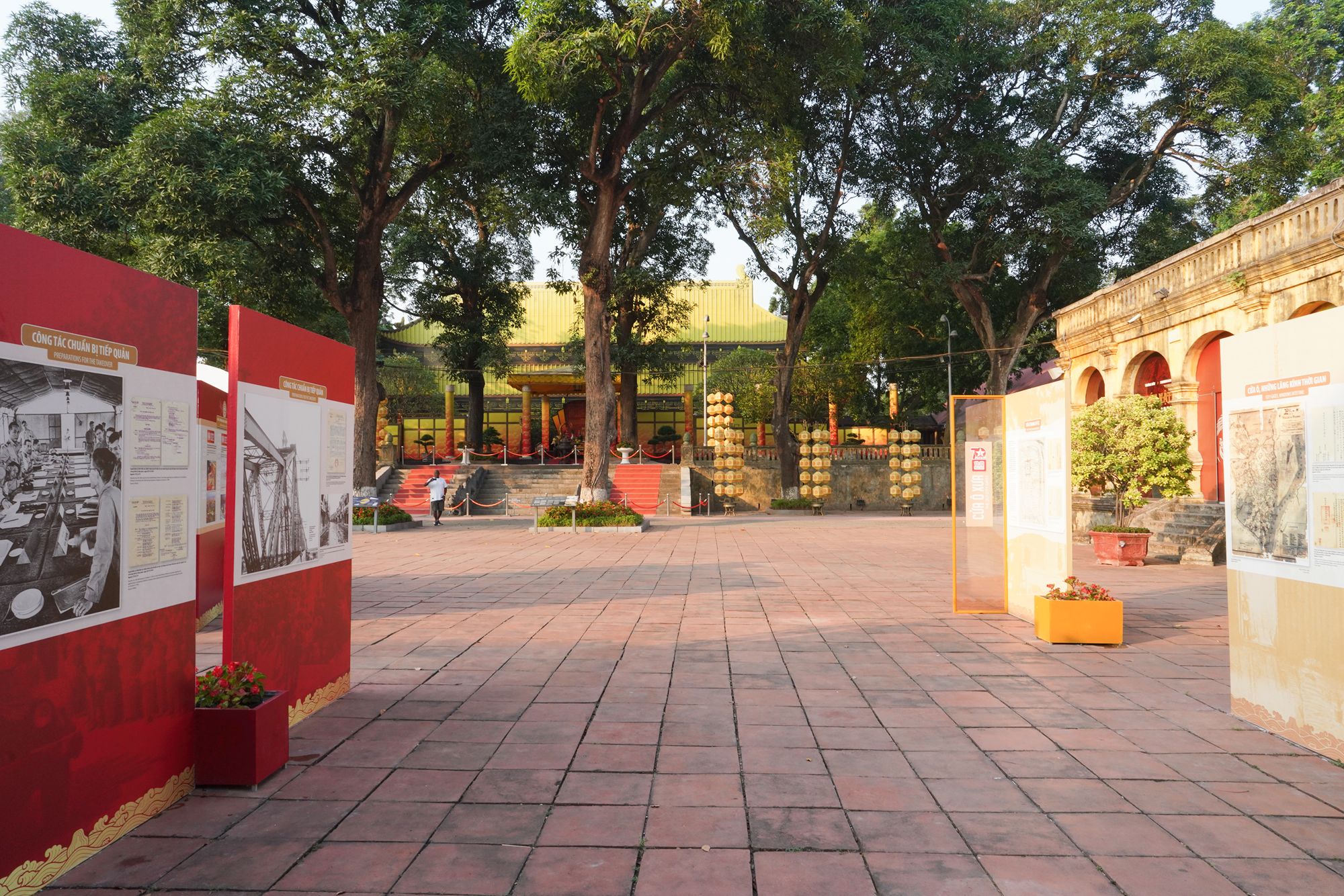
I returned to the royal residence area.
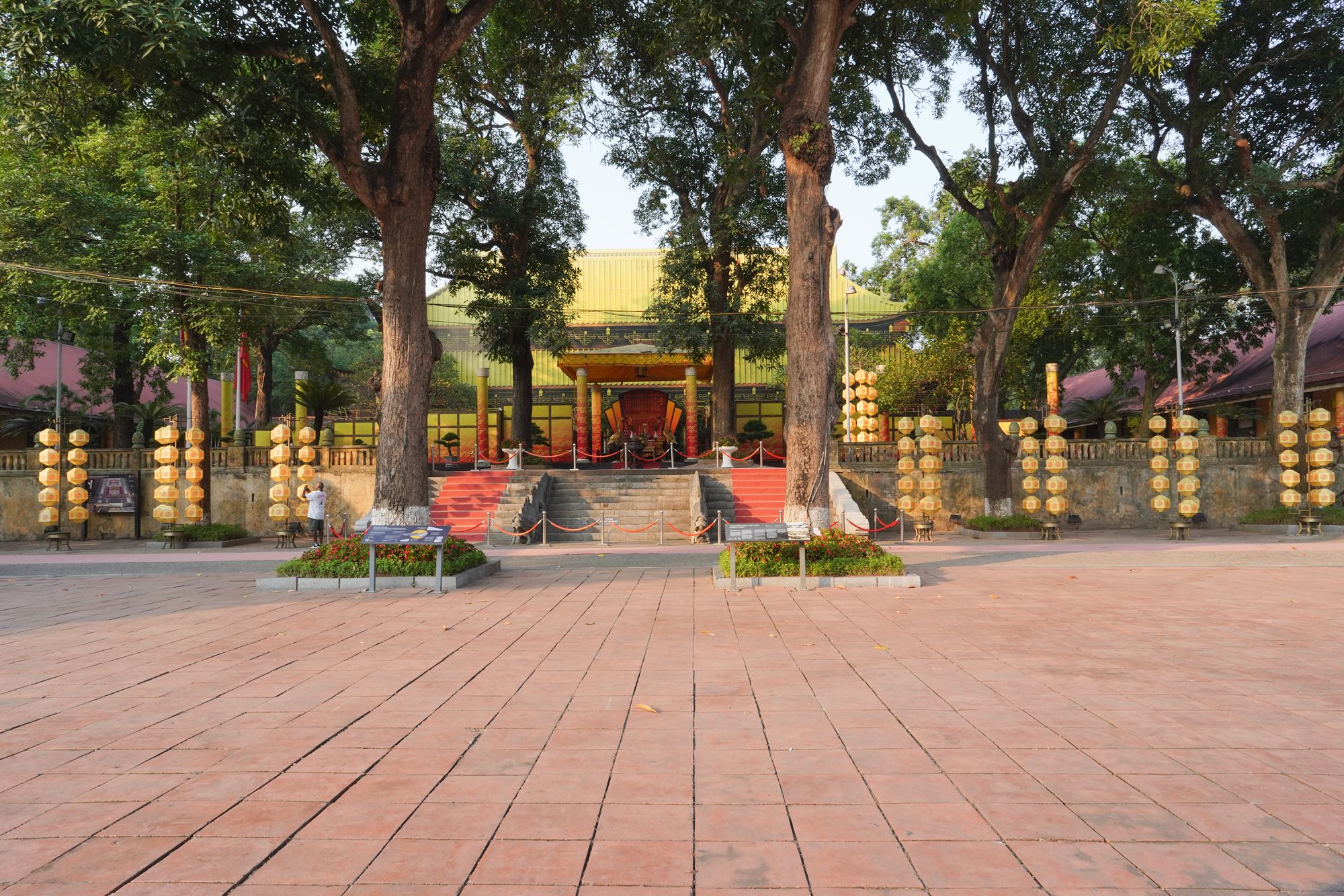
Leaving the palace.

